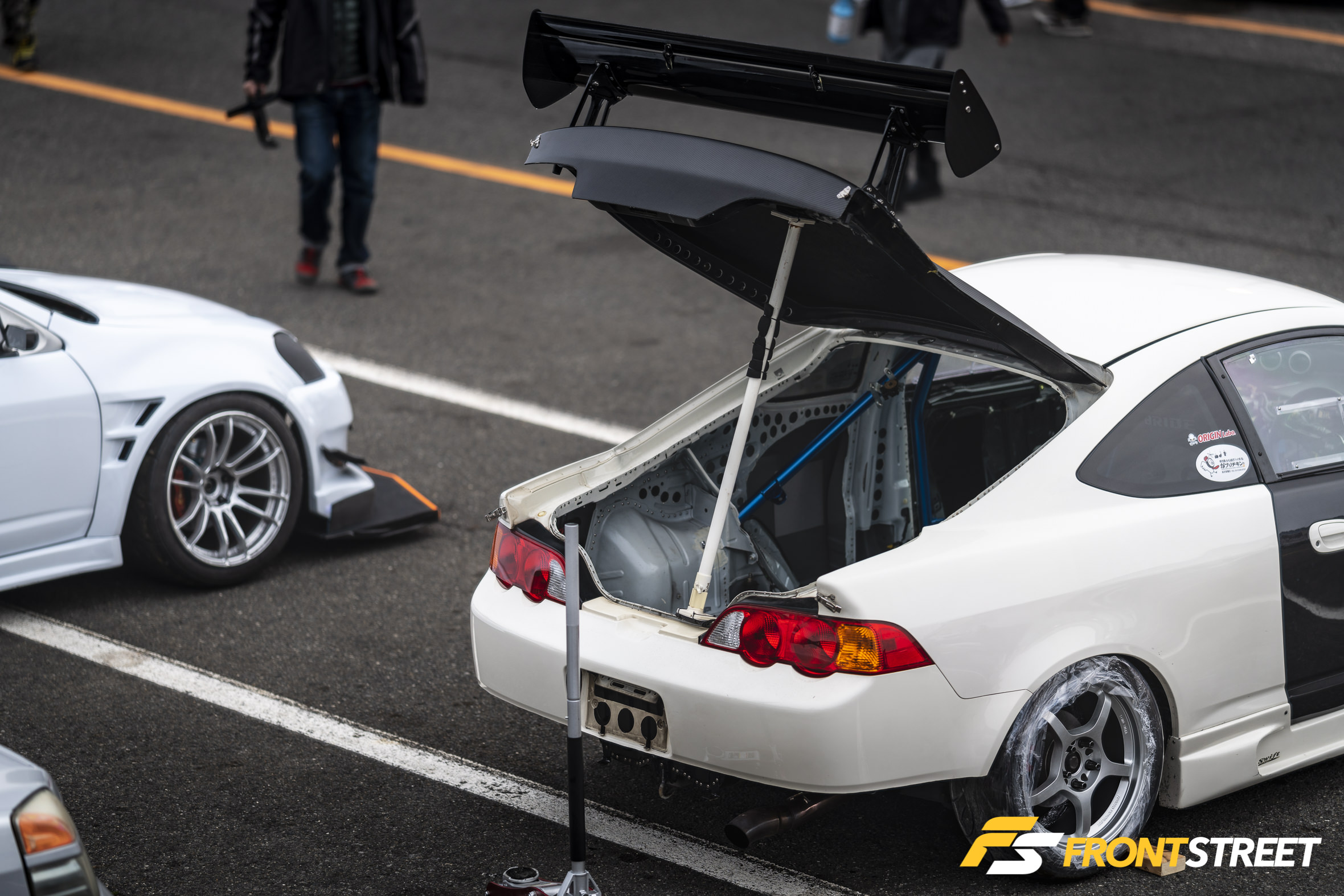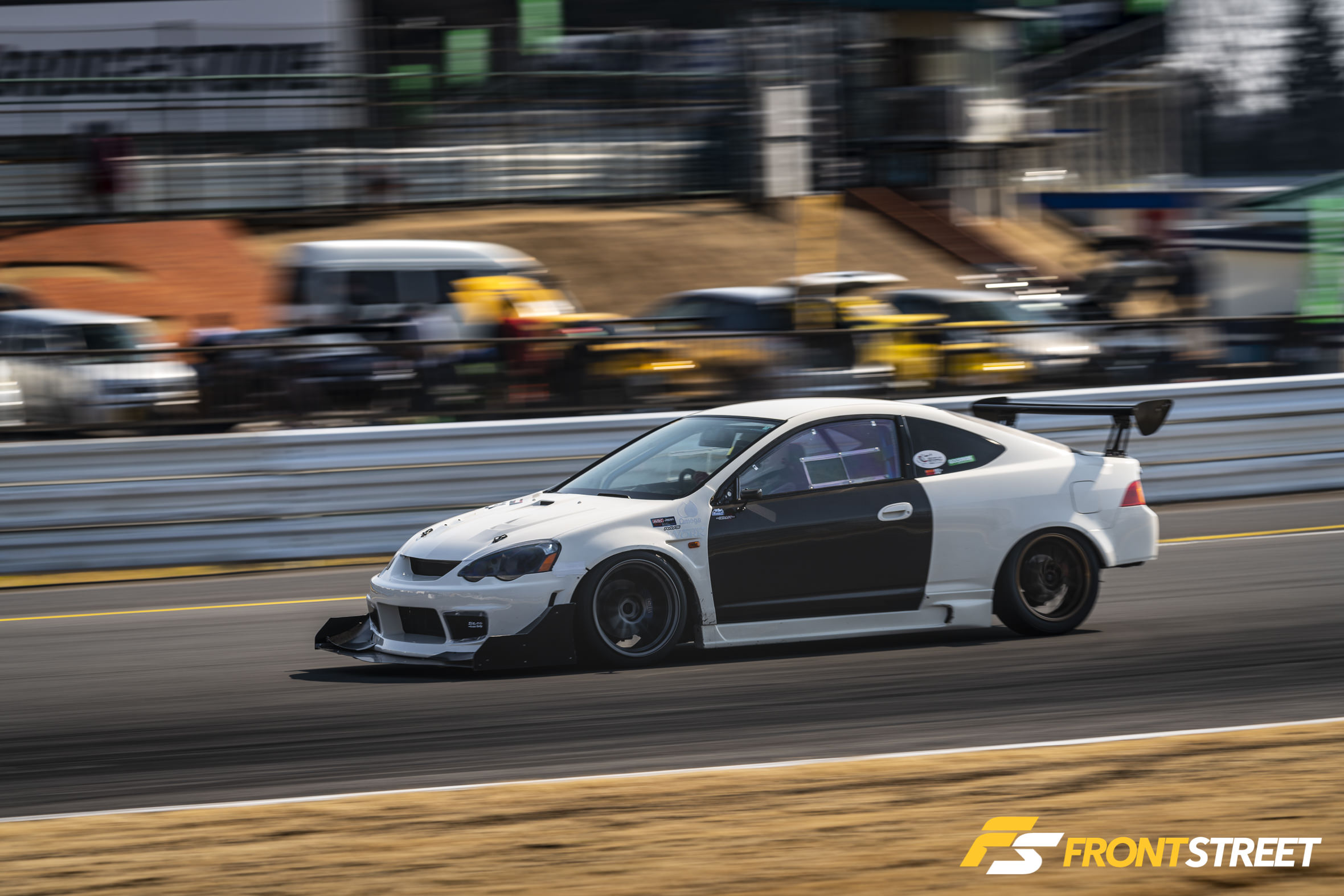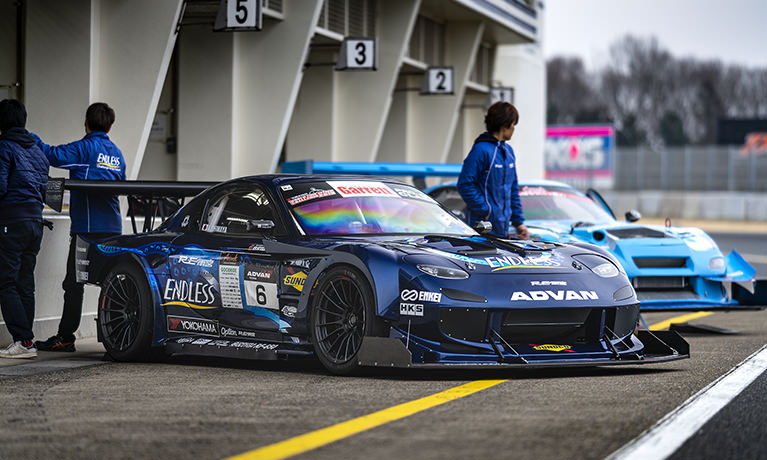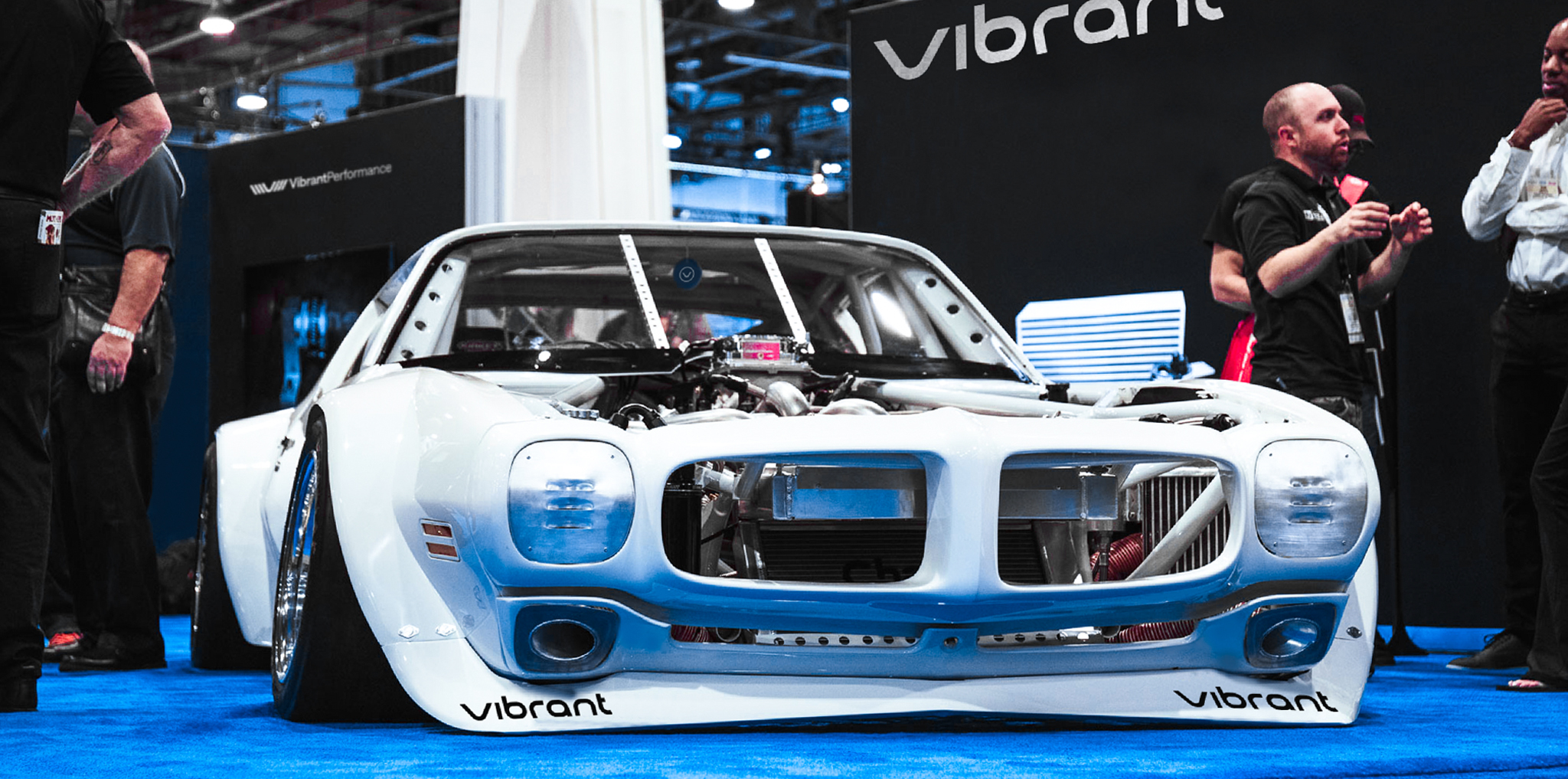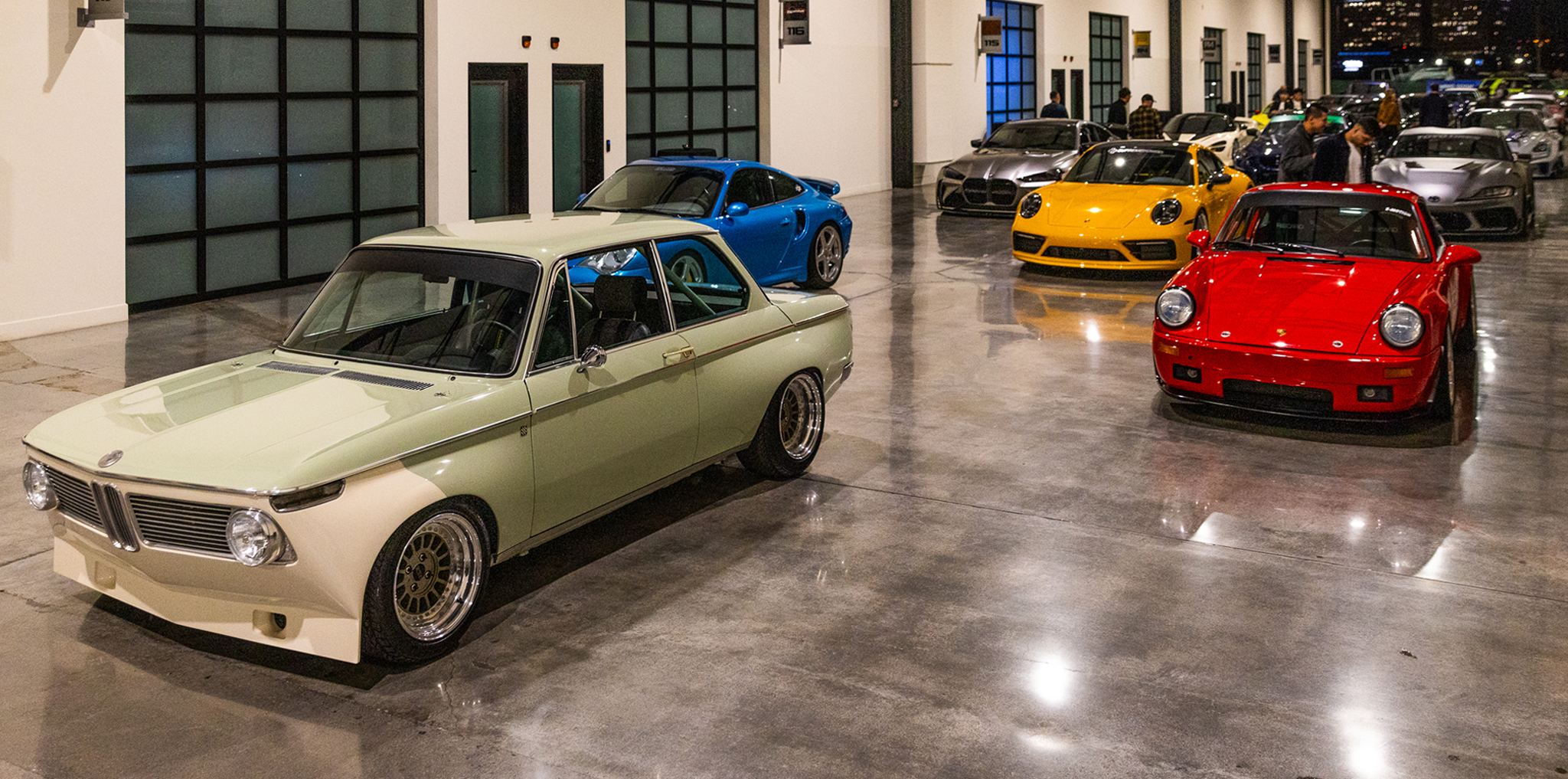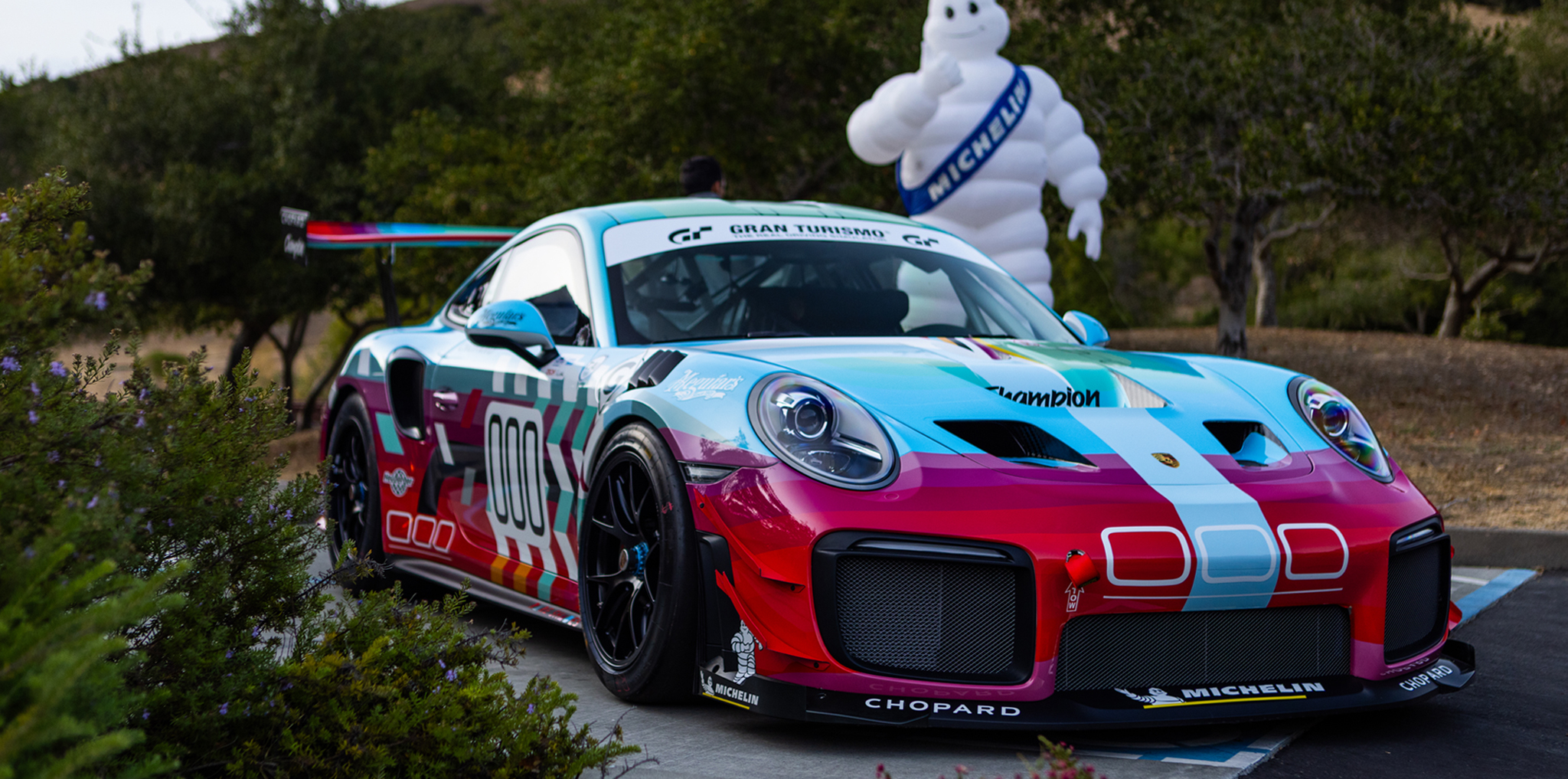Photography by Tokyonür Hiro Murata
I’ve been loosely obsessed with the motorsport of time attack for over a decade now. The nucleus of the sport’s influence and competition lies in the country of Japan, with the highest concentration of participation set solely on the homegrown Tsukuba Circuit located about an hour north of Tokyo proper.
Tsukuba Circuit is a quaint 1.271-mile long, twelve-turn racetrack in the Ibaraki Prefecture of Japan. It was originally constructed in 1966 to attract younger people to motorsports. In the time since, the course has garnered near-godlike stardom the world over as the home of time attack. It is the one mainstay which can be counted on to remain pure, as the sport branches out into different racetracks and other countries.
This past Attack Tsukuba event was incredibly popular, and witnessed everything from plummeting lap records to new overseas competitors (see our article about William Au-Yeung’s journey in Japan). We had Japan’s Tokyonür Hiro Murata on location to take excellent images of the whole thing.
Why Tsukuba Circuit?
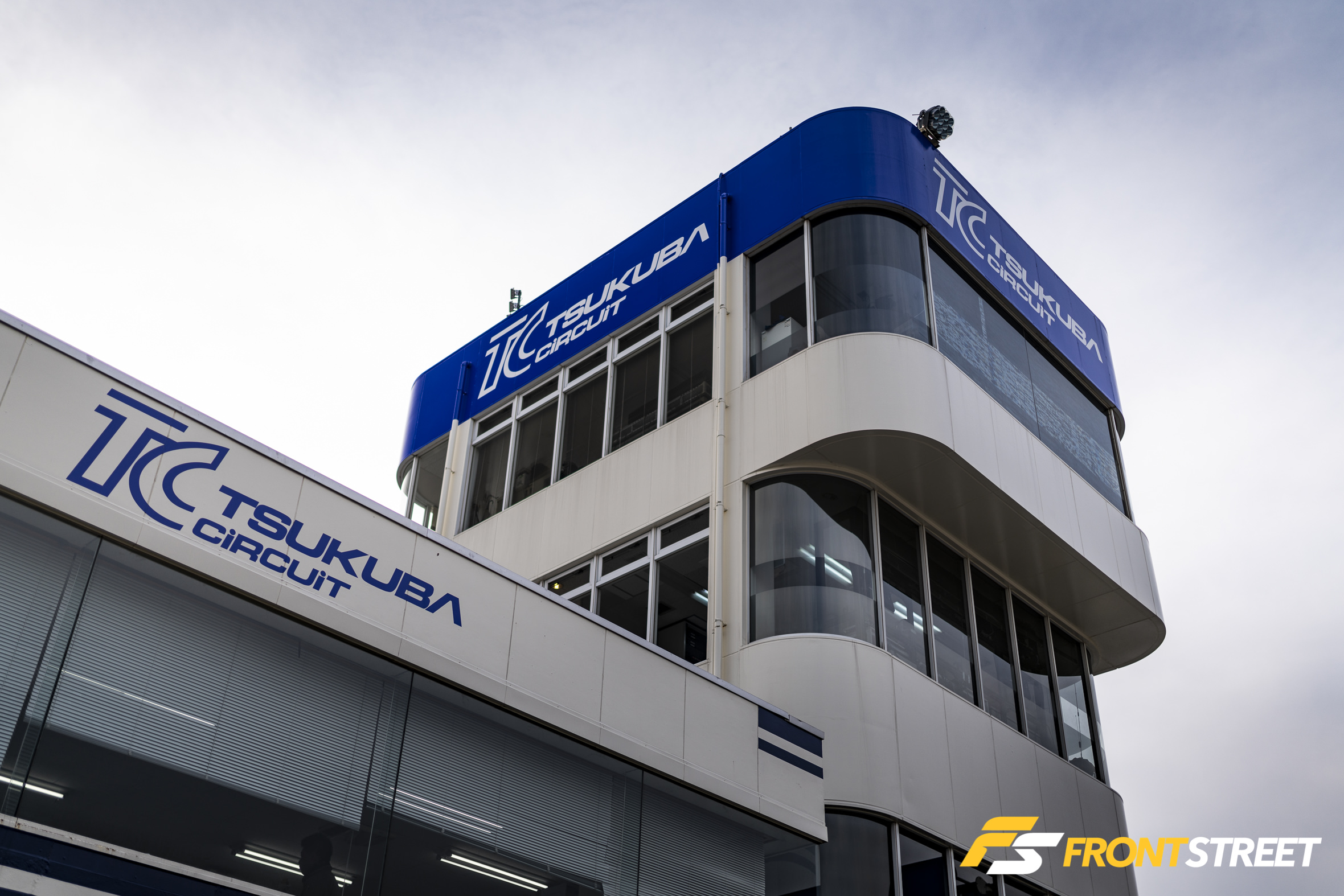
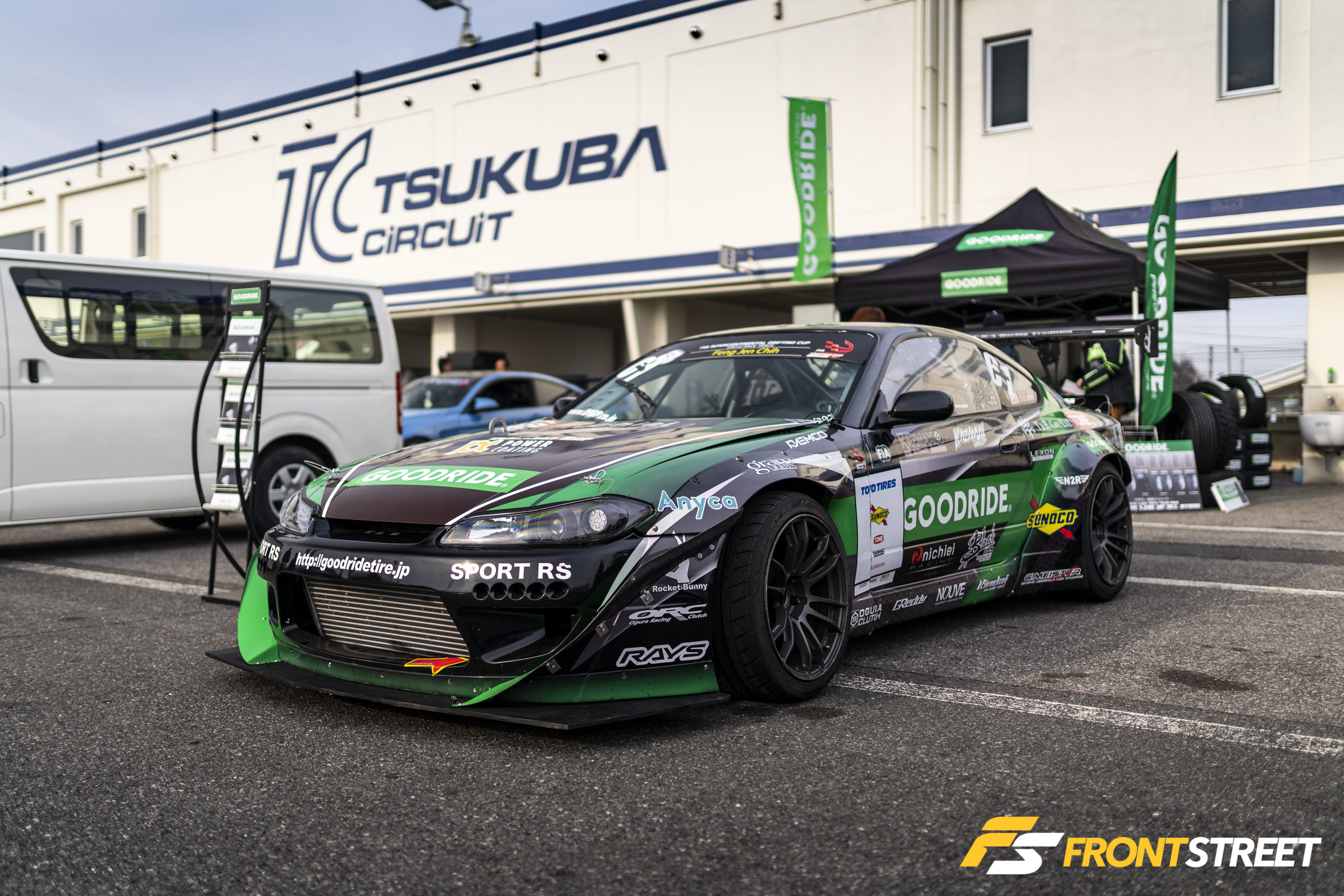

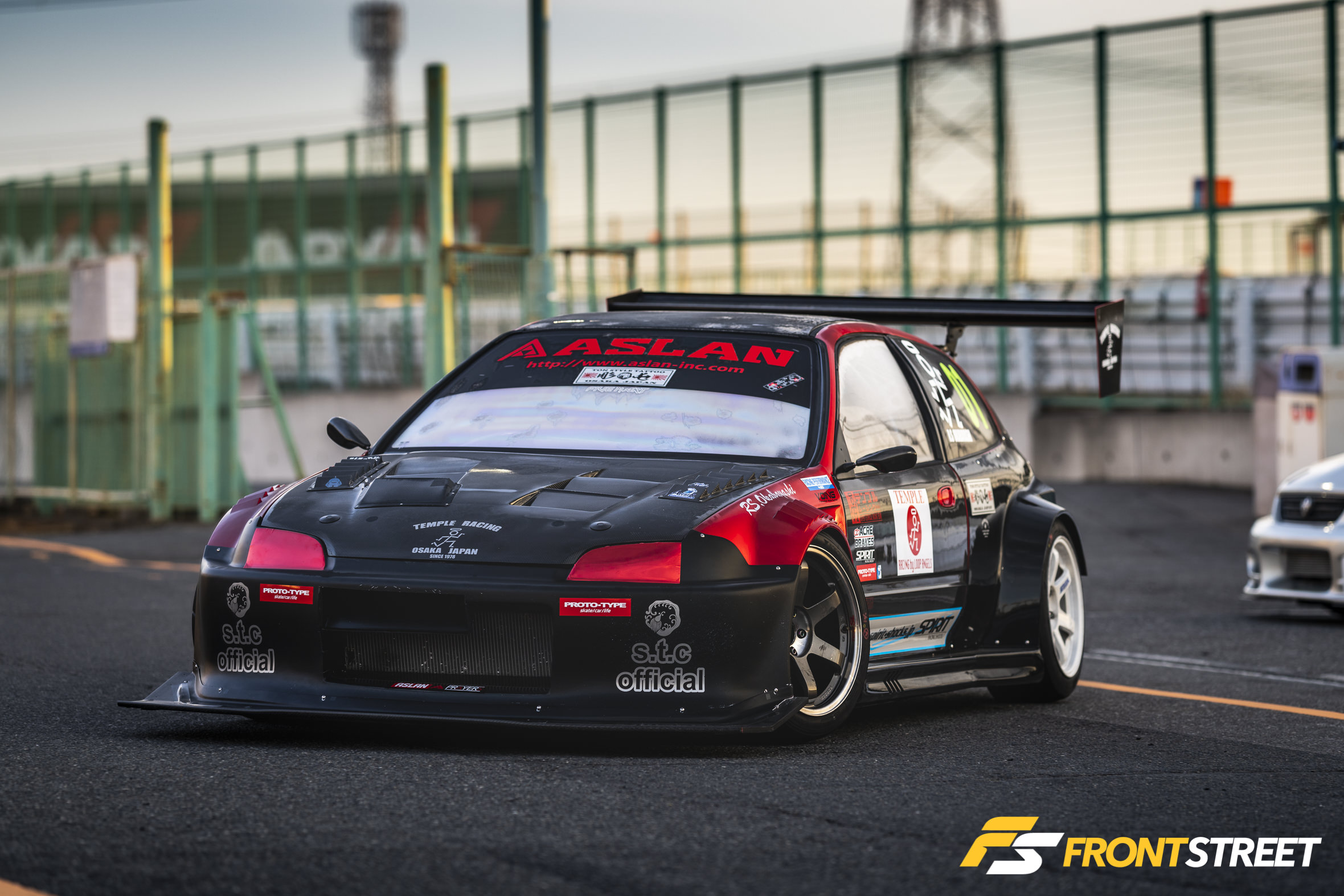
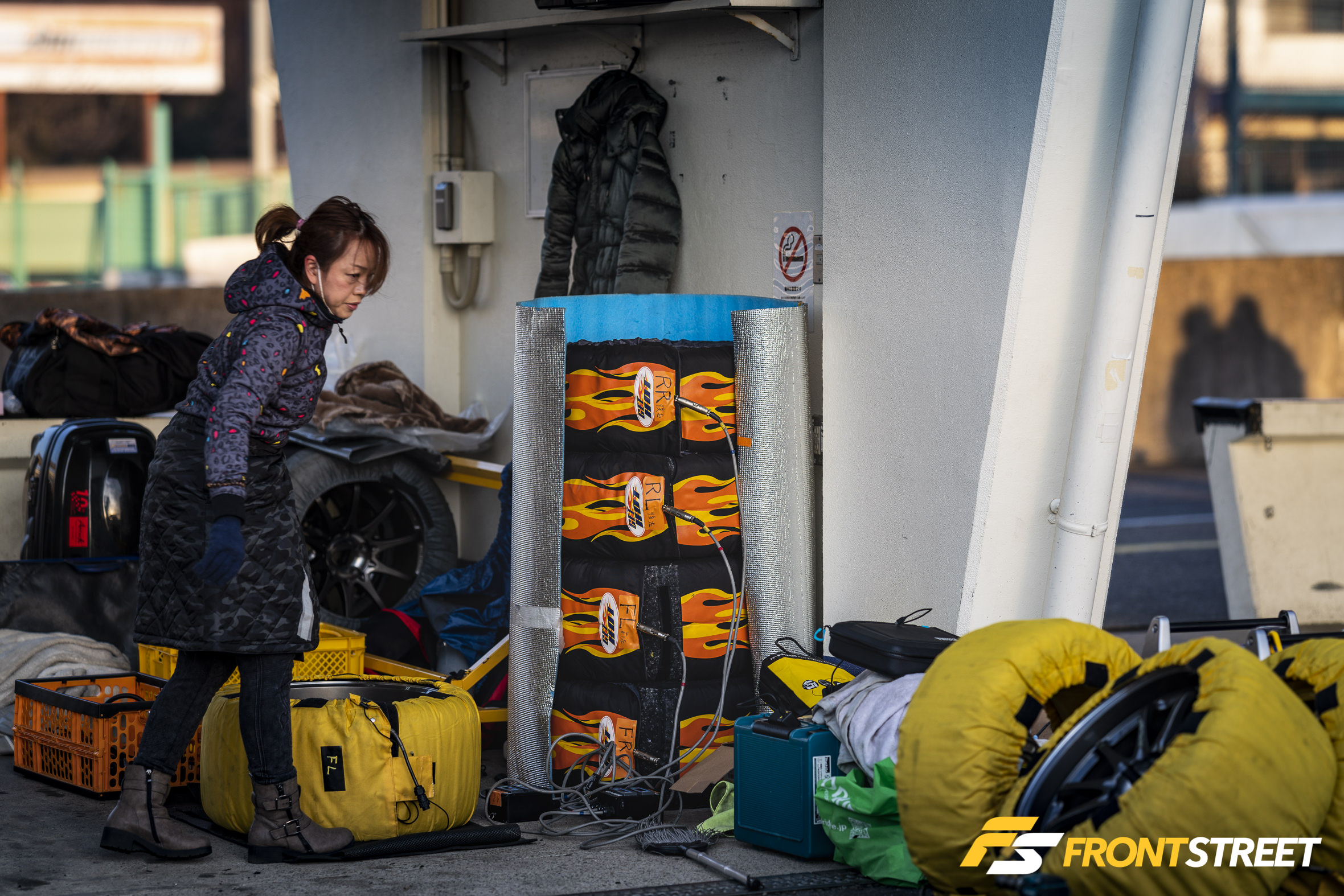
Thanks to wildly popular Japanese tuning magazines like Option and its coverage of the sport early on, Tsukuba’s TC2000 layout gained steam as a destination for domestic Japanese time trial events.
Fast forward to the beginnings of our technological age, when the Best Motoring video series and games like Gran Turismo featured the track, which pushed the homely course into the limelight across the globe.
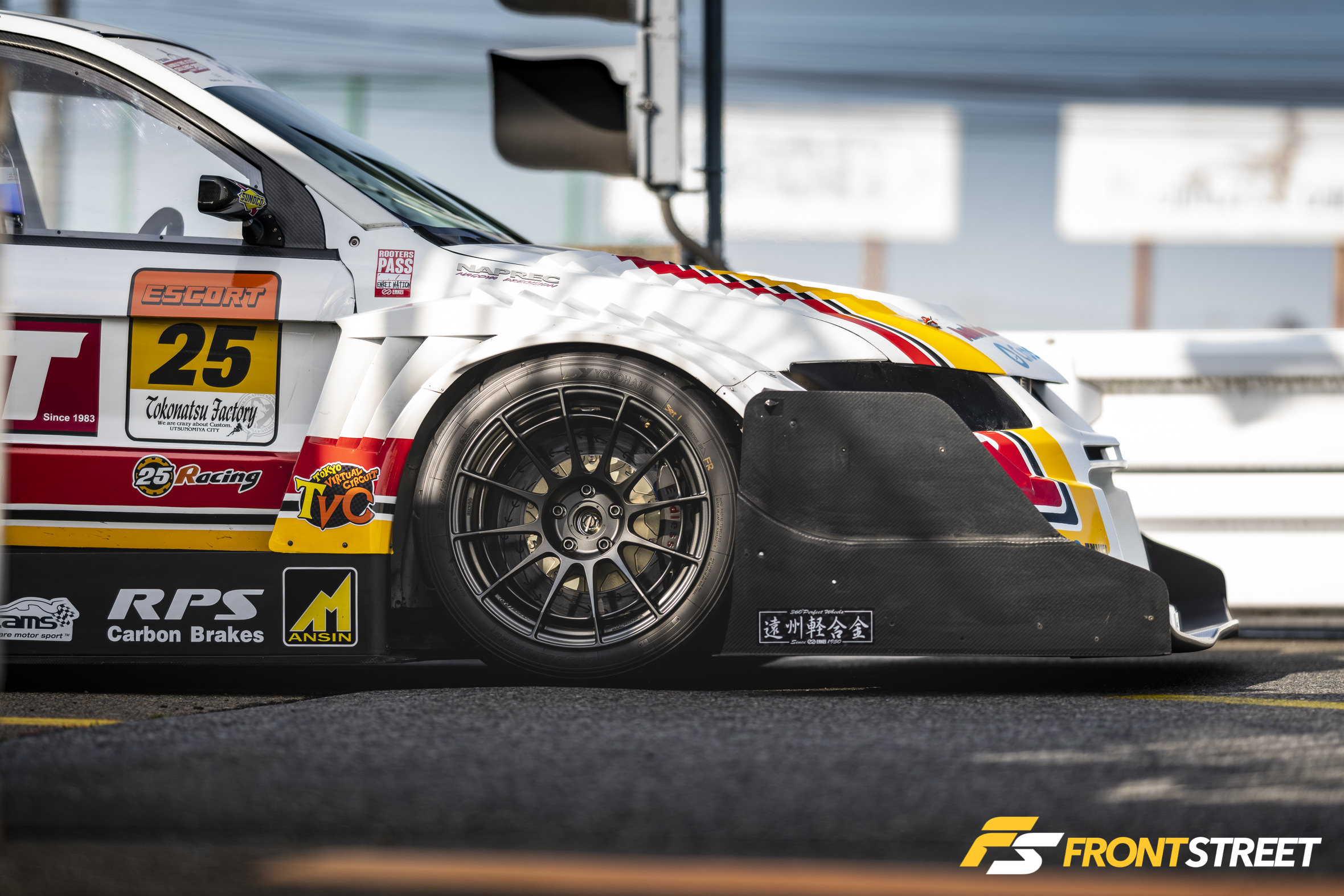
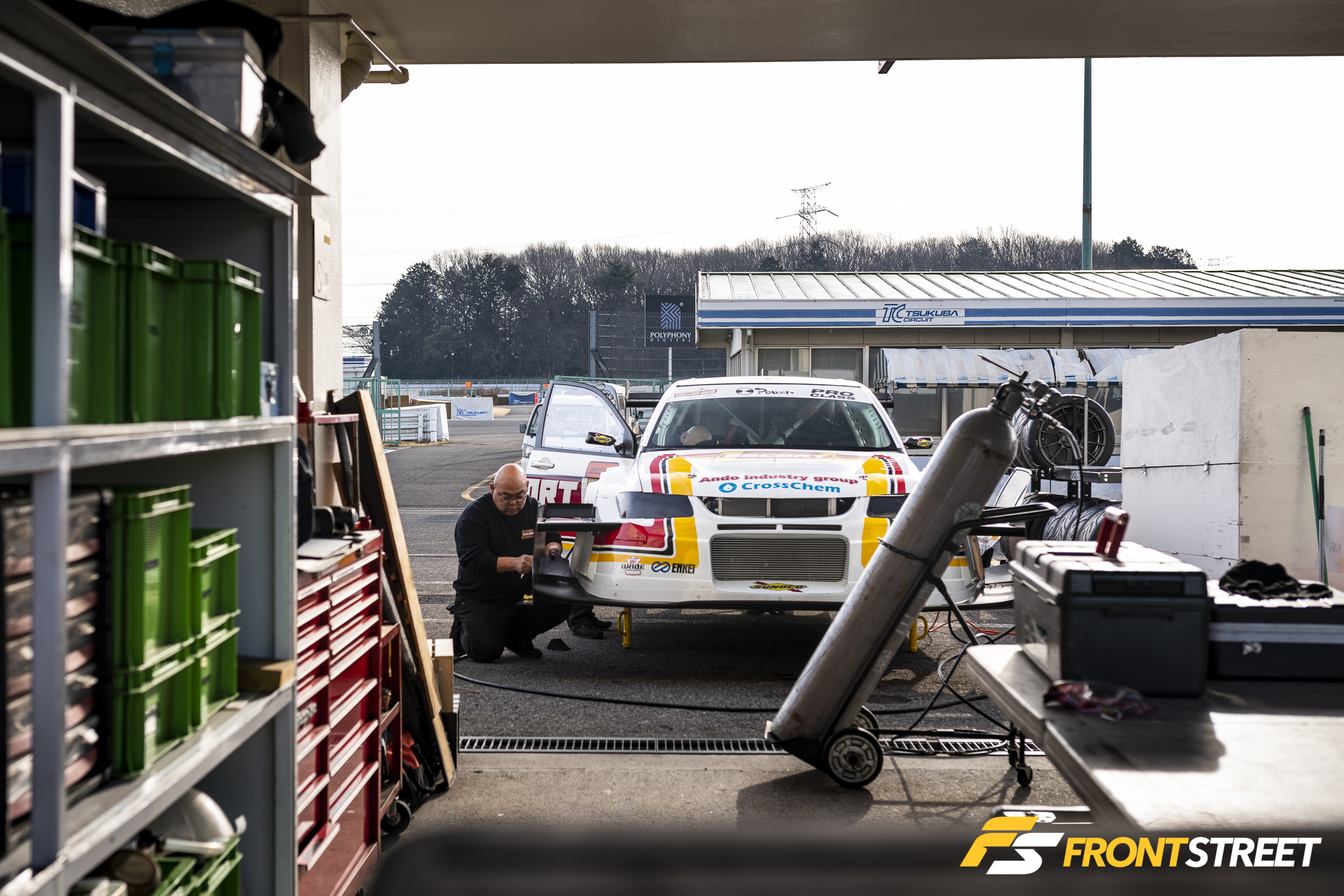
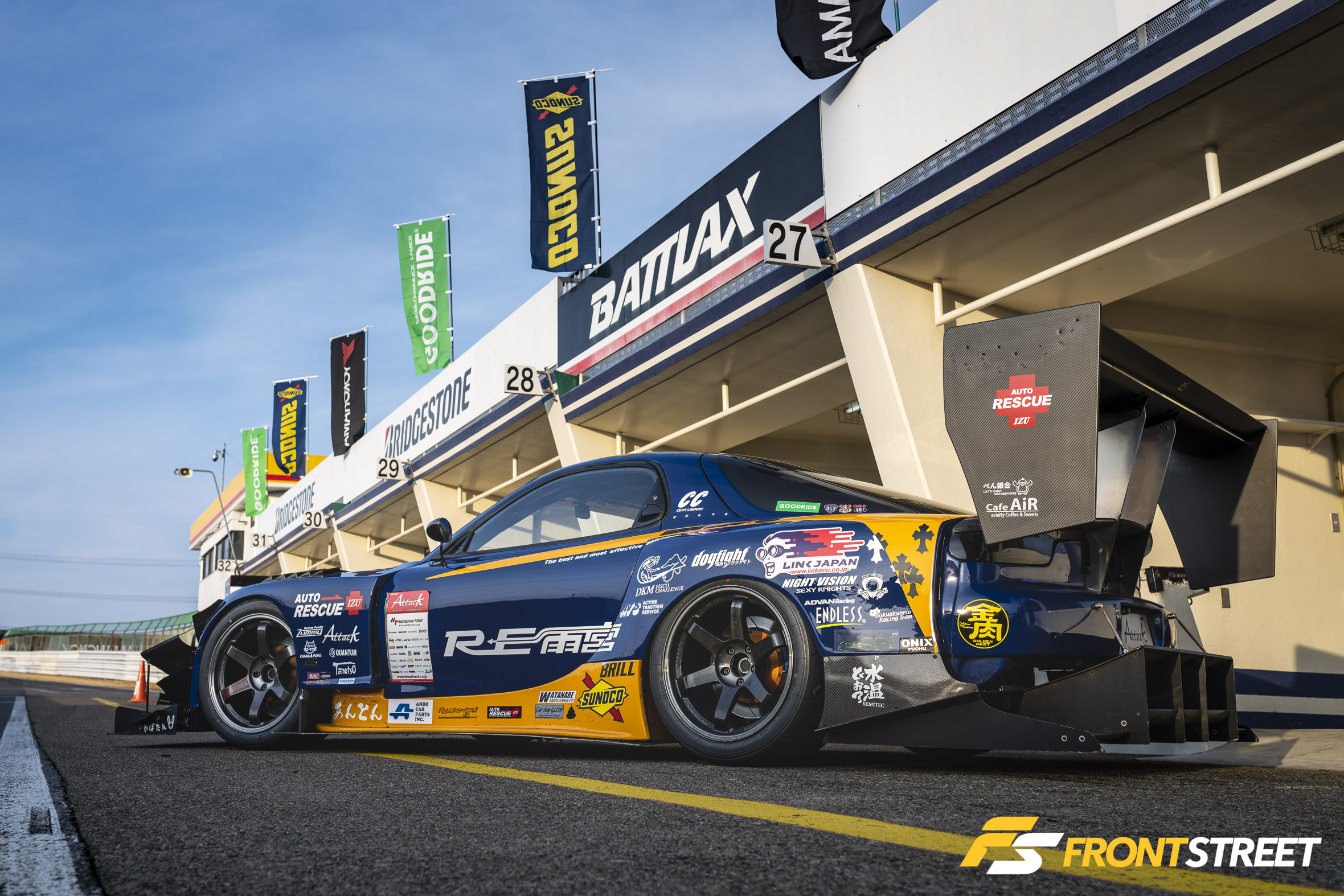
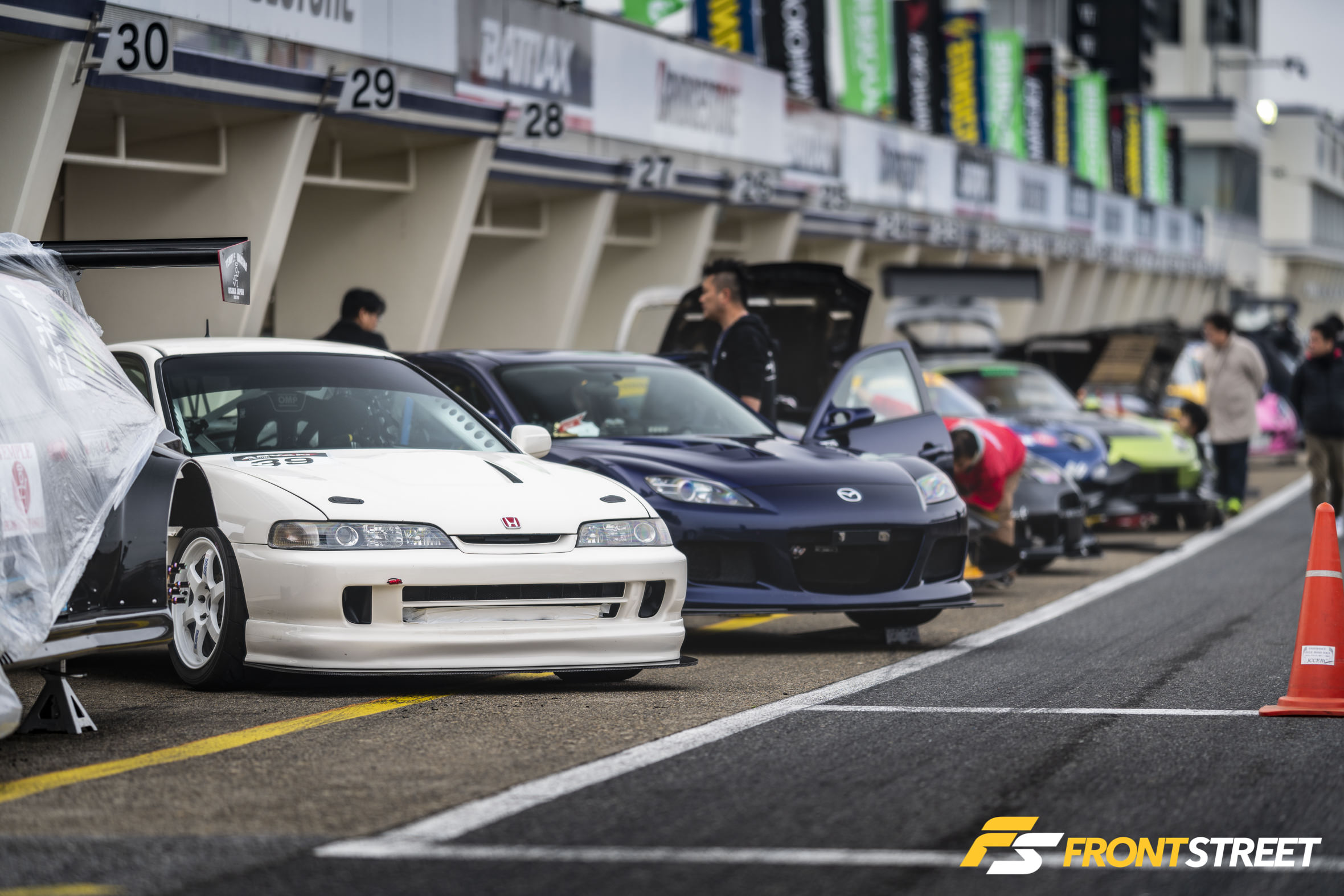

Finally we land in our current era, where the introduction of the internet publicizes every single track day live to our phones and updates the time charts in real-time; today it is even easier to see how Tsukuba has become the most illustrious circuit in the world for competitors with a fixation for racing the clock.
So Why Do The Cars Look Like Master Shredder?
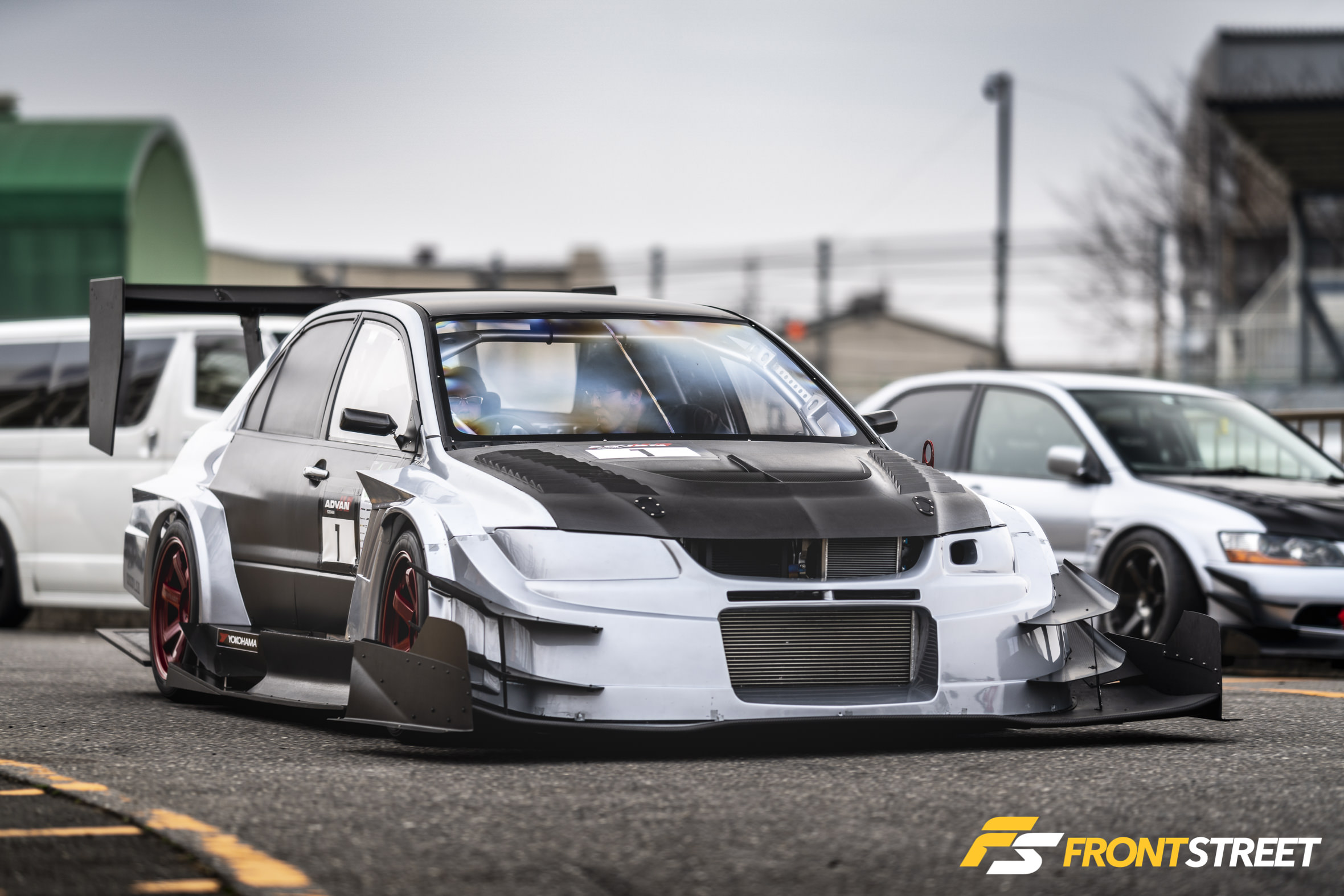
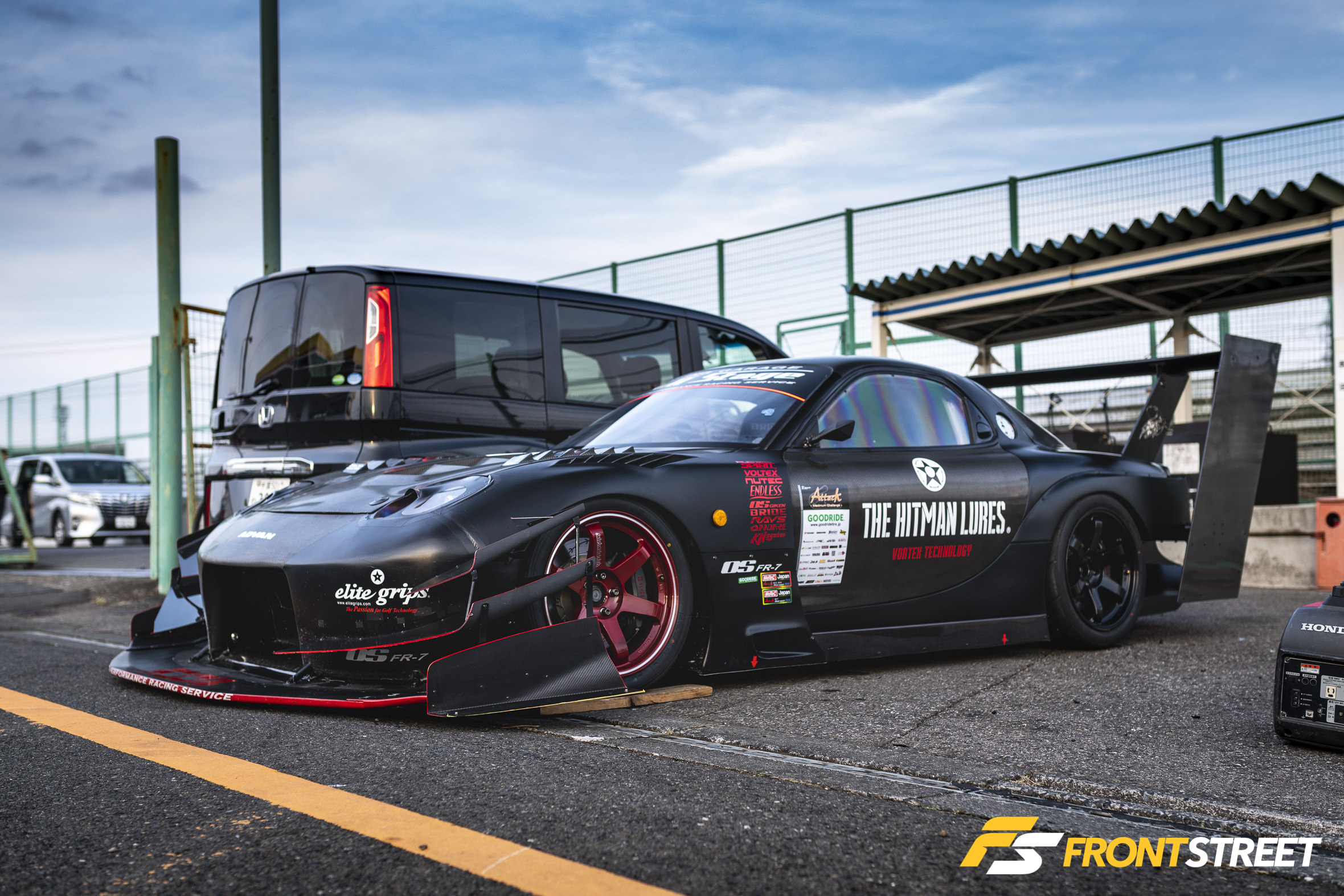
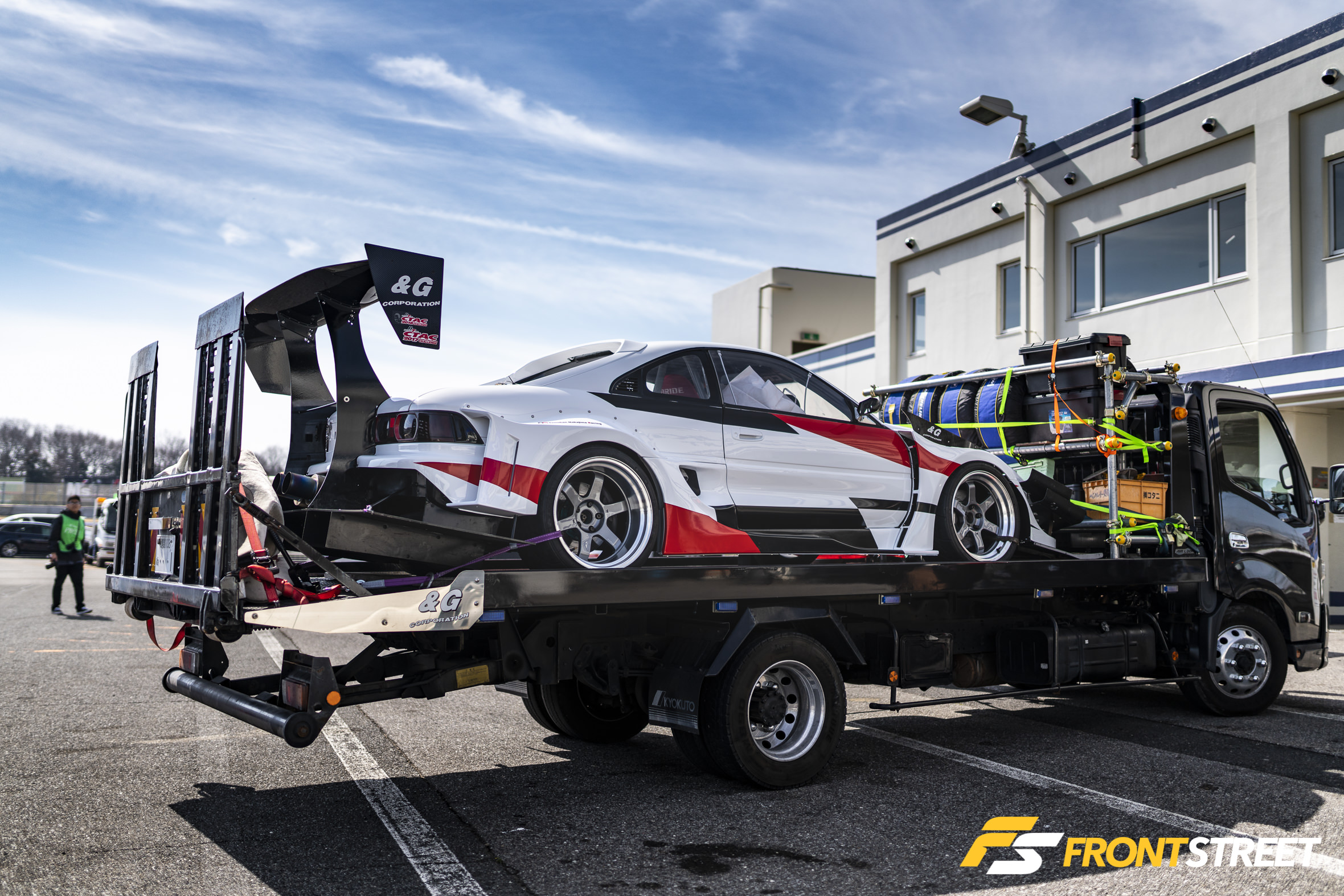
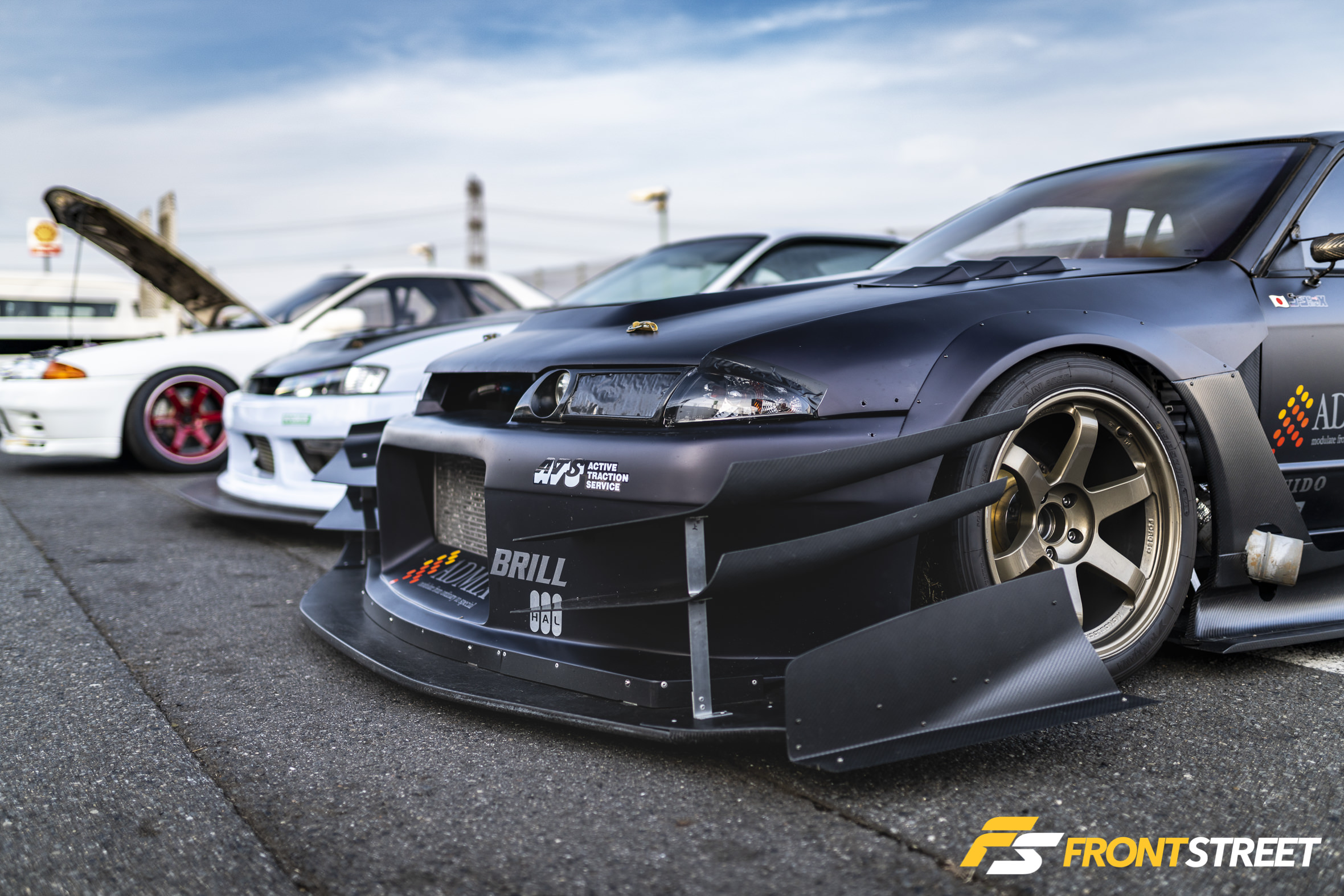
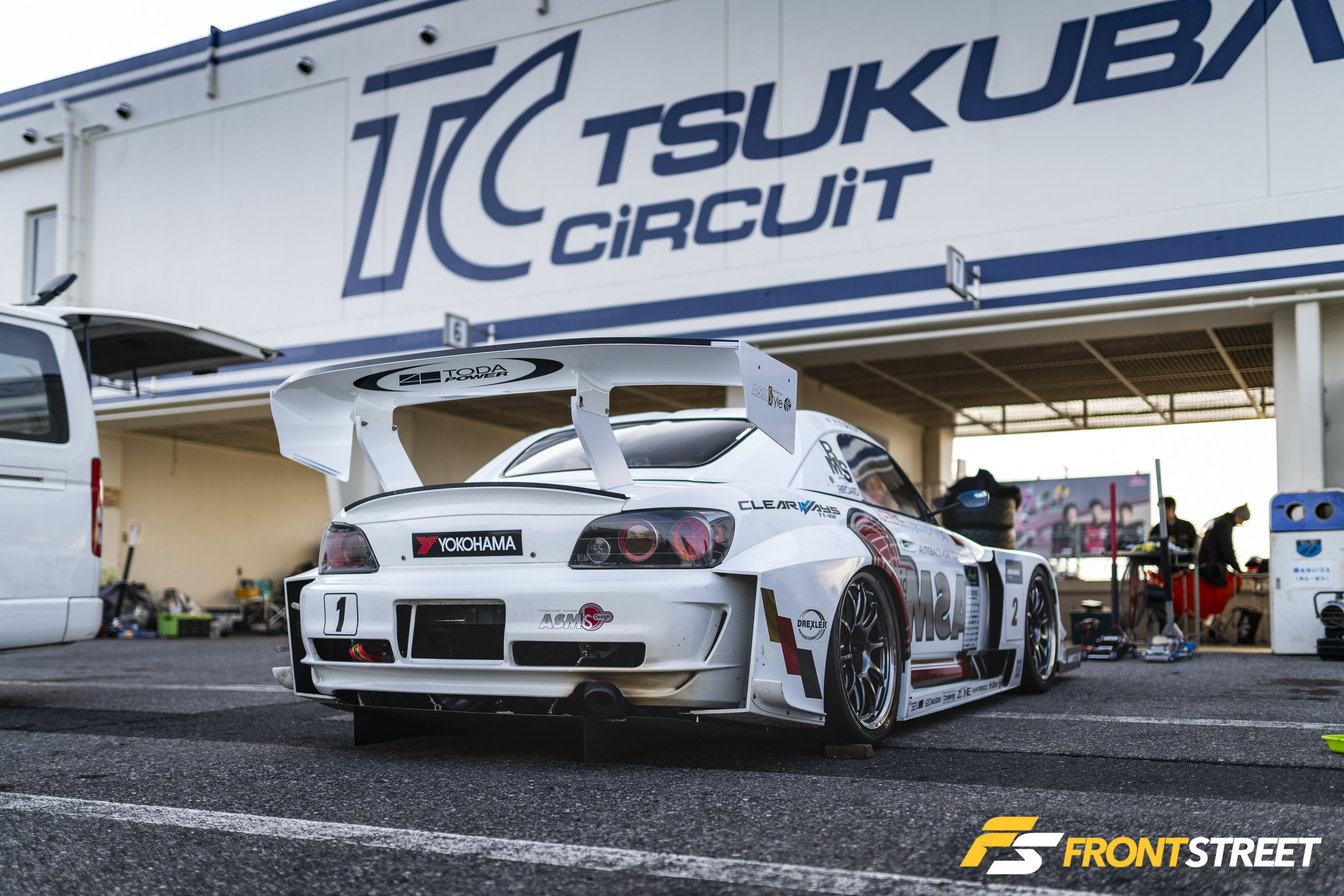
See, the only real rulebook limitation in the sport is the semi-slick tires, of which every single entry uses. This creates a level playing field because the amount of mechanical grip—the elementary force which keeps the car from sliding—is technically similar for the whole field.
Each competitor has an identical rubber compound making the same contact patch with the road. The regulated maximum tire width and compound hardness forces all competitors to find their gains elsewhere.
A common solution for increased performance to aid the limited mechanical grip is by adding aerodynamic pieces to generate more downforce—a deeply scientific form of black magic that uses airflow to keep the cars suctioned to the ground.
This includes fitting the once-road-going cars with outlandish GT wings, front splitters, and rear diffusers. Along with that, it means utilizing smoother streamlined panels with fewer openings for unnecessary airflow.
Because the regulations for aero treatments are so lax in time attack, competitors are able to create obscenely large fixtures to further accentuate the downforce benefits.
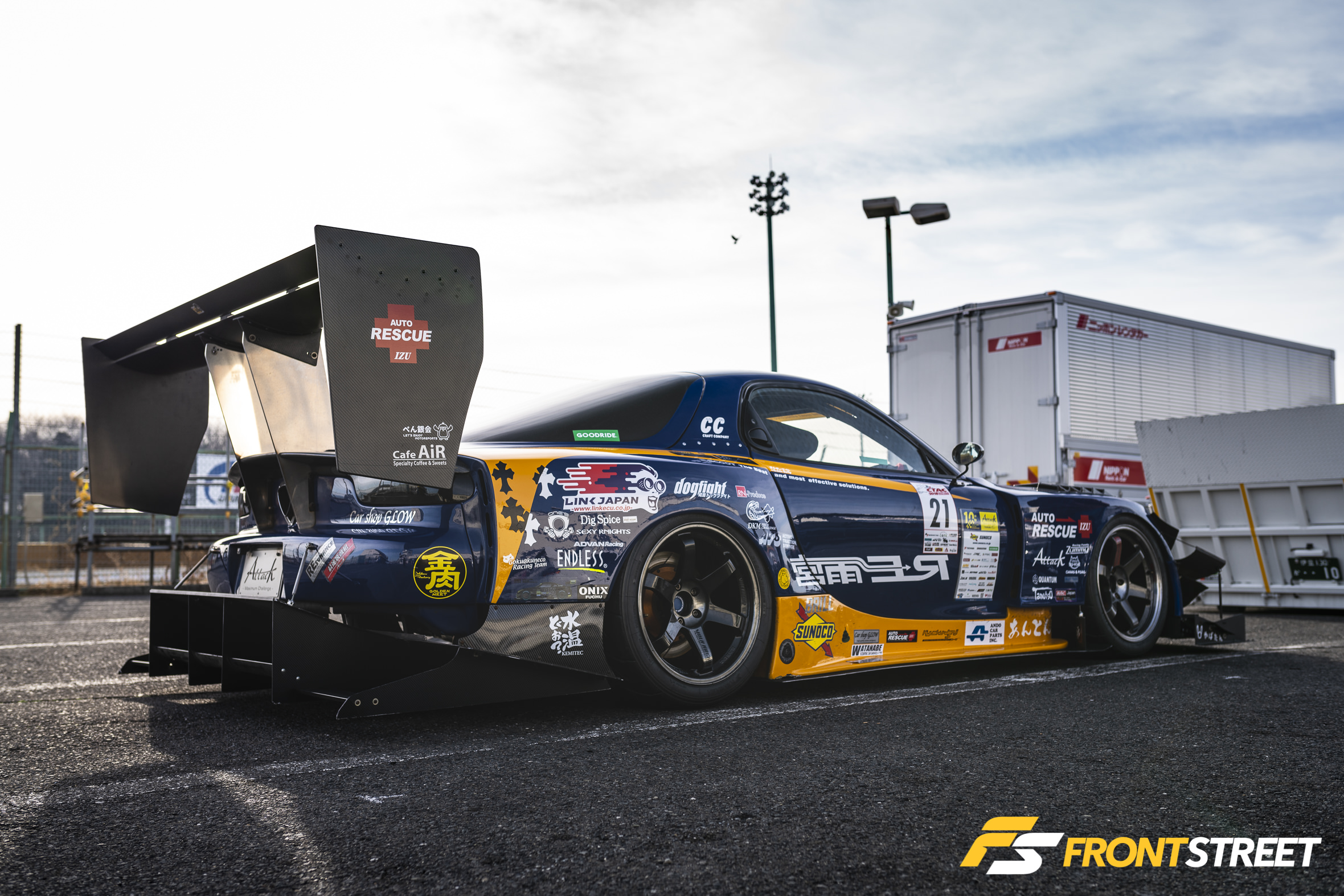
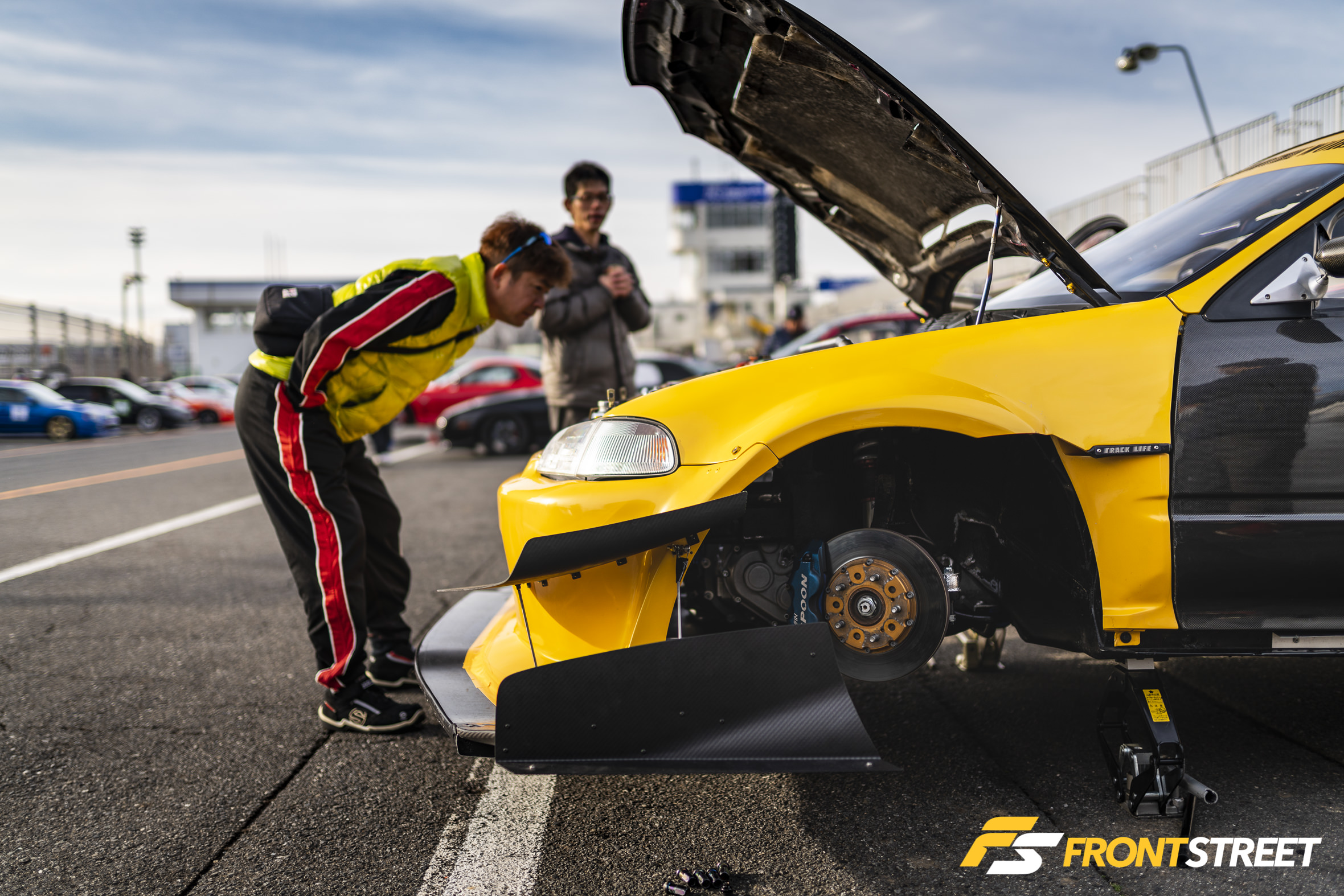
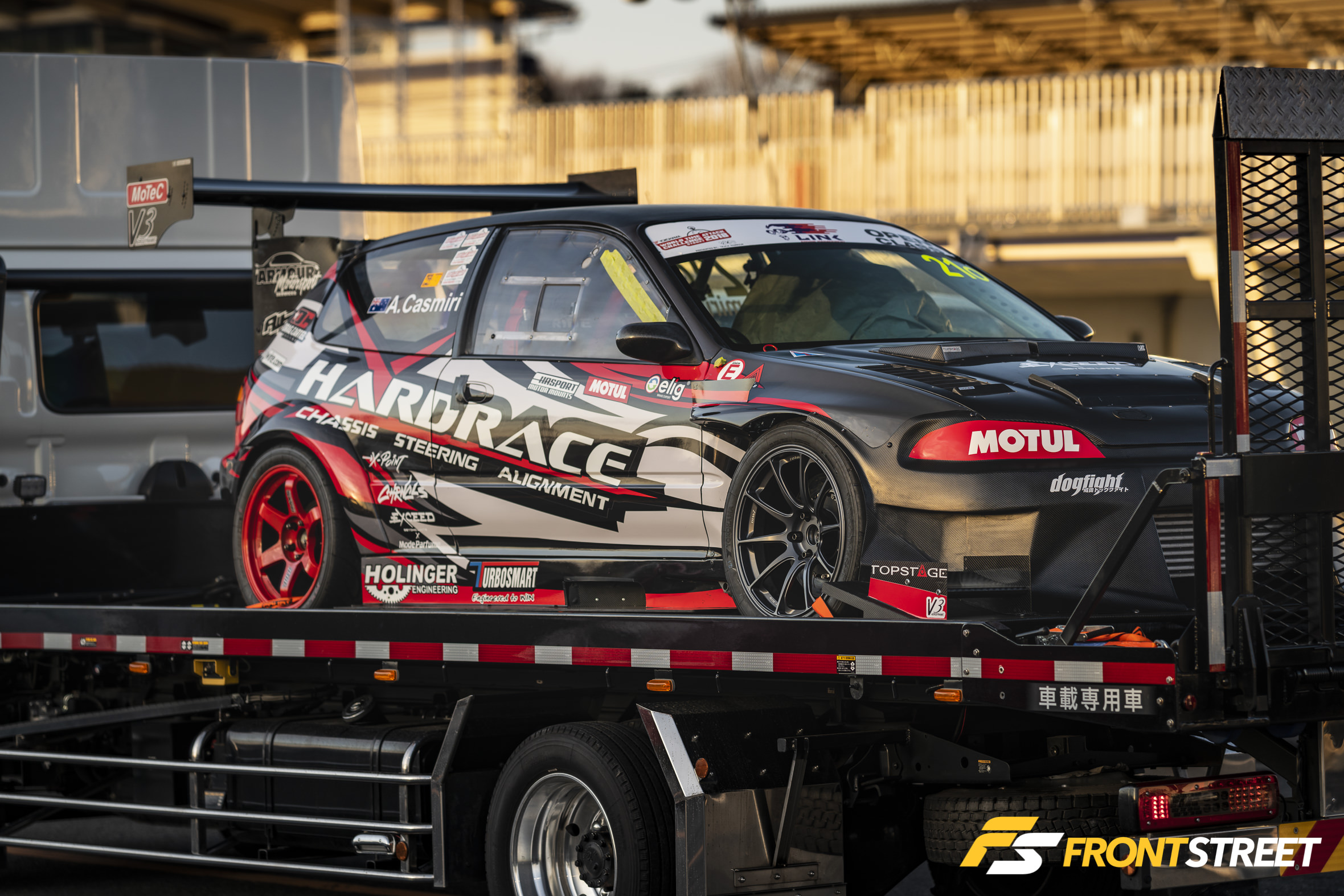
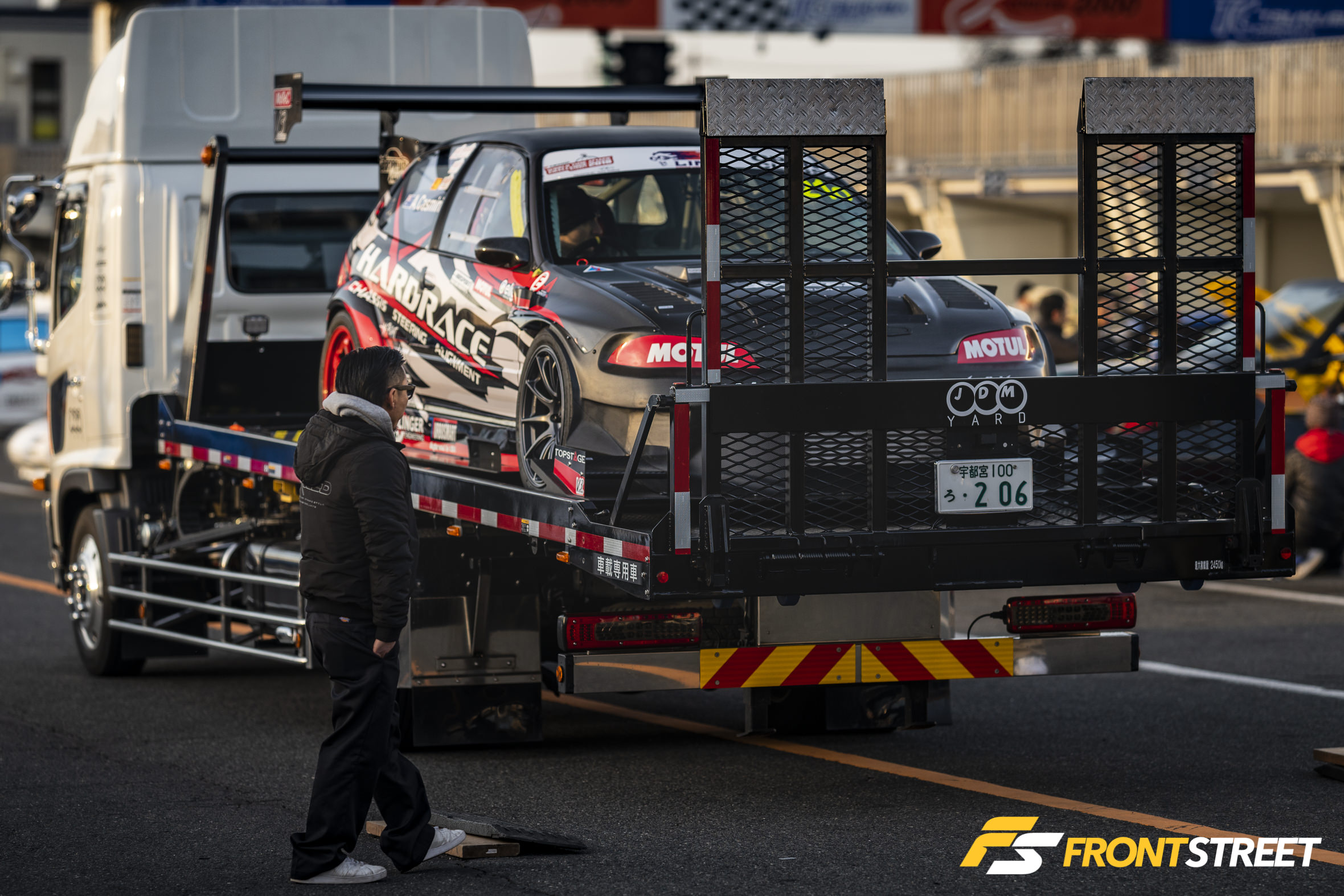
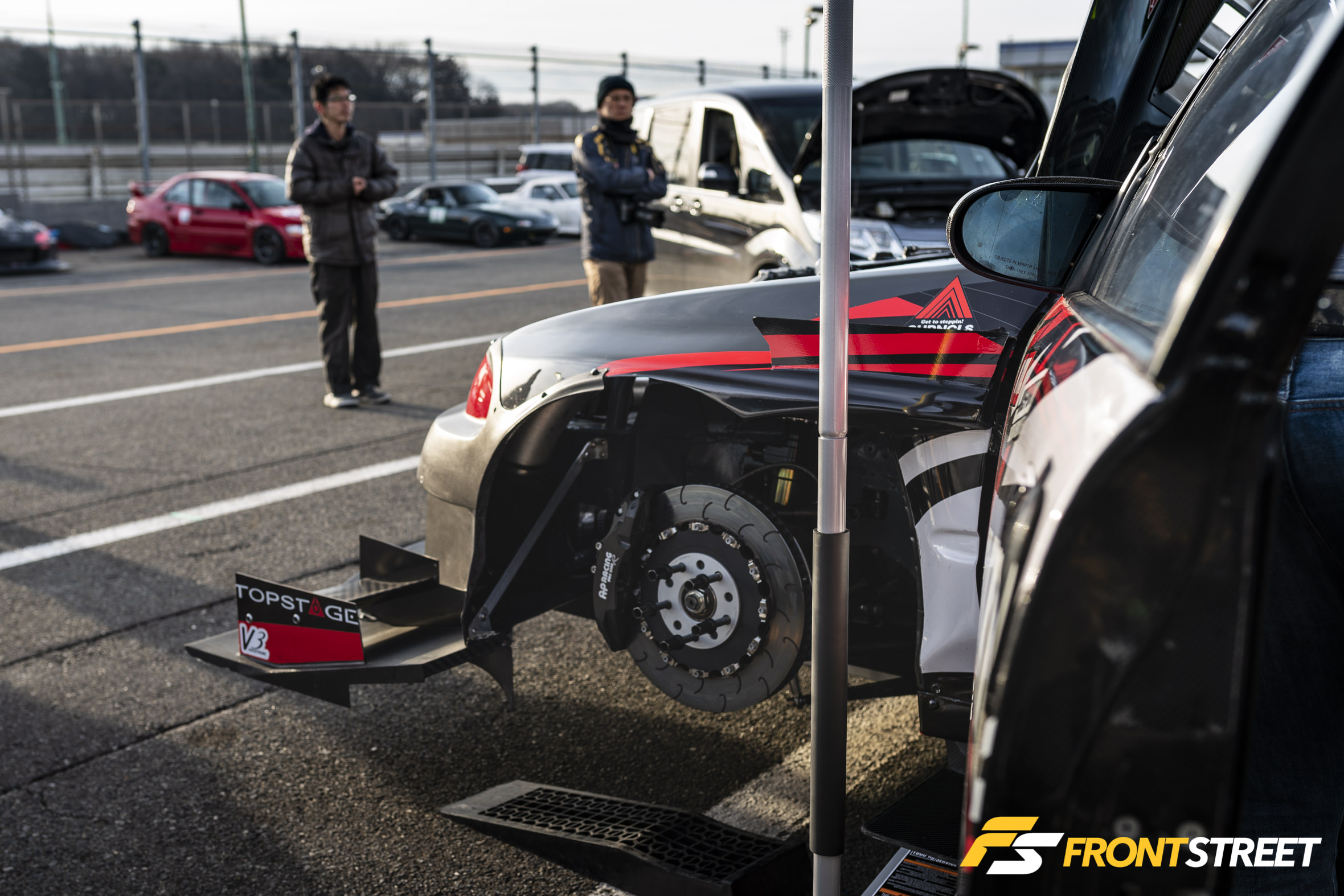
For example, on a heavily regulated endurance road race car, the front splitter used is put into place to impact airflow hitting the front end, and is kept small and subtle. In time attack competition, there is no rule to limit the size of the splitter, so bigger is better if it still has a positive impact on grip levels. The same goes for the big rear wings, so keep your thoughts to yourself.
The end result is incredibly strong yet delicate structures affixed to each corner of the car to dramatically increase the downforce levels by adding aerodynamic help.
In a wheel-to-wheel scenario, these would be obliterated within seconds of the green flag dropping as the field of cars converged into turn one. However, time attack is simply each car competing against the clock, without fear of car-to-car collisions. This means the cars are equipped with uniquely sophisticated oversize wings, splitters, and diffusers not found in any other form of motorsport.
But How Evolved Is The Rest Of The Car?
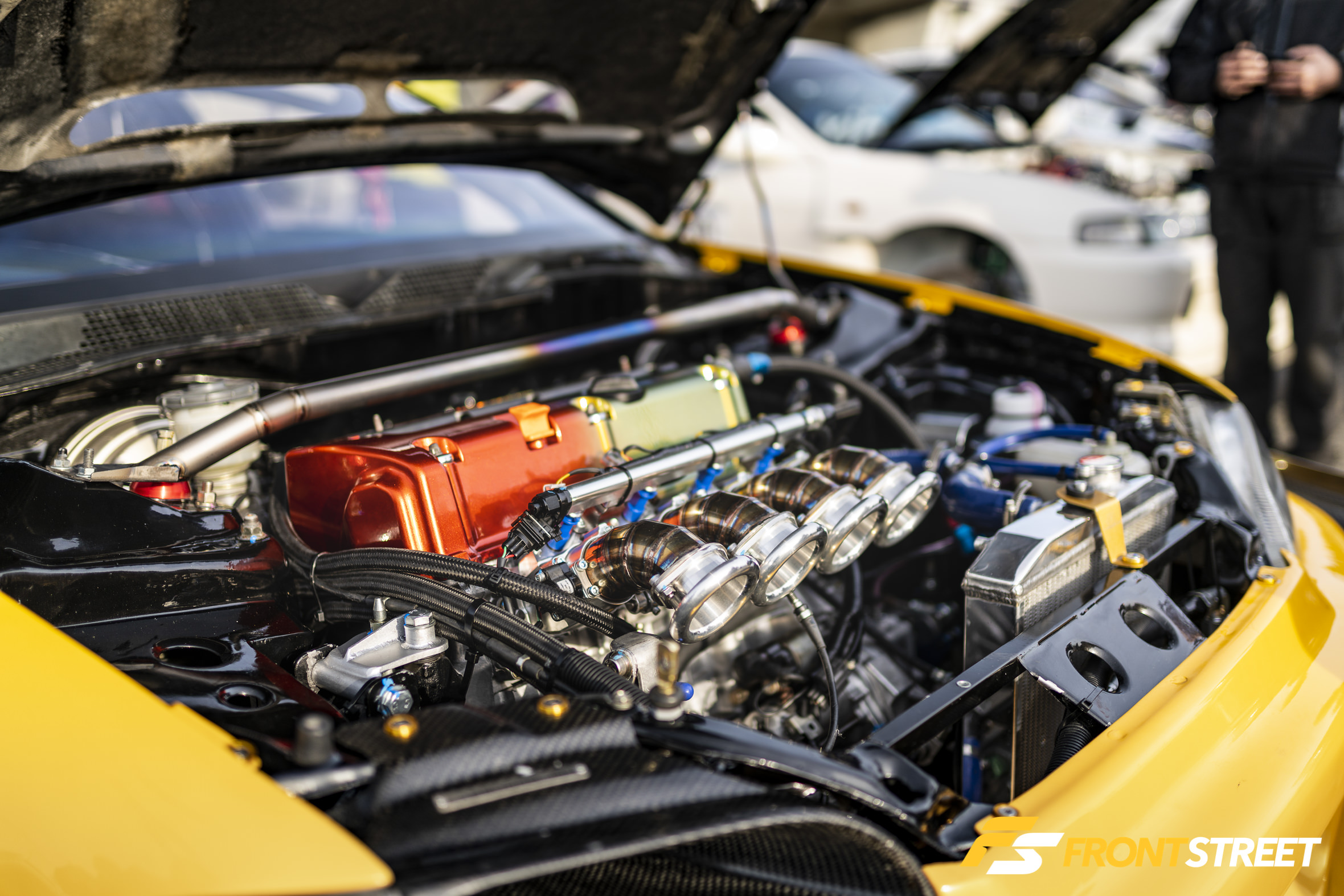
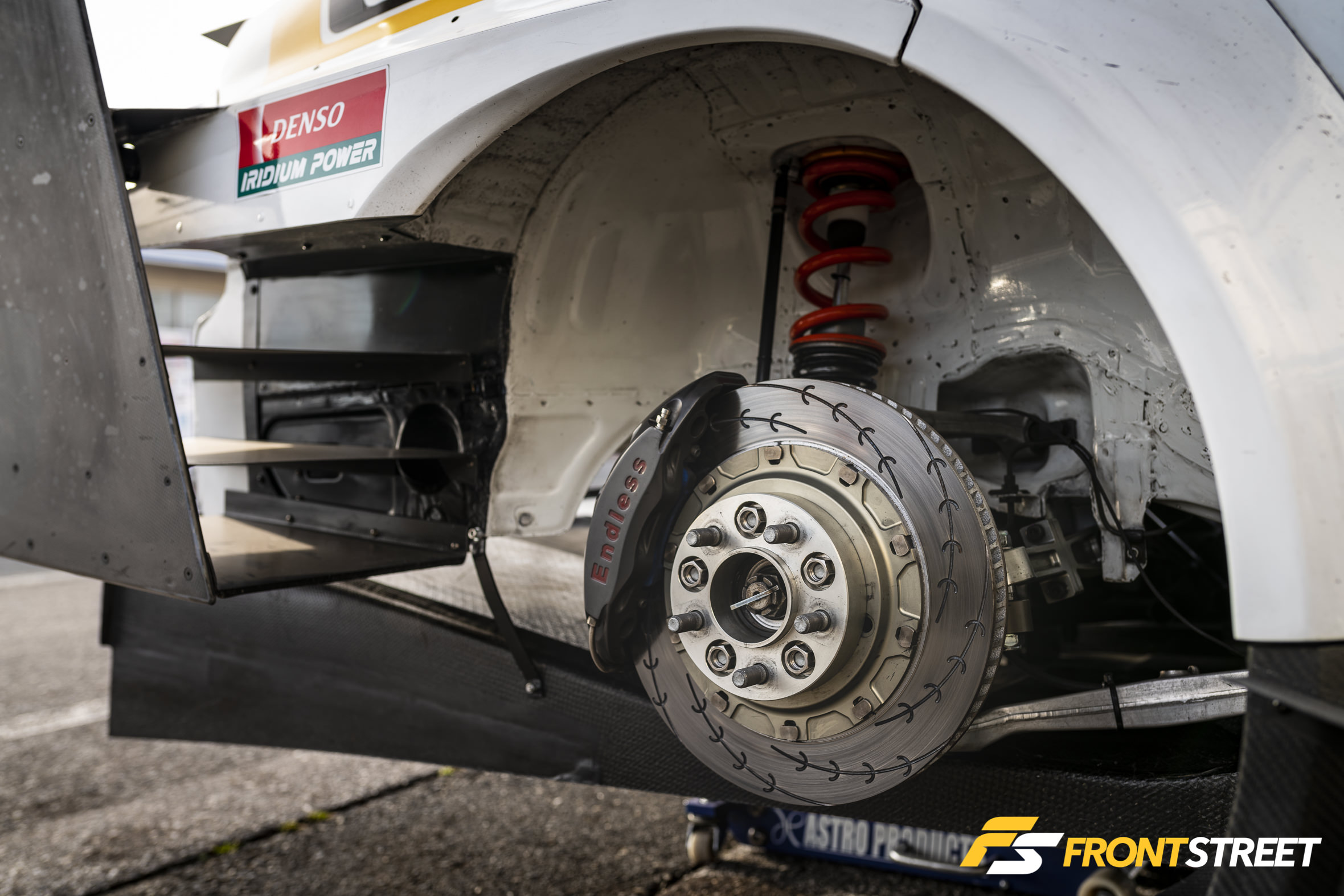
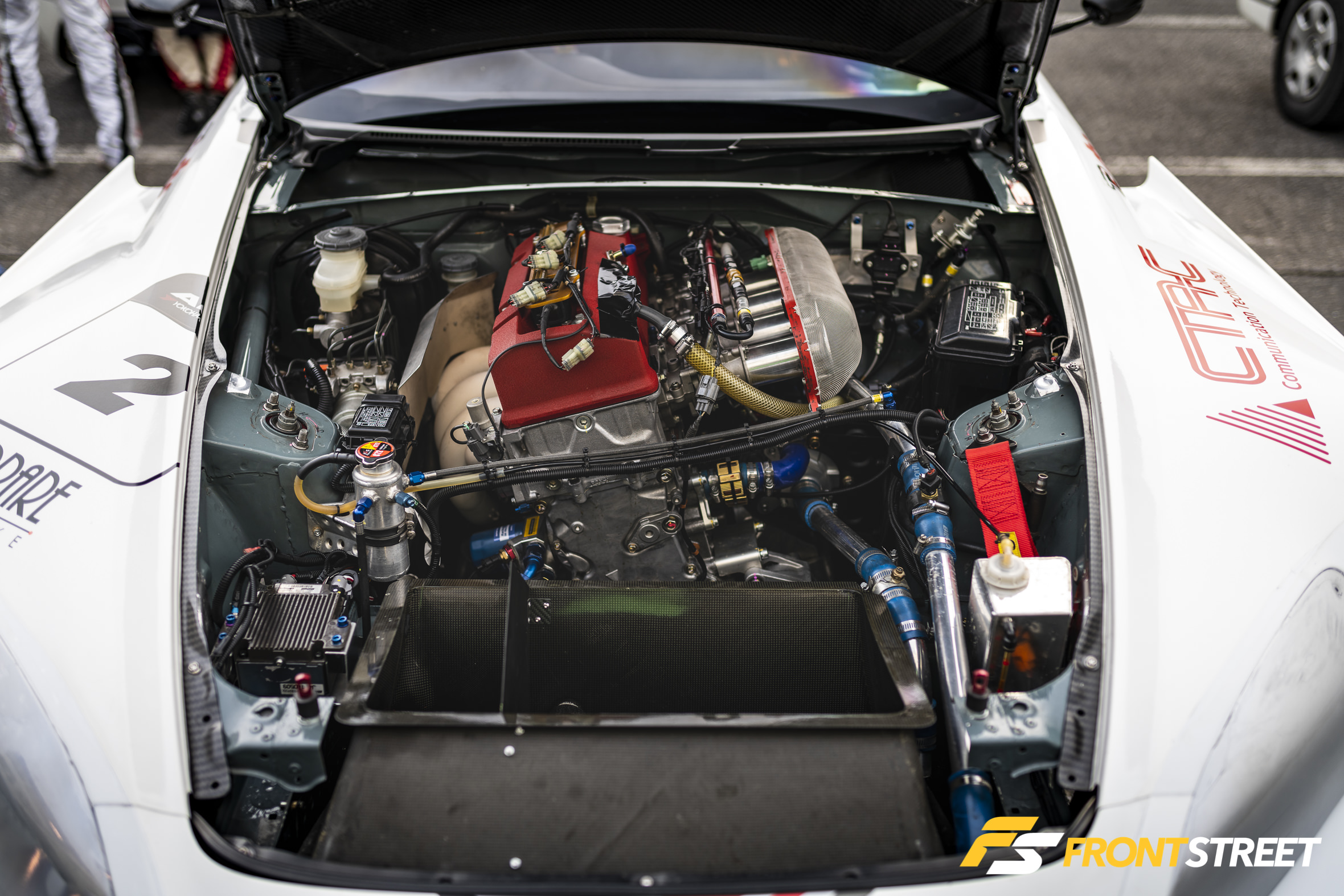
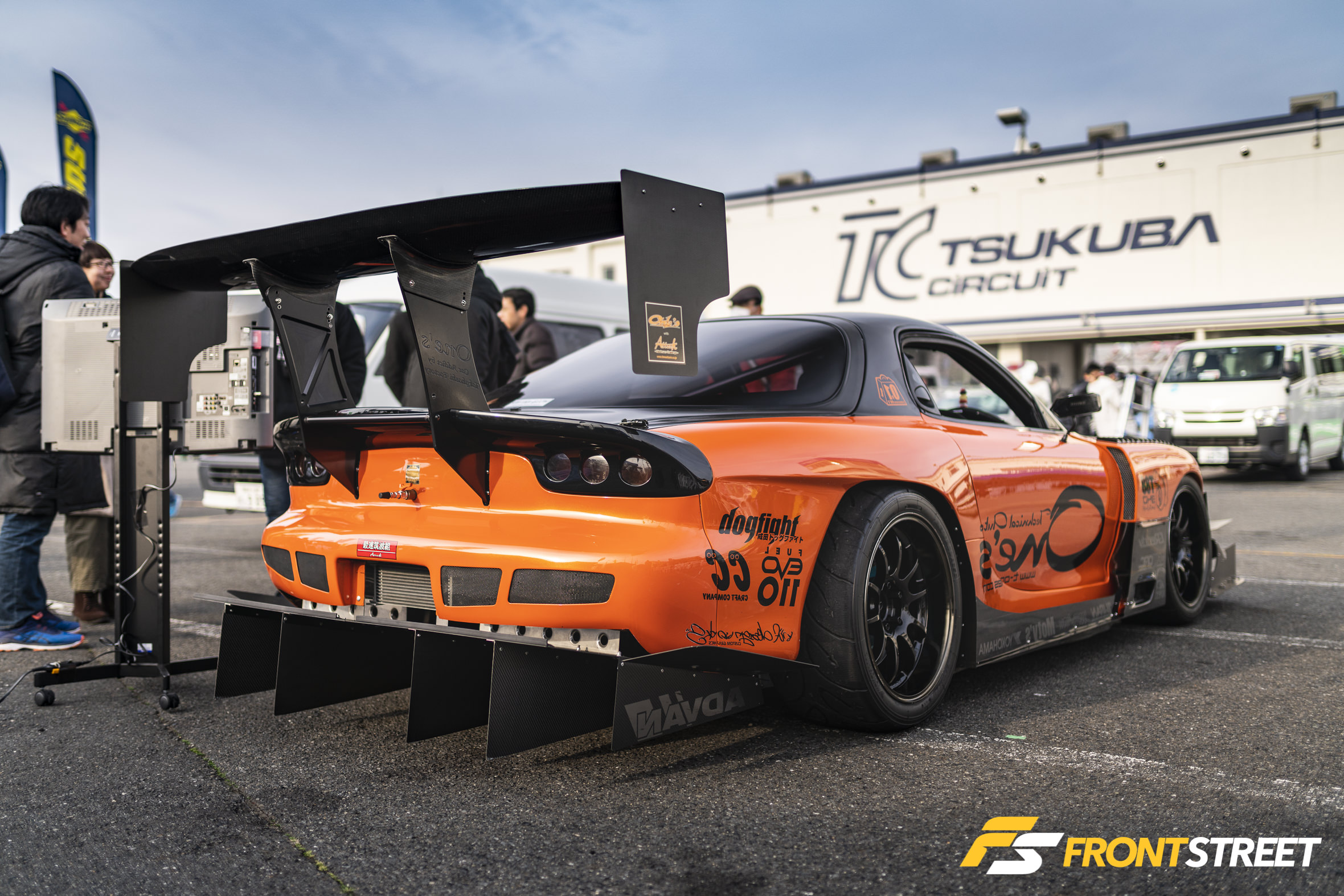
Well, these cars don’t lack in engine or chassis development either. The entries at this top level are so incredibly refined for this exact competition at this exact track that entire setups will be customized specifically for that one day.
Engines, transmission gear sets, aero pieces, suspension setups, air/fuel maps, you name it—they’re all tailored to only elevate the performance levels of the car at Tsukuba Circuit’s TC2000 layout on the event’s day.
Many of the drivers are so dedicated that they’ll only race their car at this one track. Some of whom only compete once or twice a year, while others devote their entire free time all in the constant quest of beating one’s own previous lap record, or the dream goal of beating one of the track’s lap records…of which there are many.
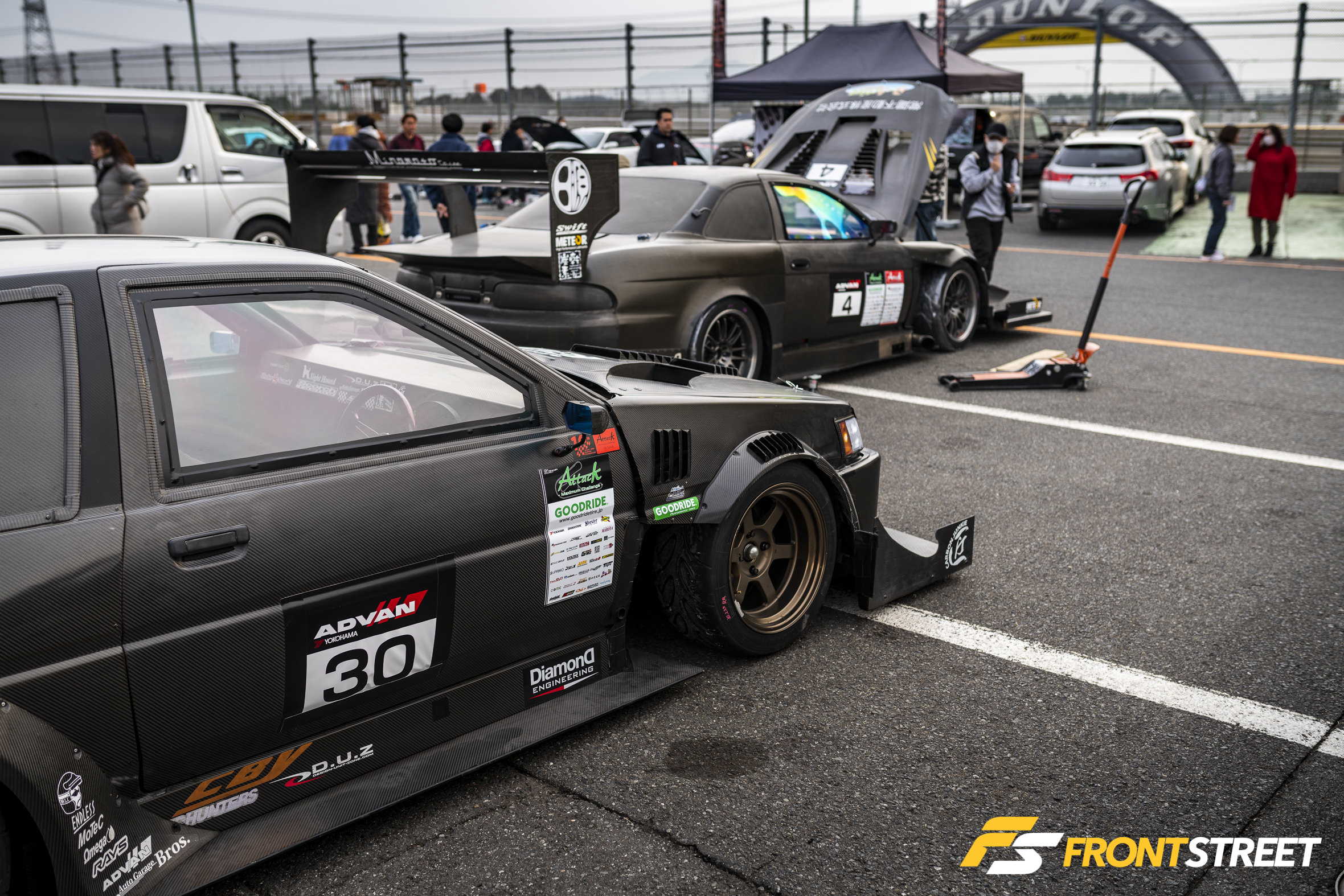
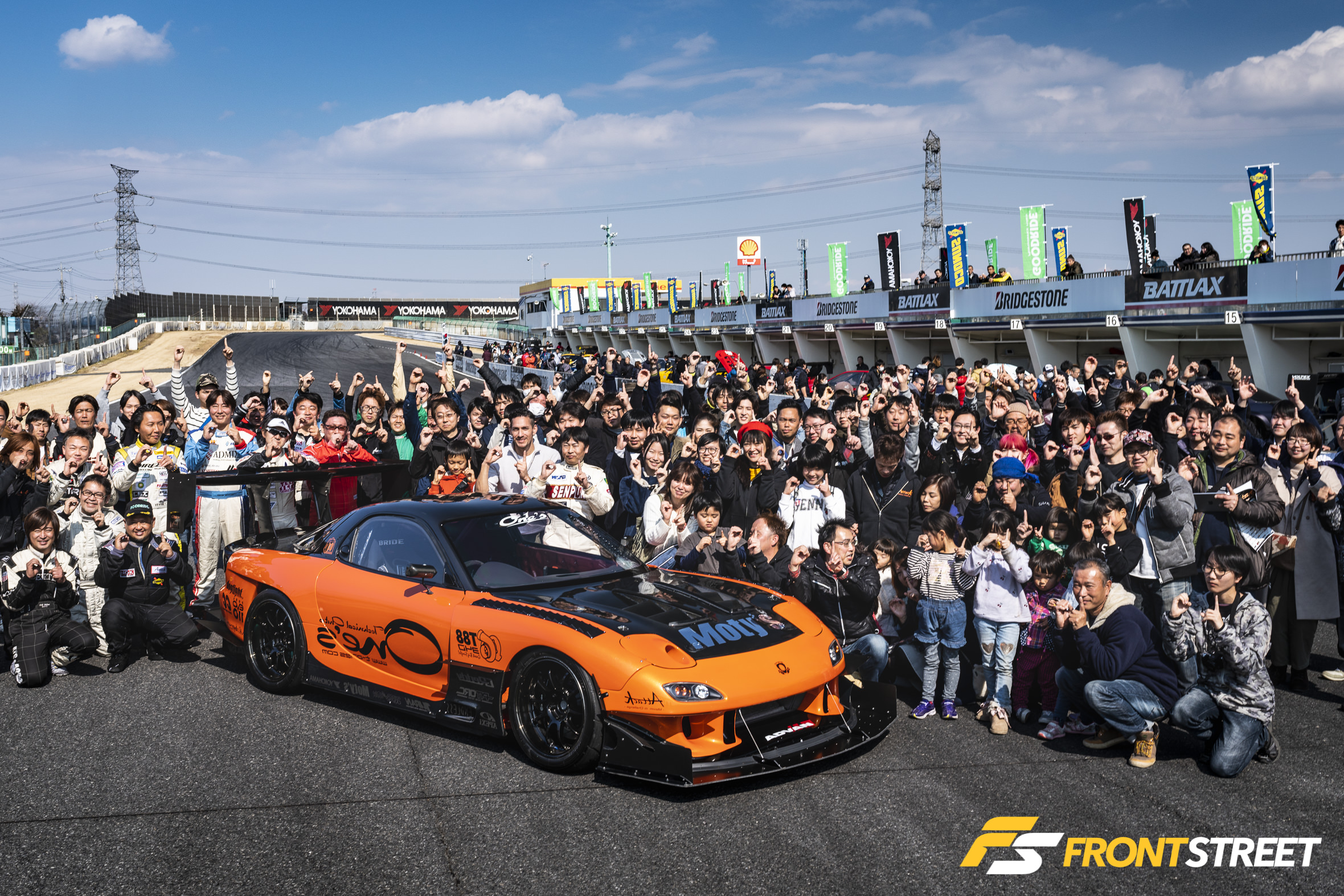
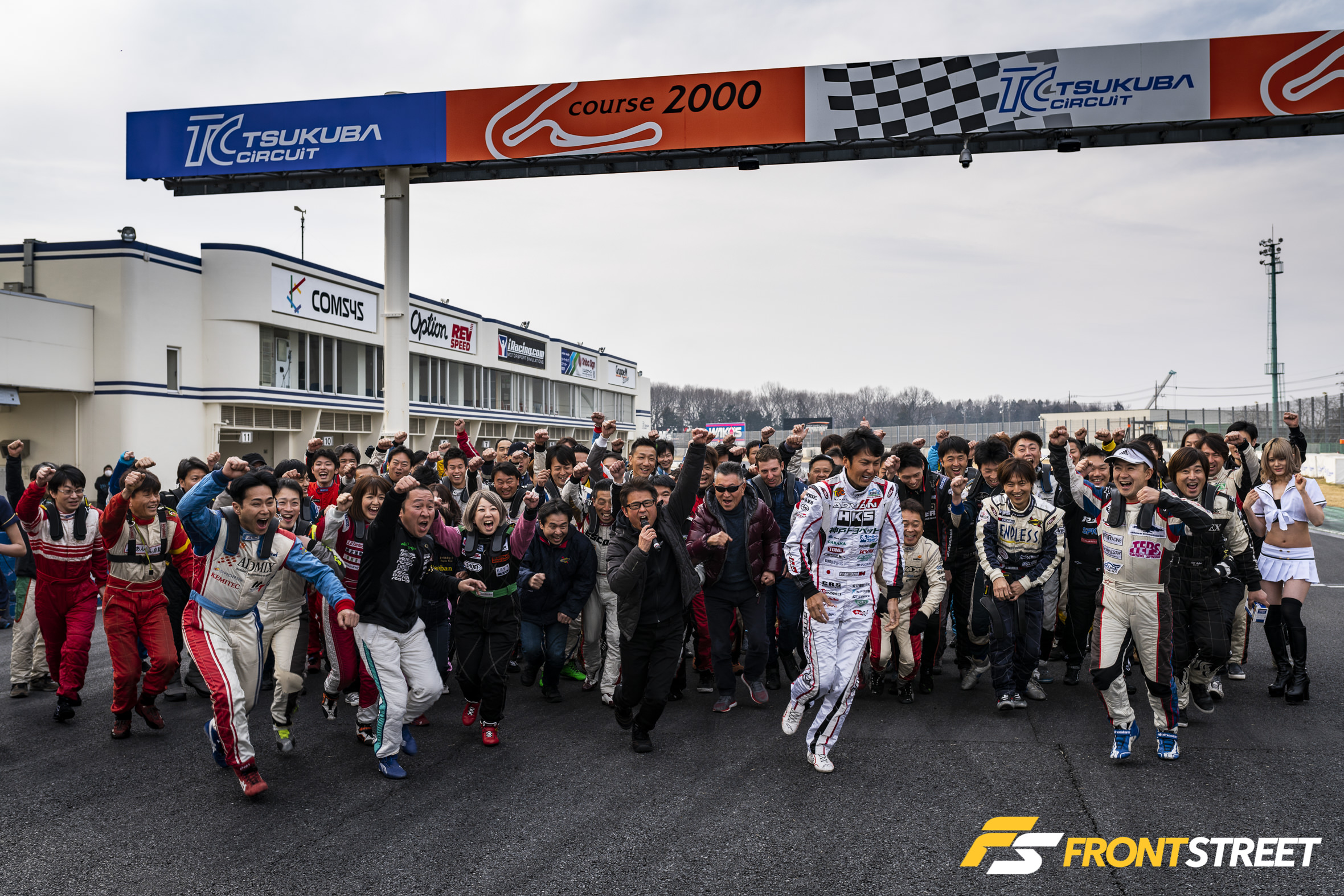
Each of these records is organized by drivetrain type and engine aspiration. In fact, the drivers themselves fit into these categories like a sort of clique of enthusiasts who are passionate to their core about one particular category. That is where this whole sport really gets interesting, but I’ll save that for another time, in another article.
The Results
I know why you’re actually here. In no particular order, you’ll find a pretty solid gallery of the results from this past Attack Tsukuba 2019 event. I’ve linked the updated Top 50 Lap Times from the circuit here. You can also find a full rundown of results here and here. I hope you enjoy!
Car: JDMYard/Hardrace Honda Civic
Driver: Adam Casmiri
Time: 54.901 (New Top Speed Record: 247.991 km/h)
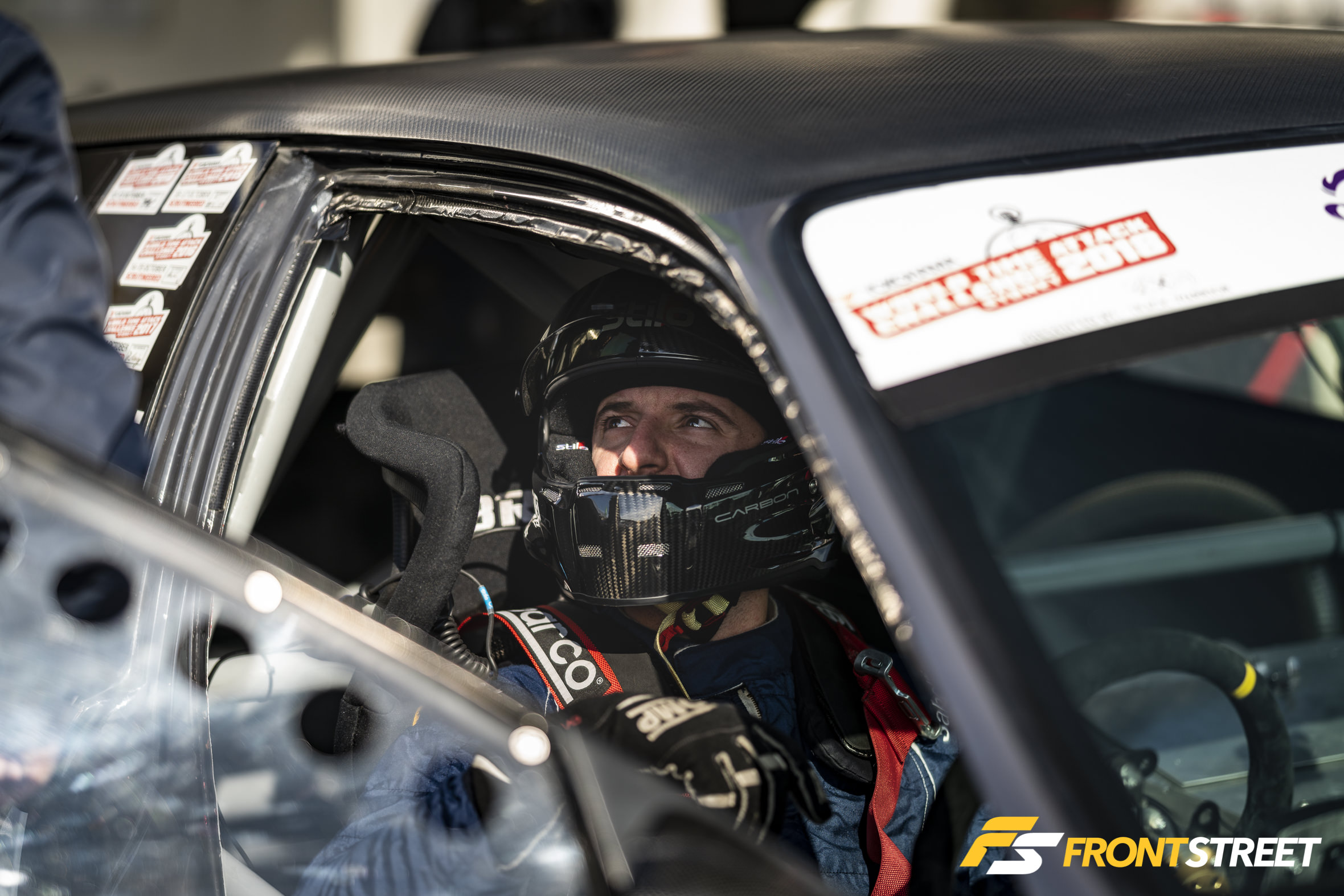
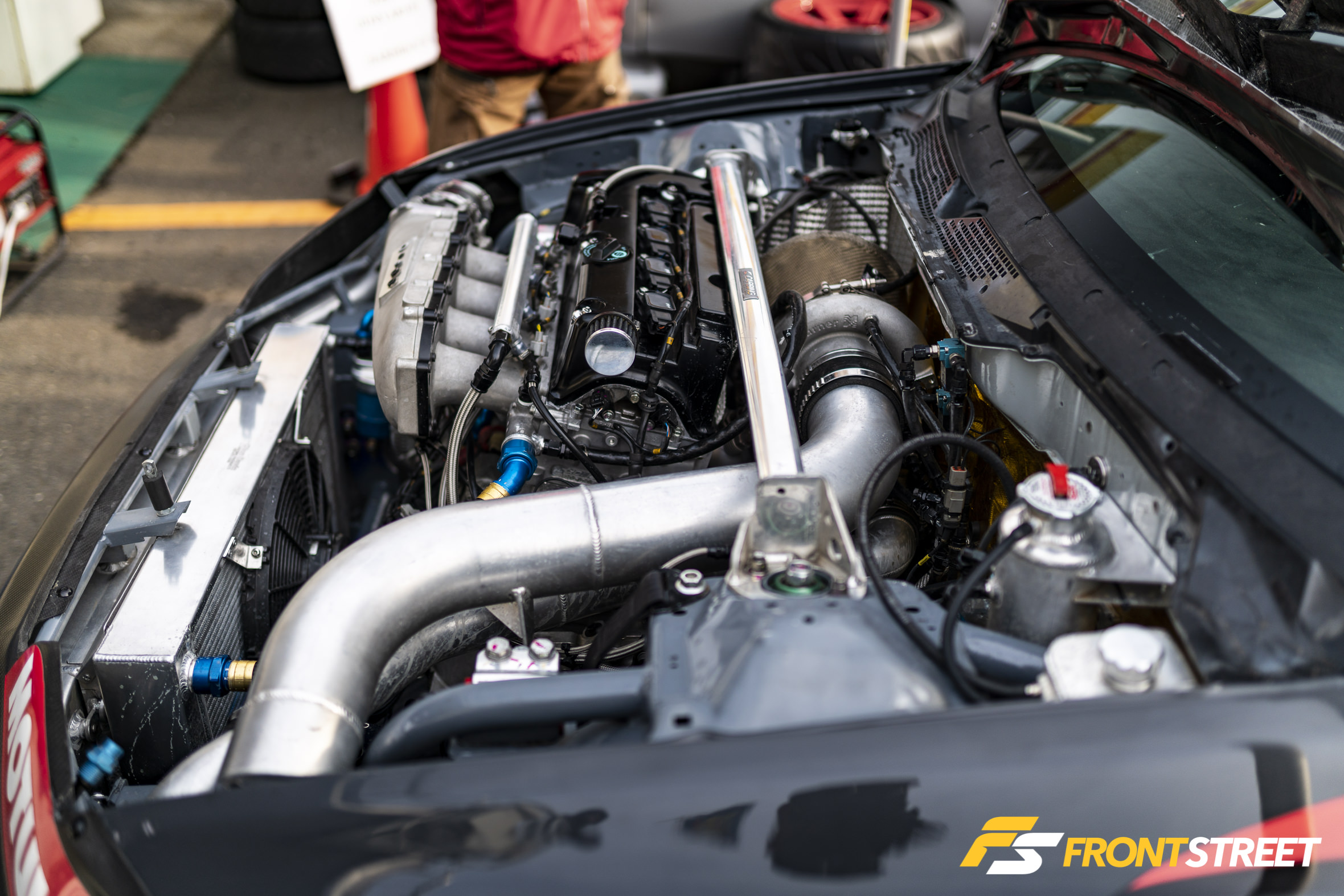
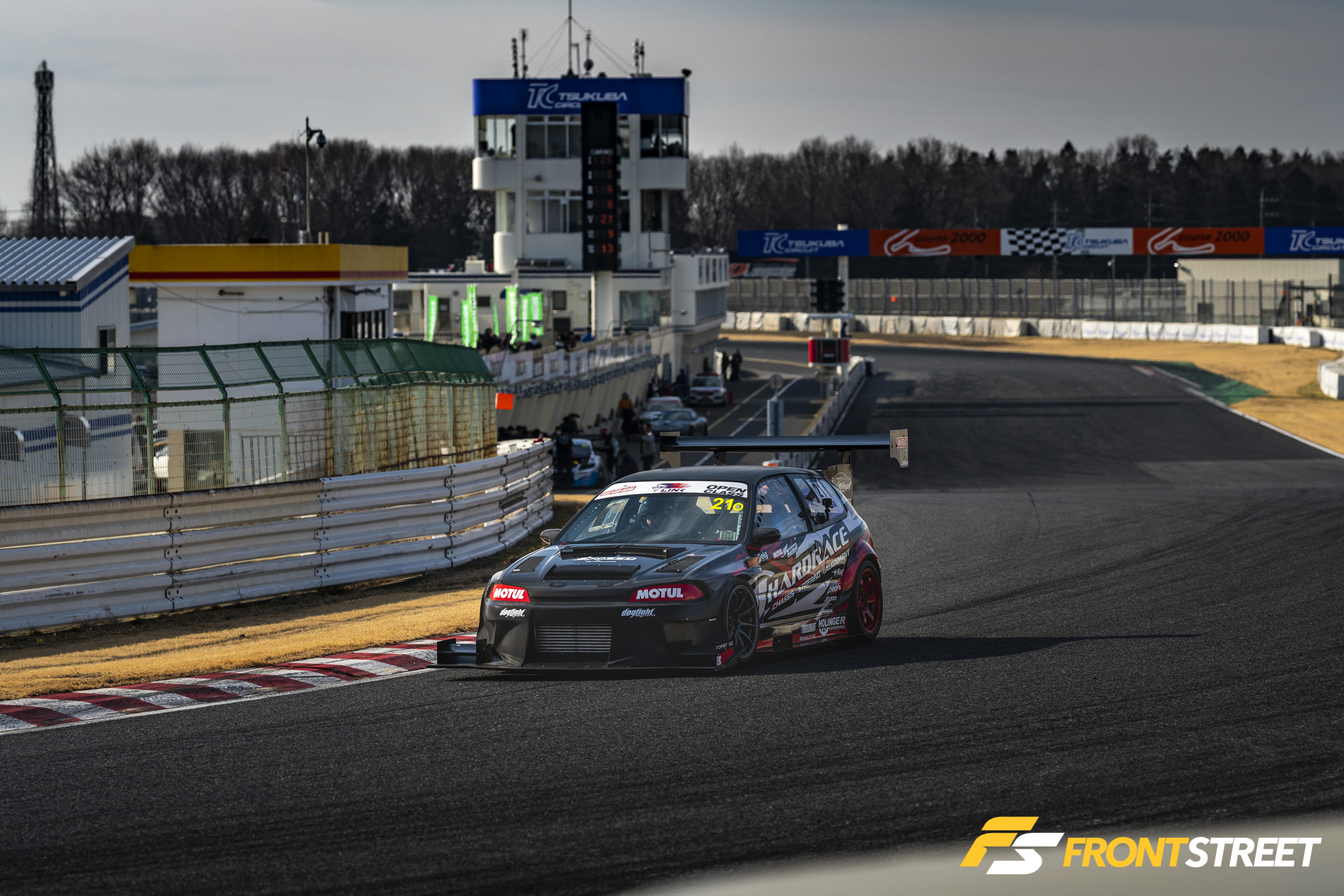

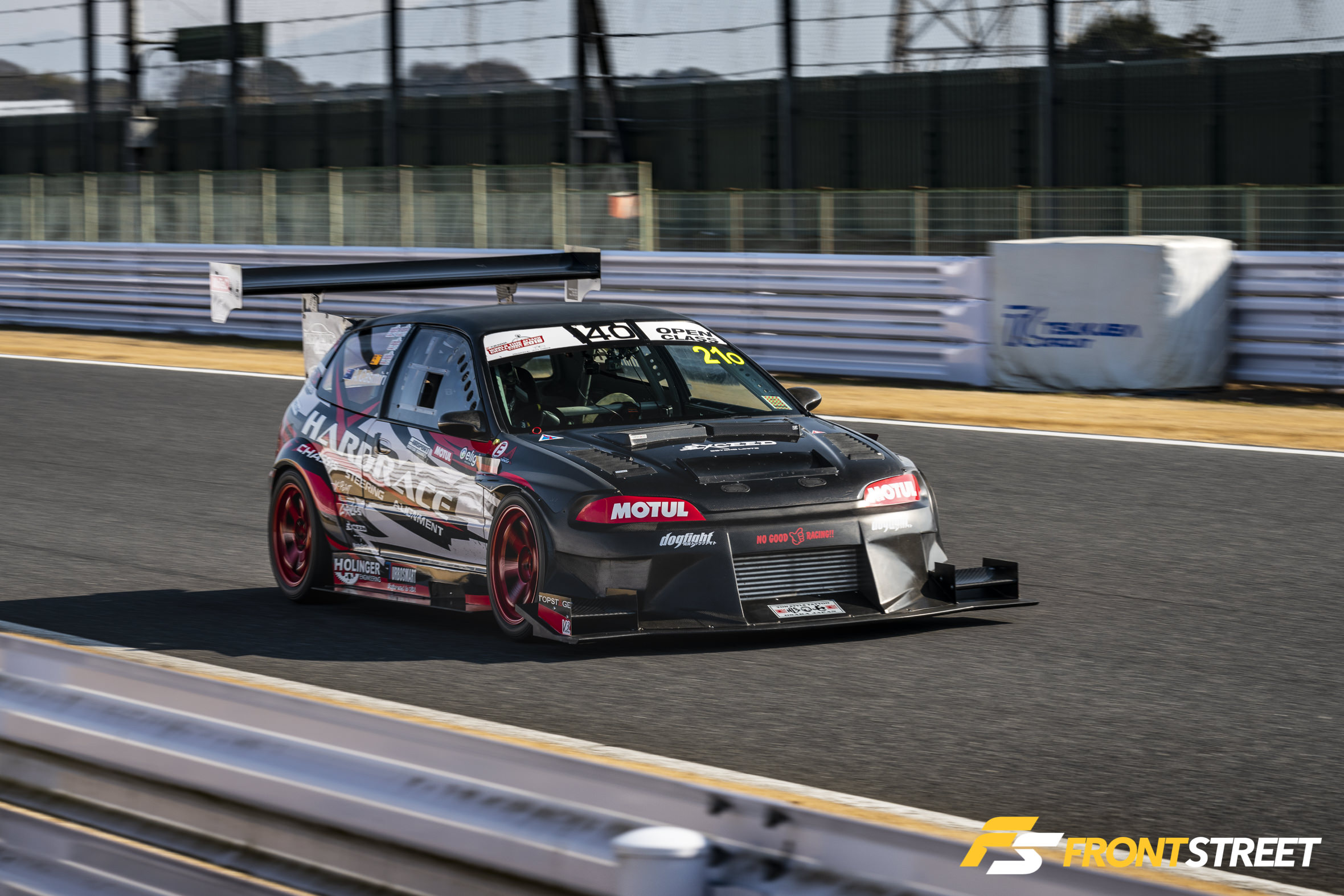
Car: Vibrant Performance/PZ Tuning Honda Civic
Driver: William Au-Yeung
Time: 53.071 (New FF Overall Record, and 5th Overall Track Record)
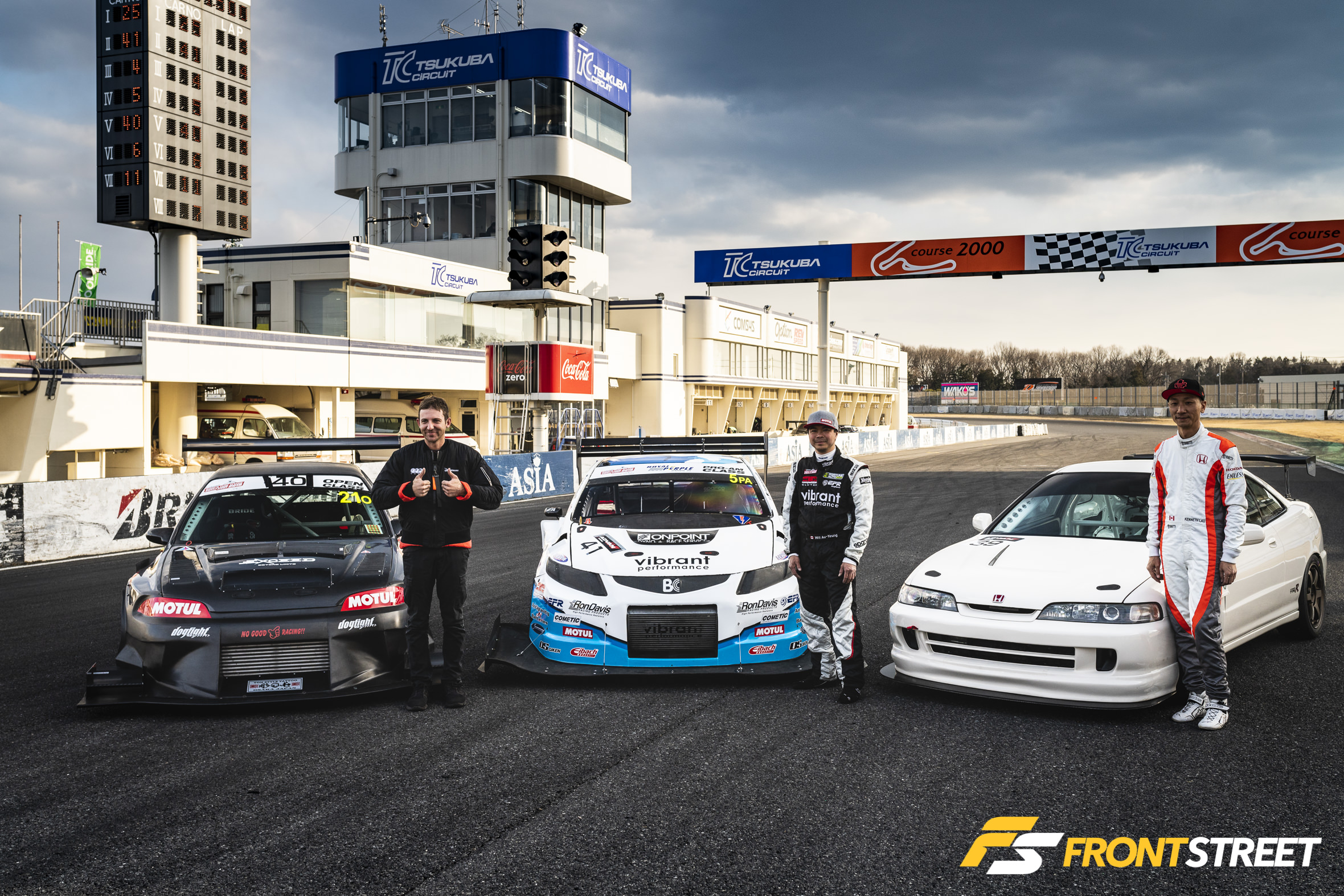
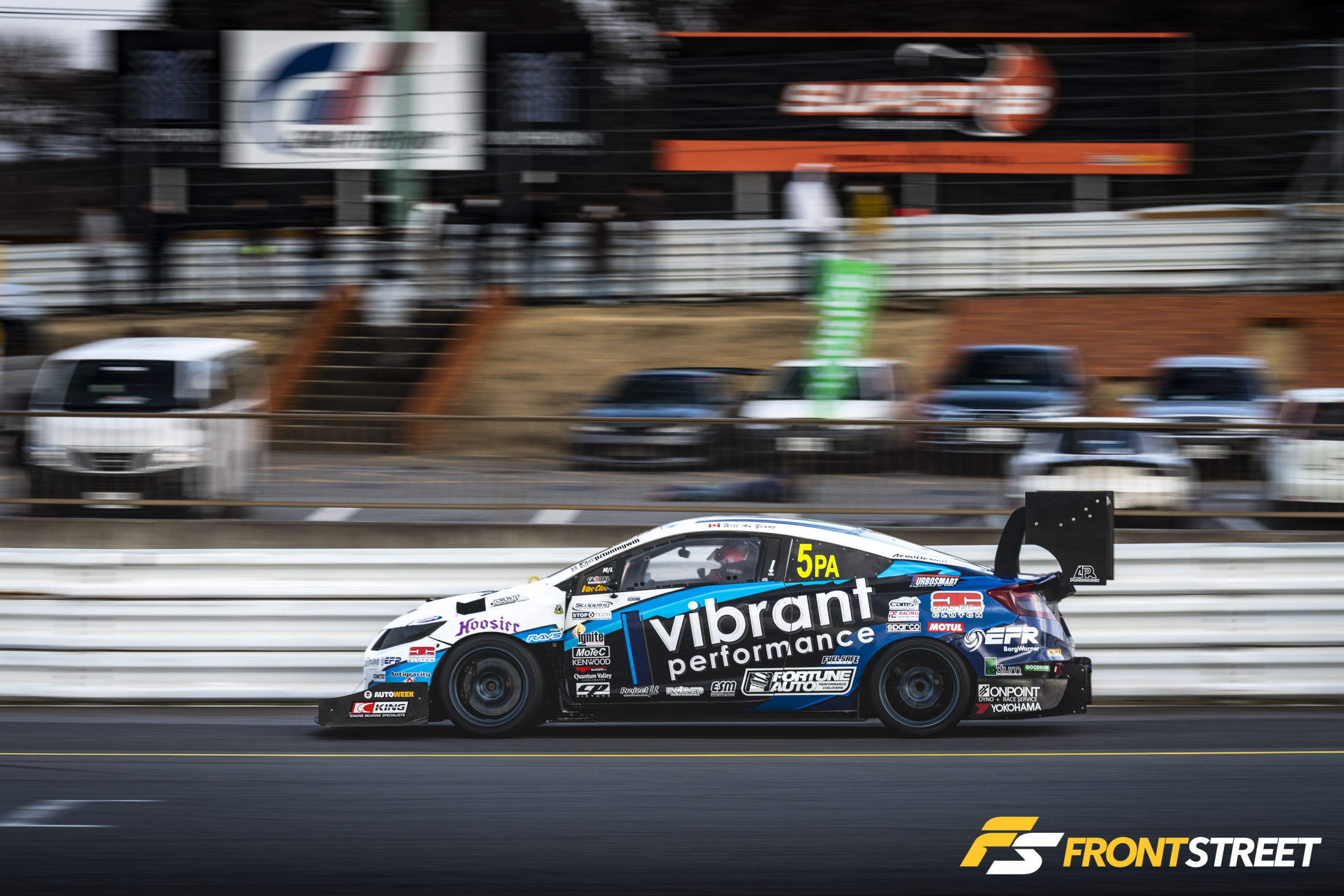
Car: K24 DC2 Integra Type R
Driver: Kenneth Lau
Time: 1:01.129
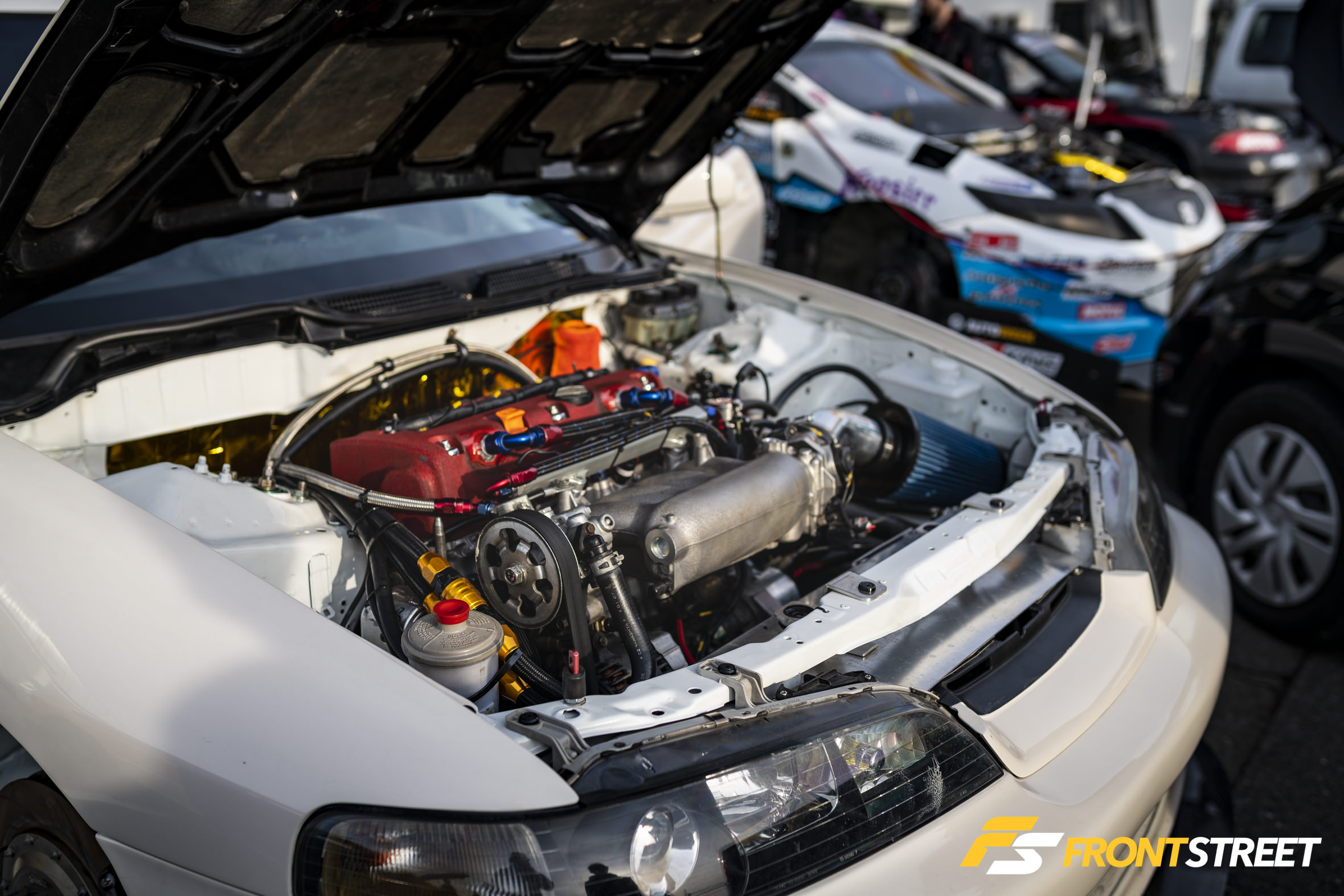
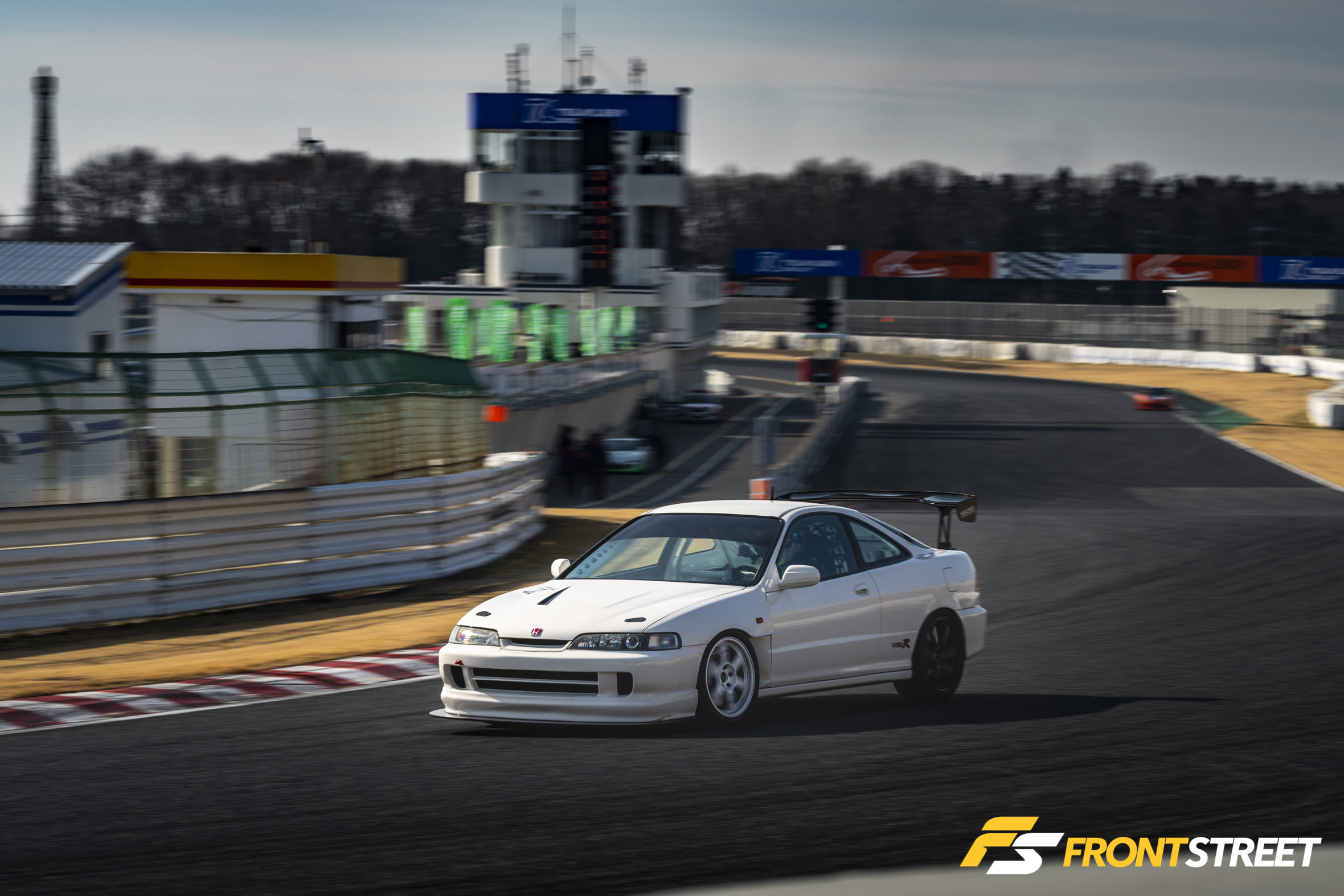

Car: ESCORT Evo IX
Driver: Fire Ando
Time: 51.119 (New AWD Overall Record, and 2nd Overall Track Record)
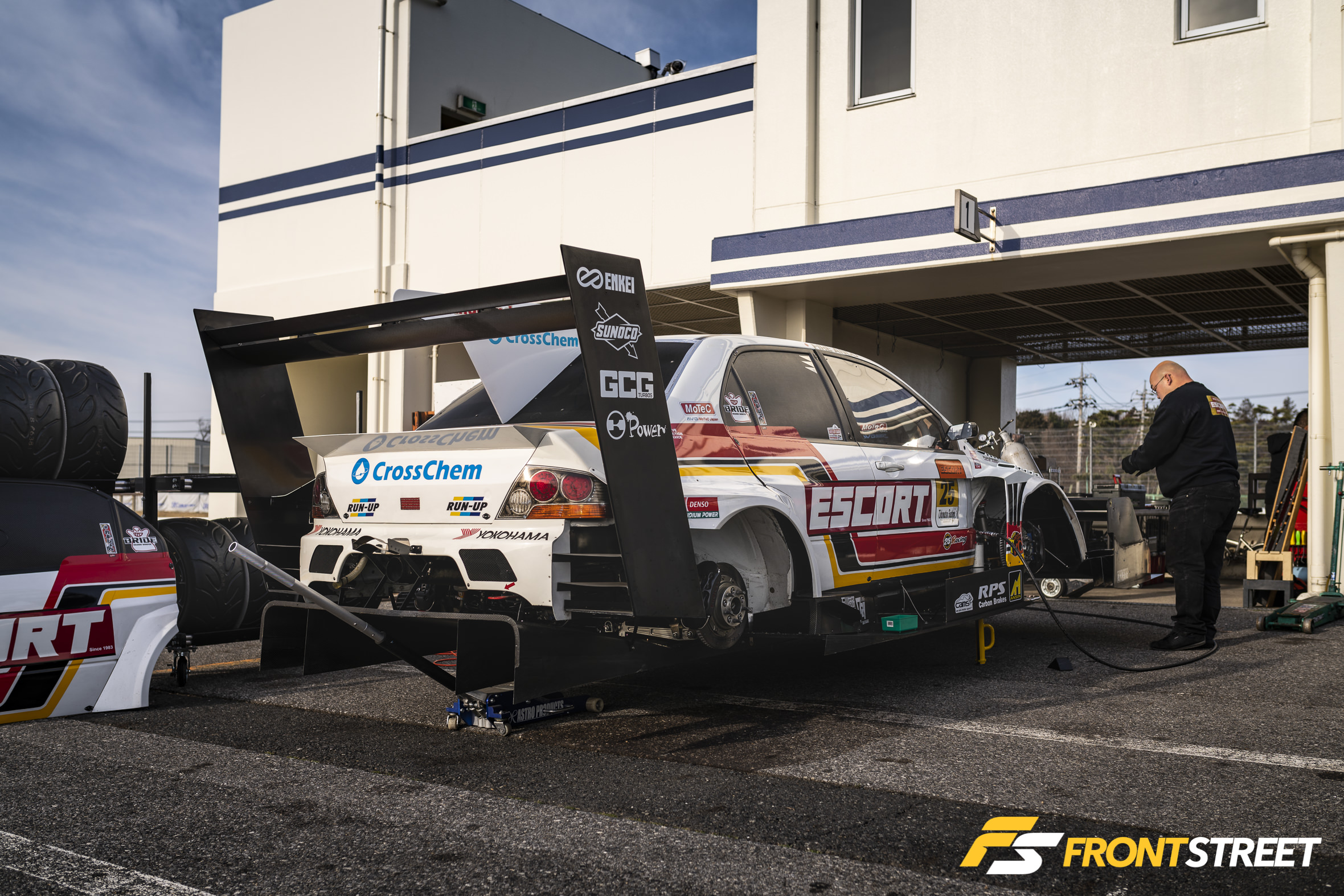
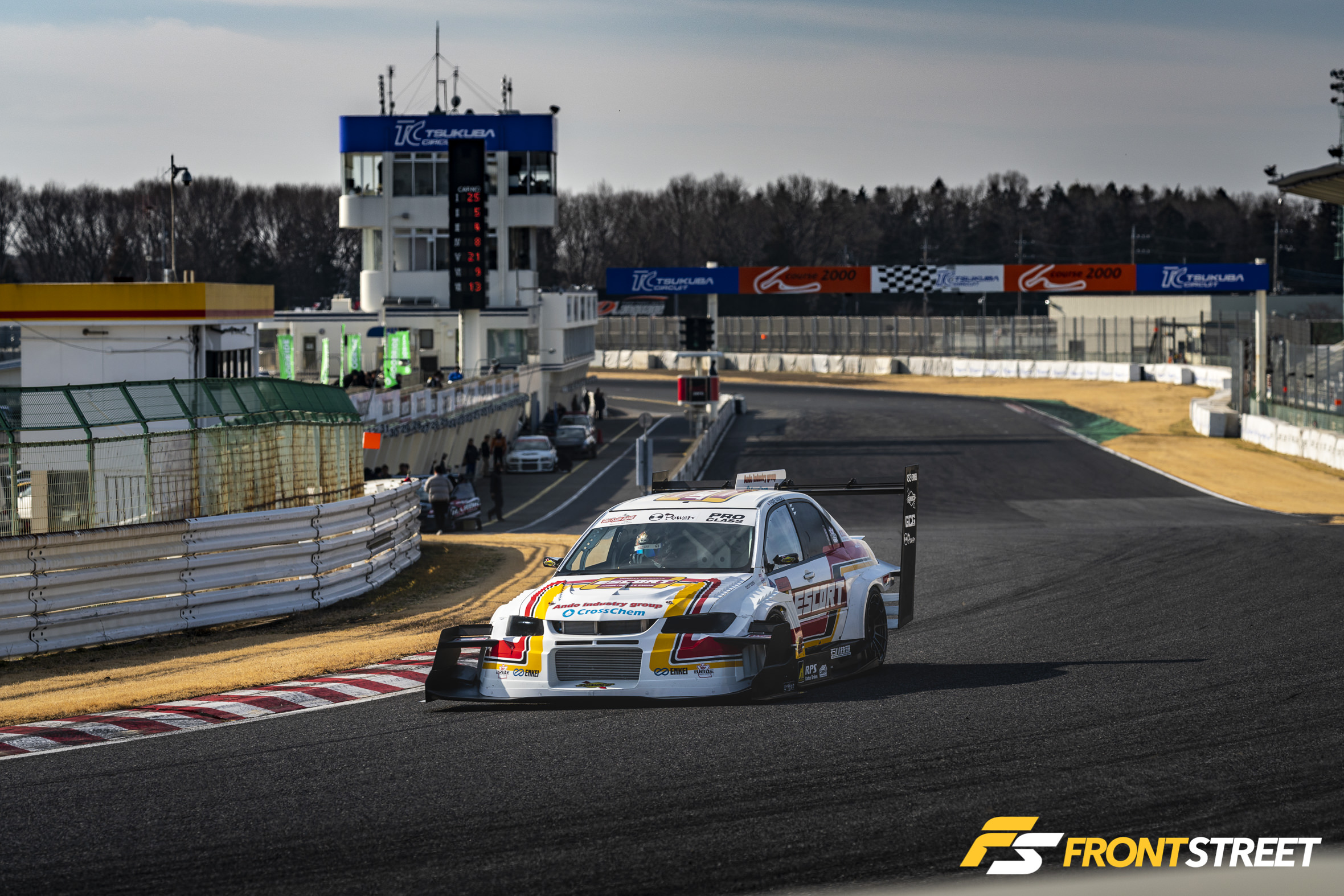
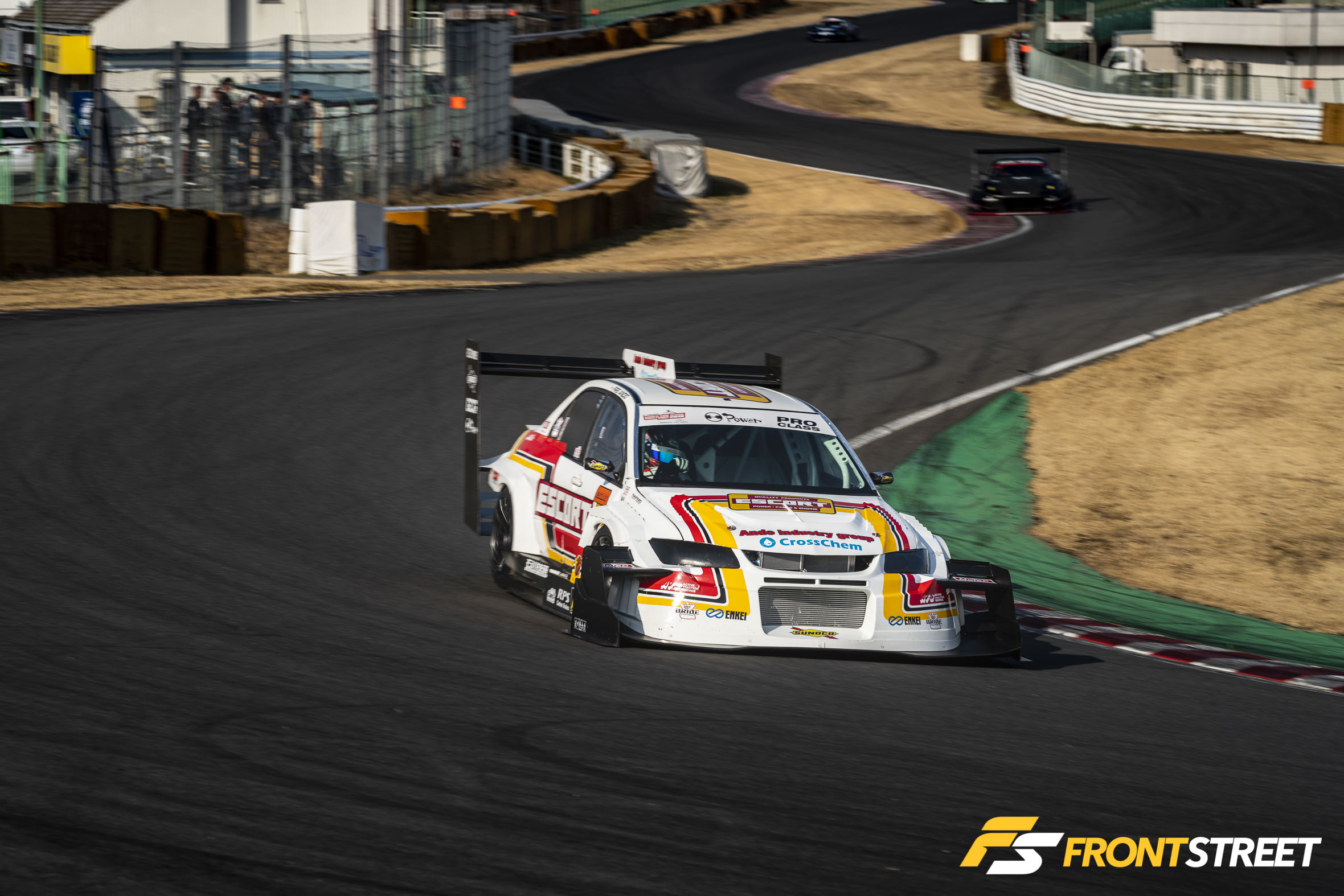
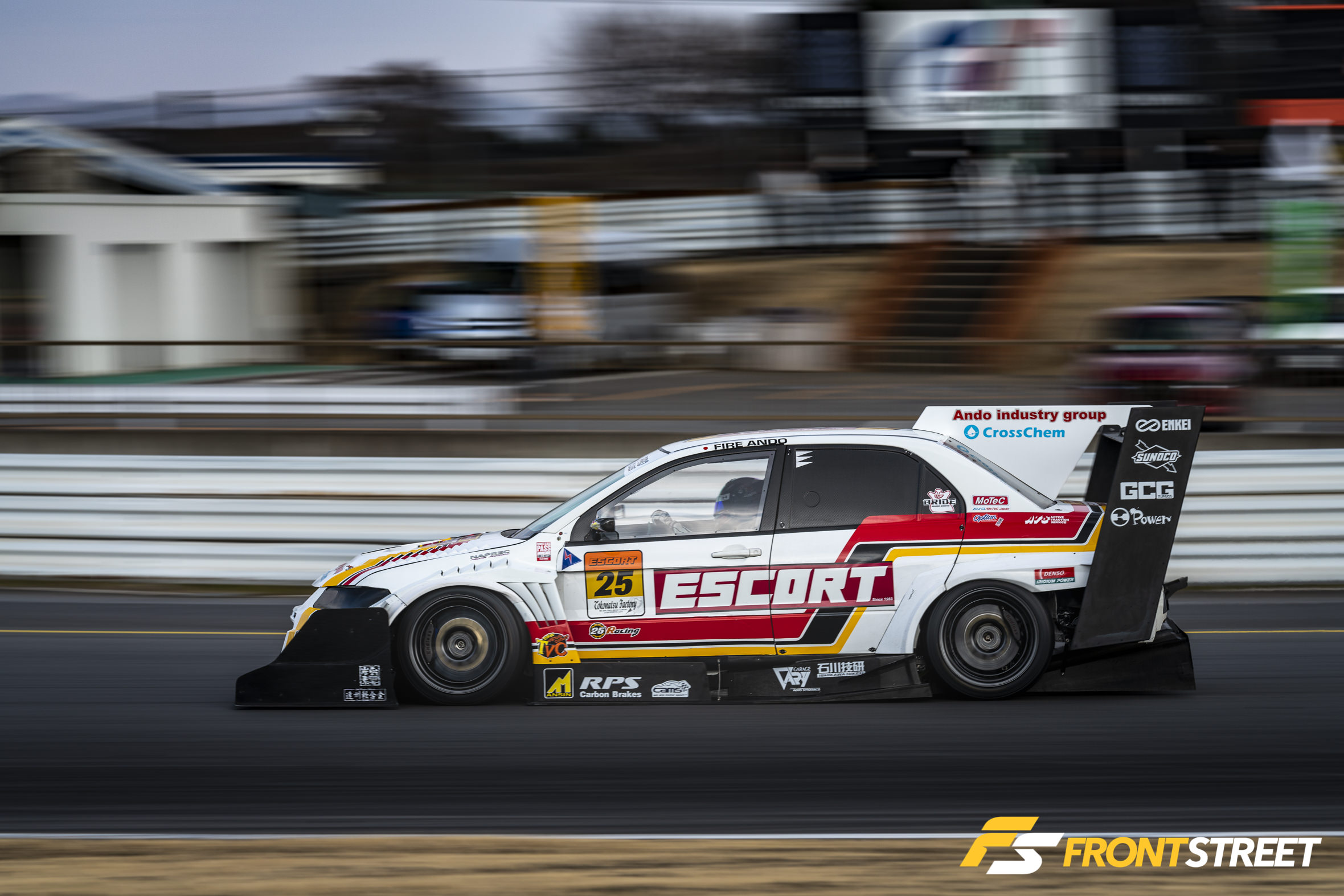
Car: ASLAN EG6
Driver: TON
Time: 56.380 (New NA FF Record)
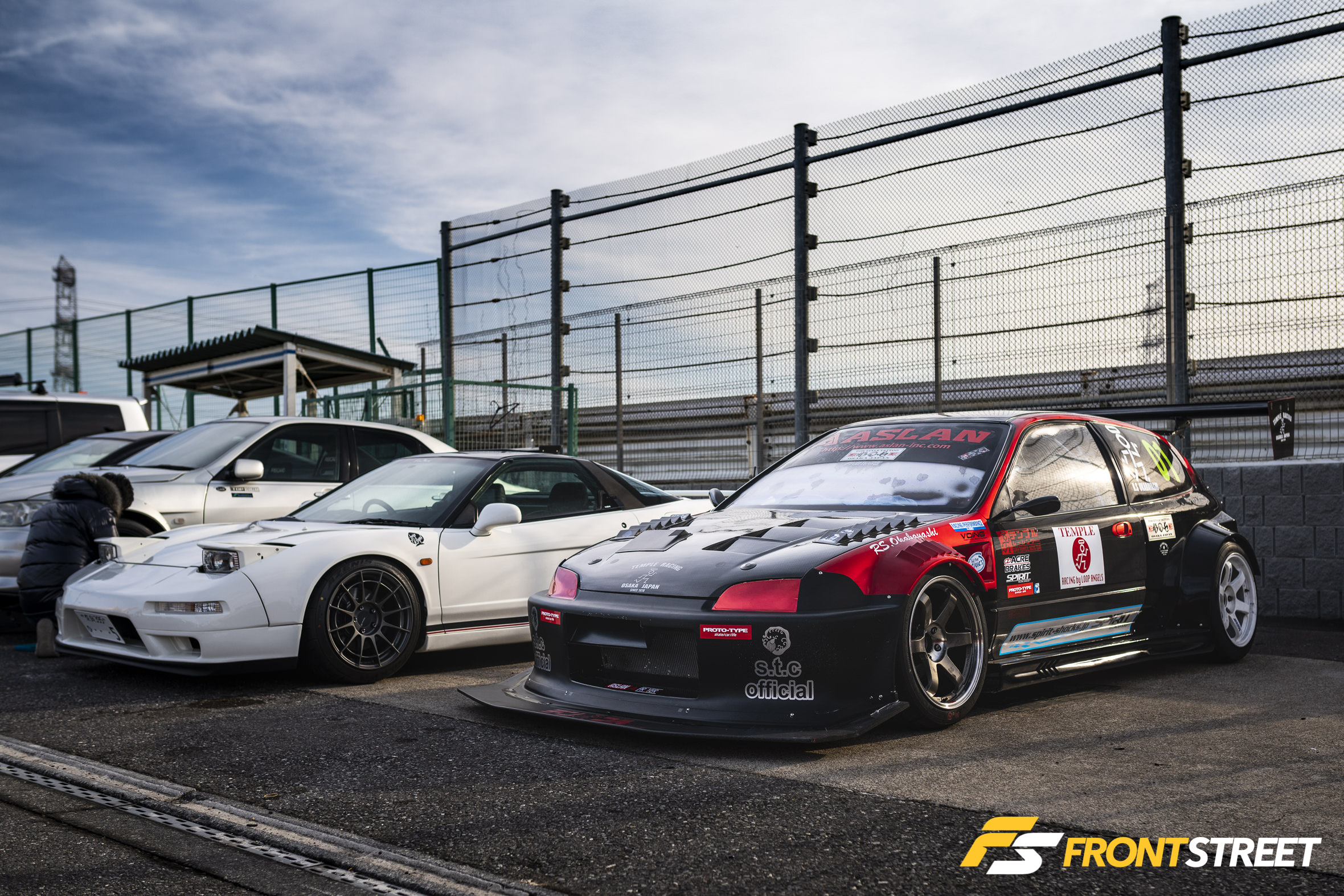
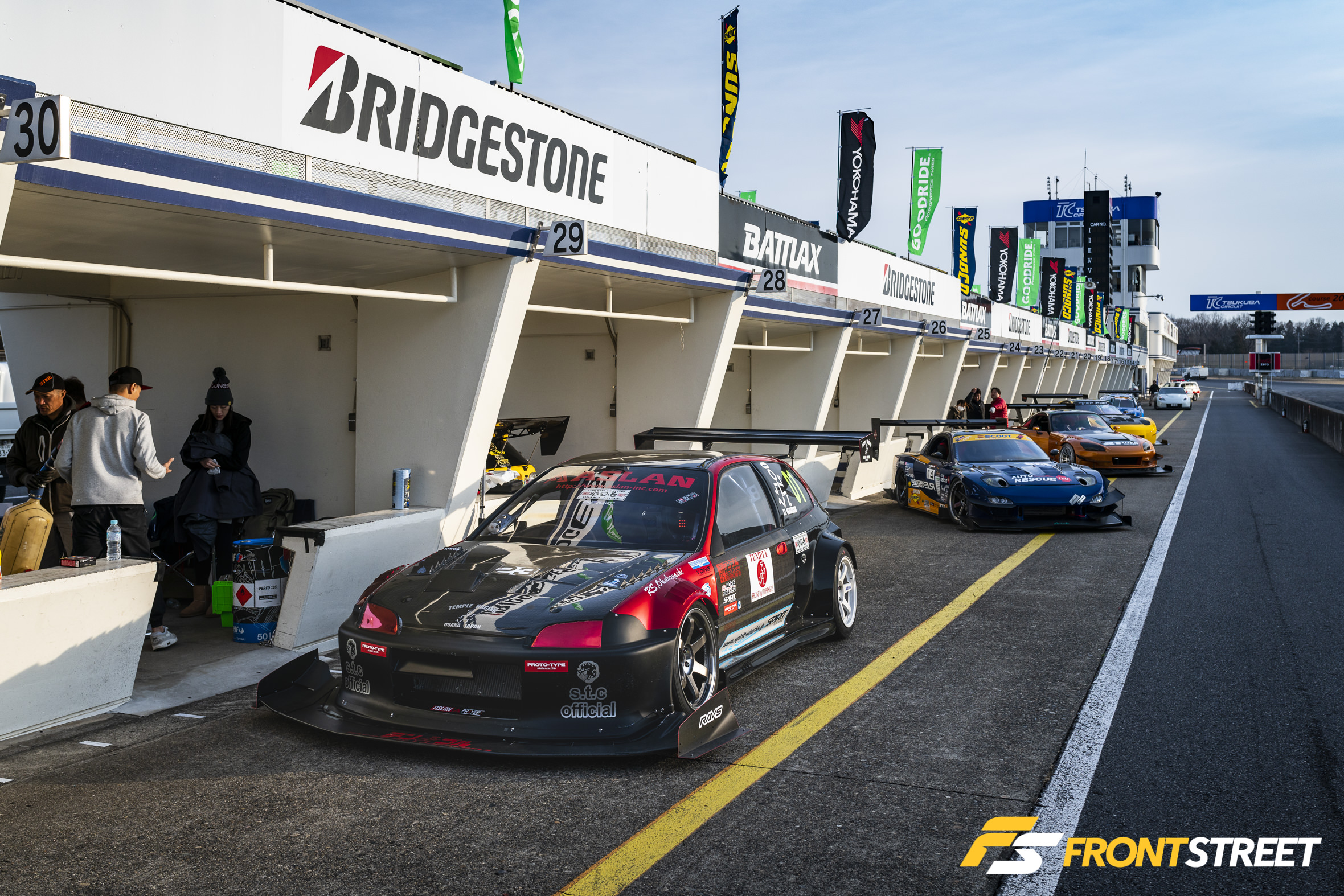
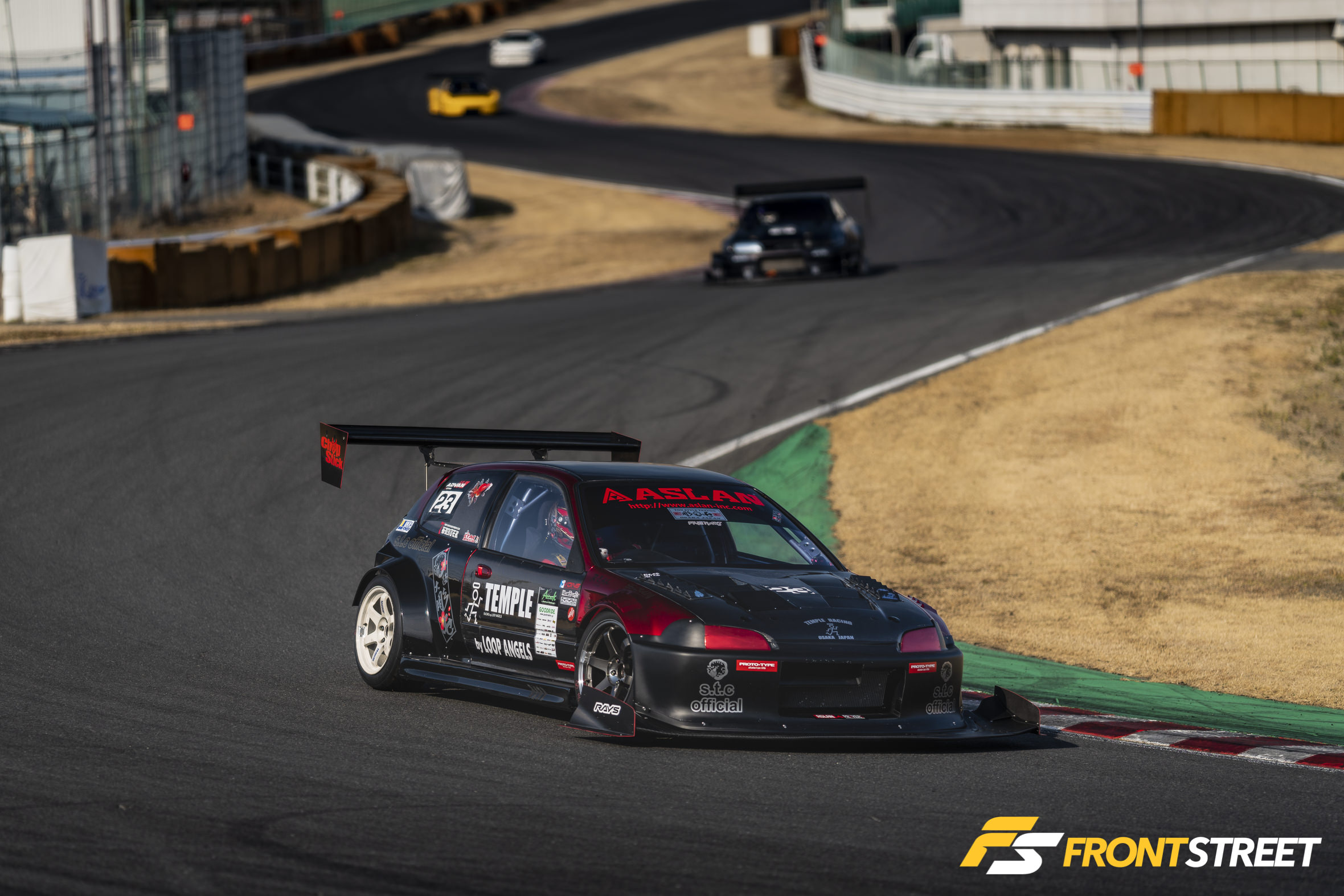
Car: Full Stage ADVAN FD3S
Driver: Shark Iiri
Time: 55.599
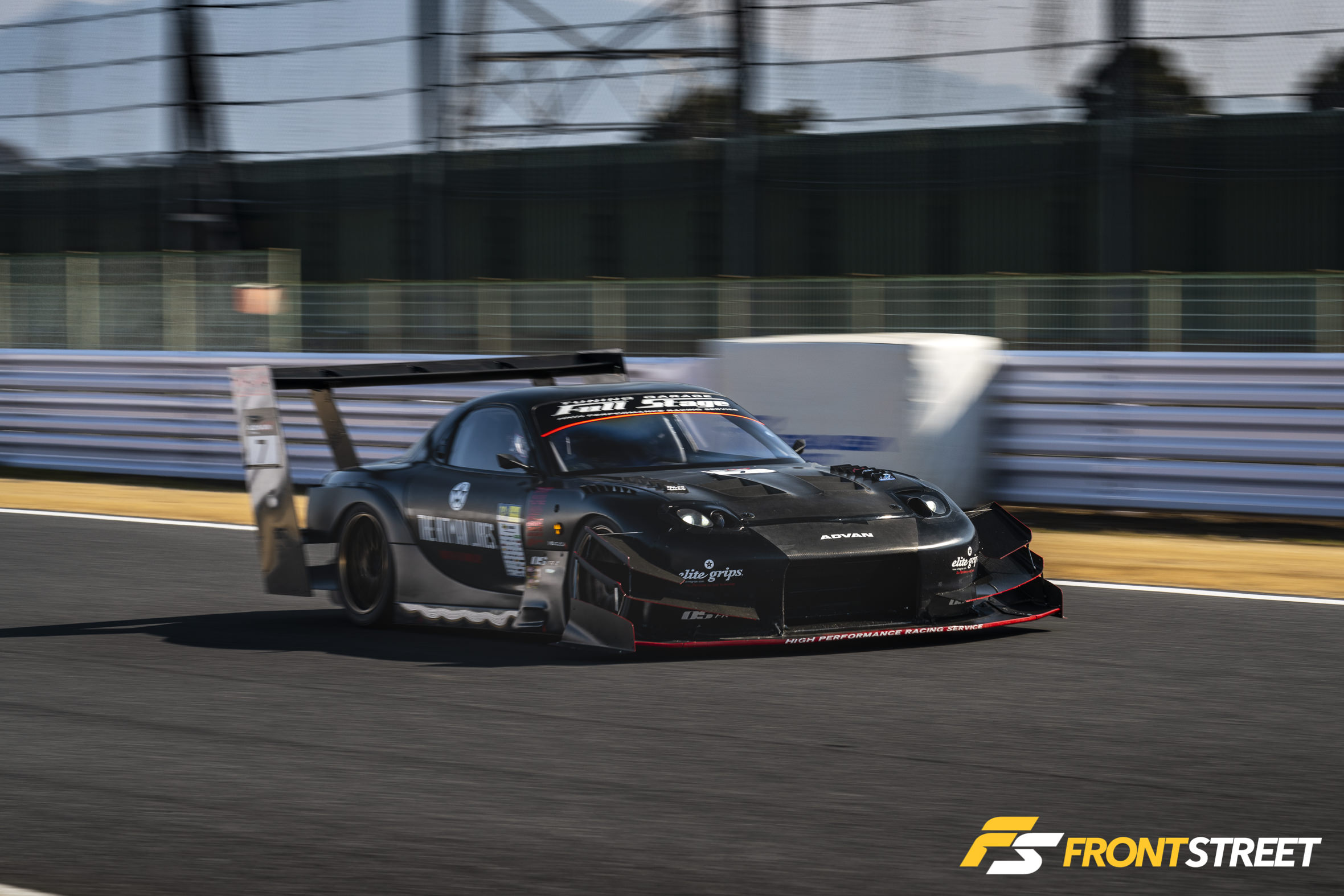
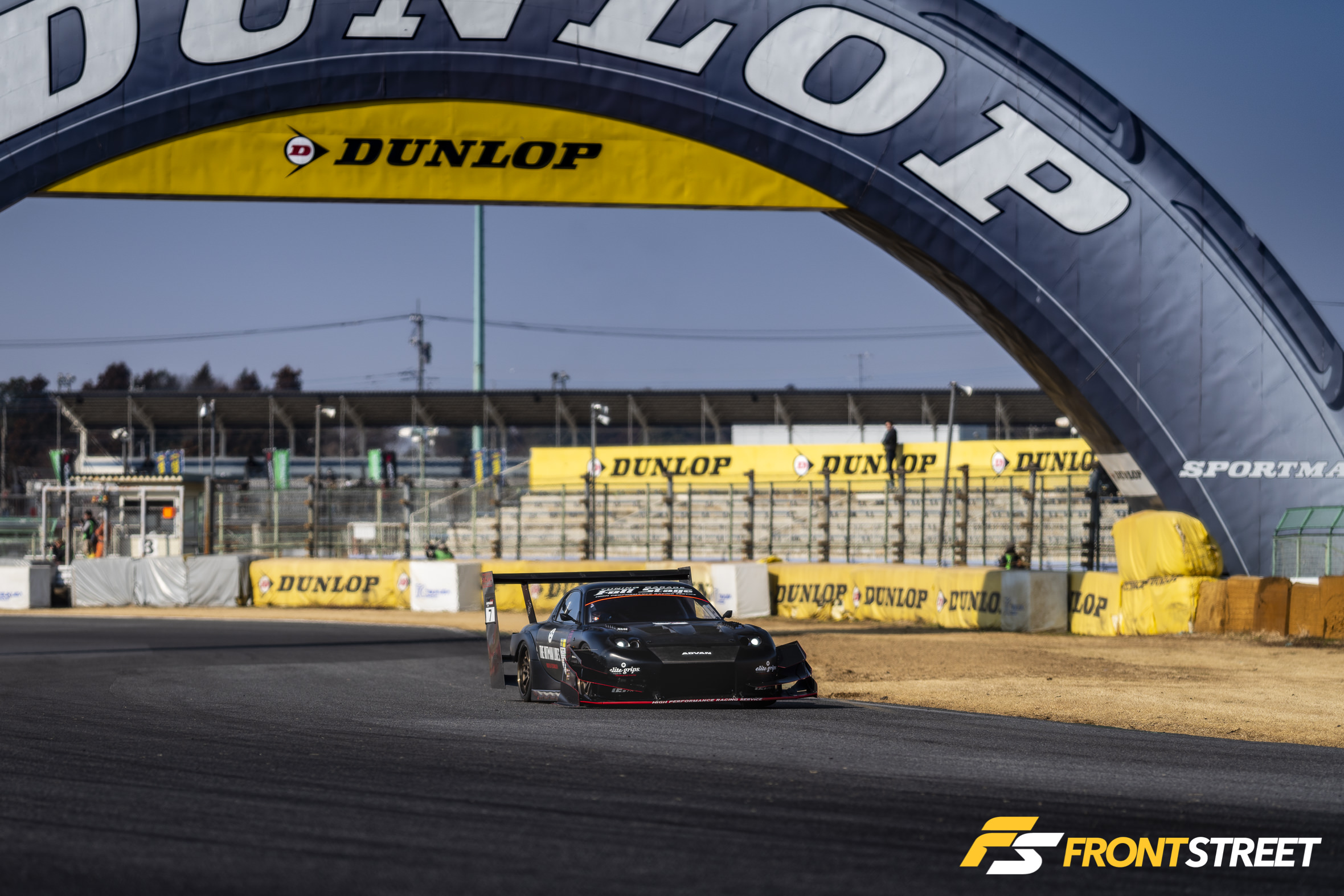
Car: ASM S2000
Driver: Hiroki Kato
Time: 56.875 (New NA S2000 Record)
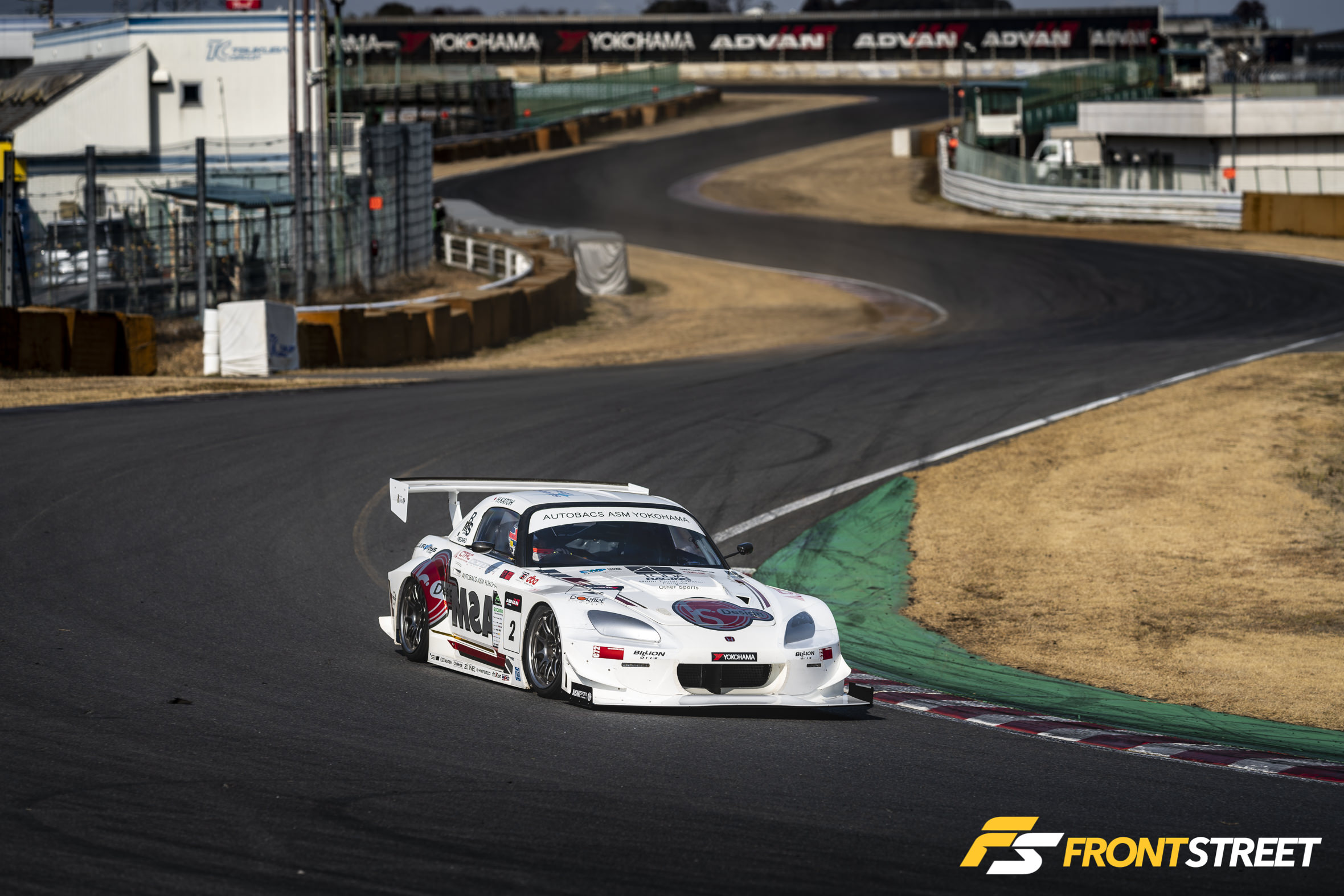
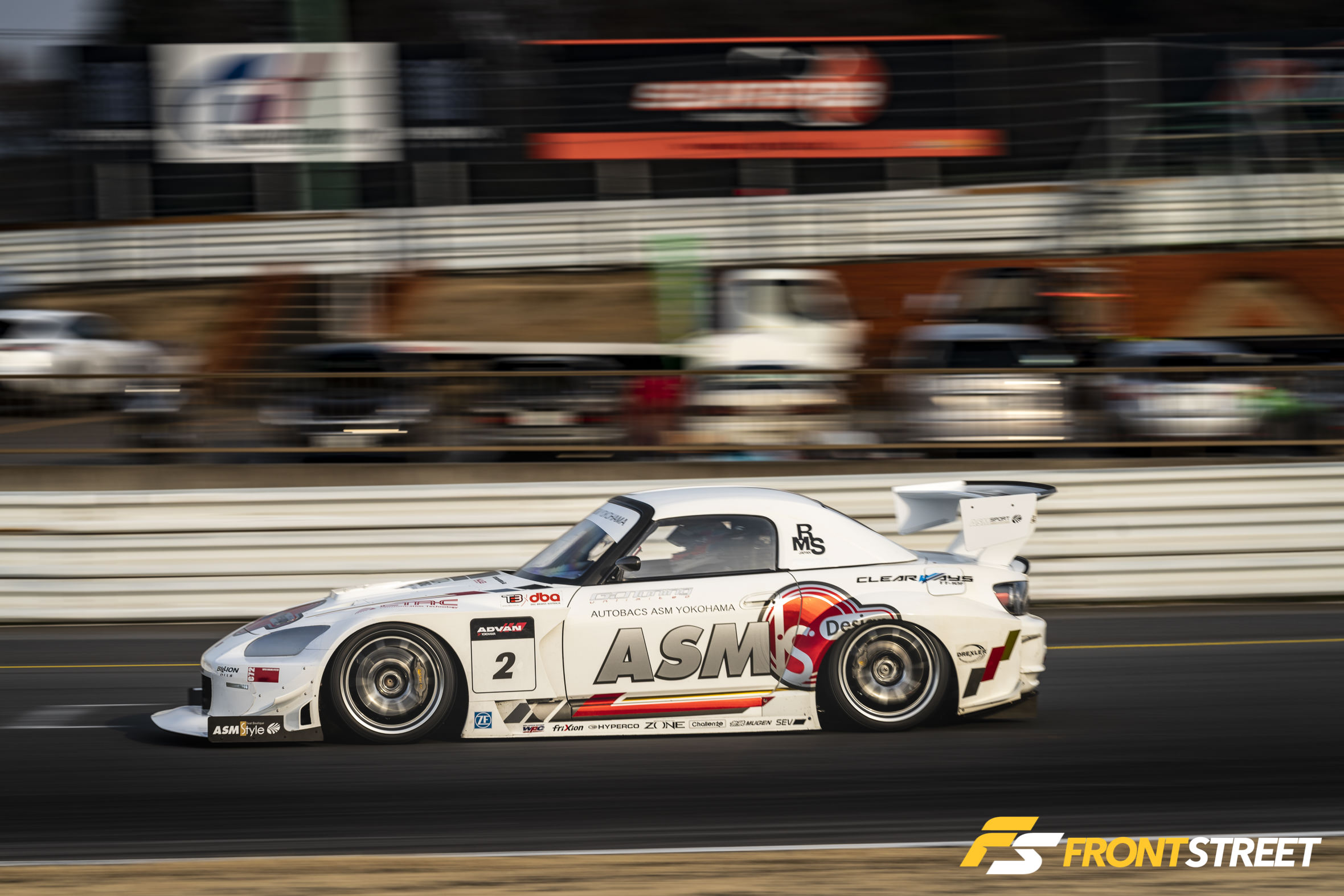
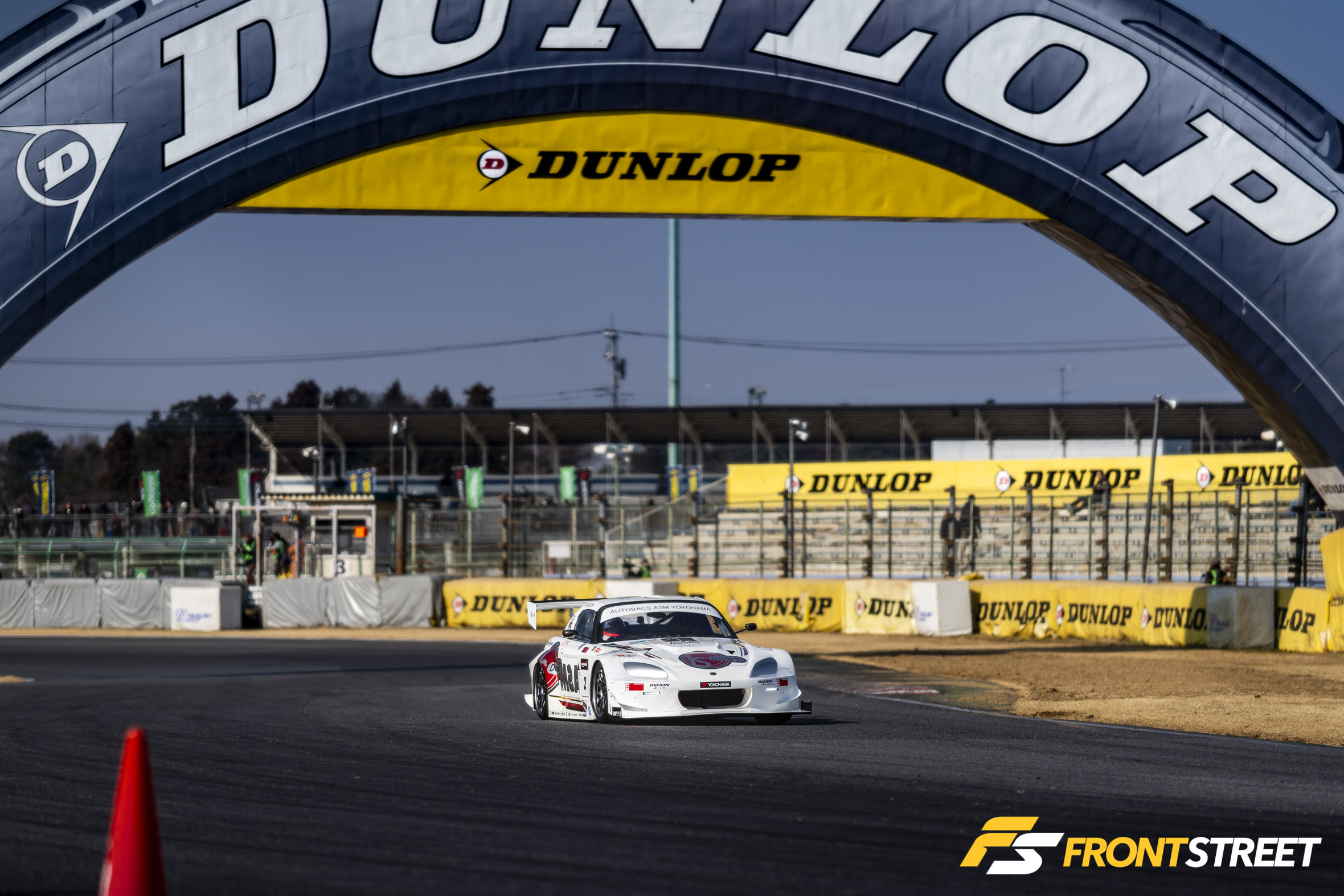

Car: Fura S2000
Driver: Fura
Time: 57.490
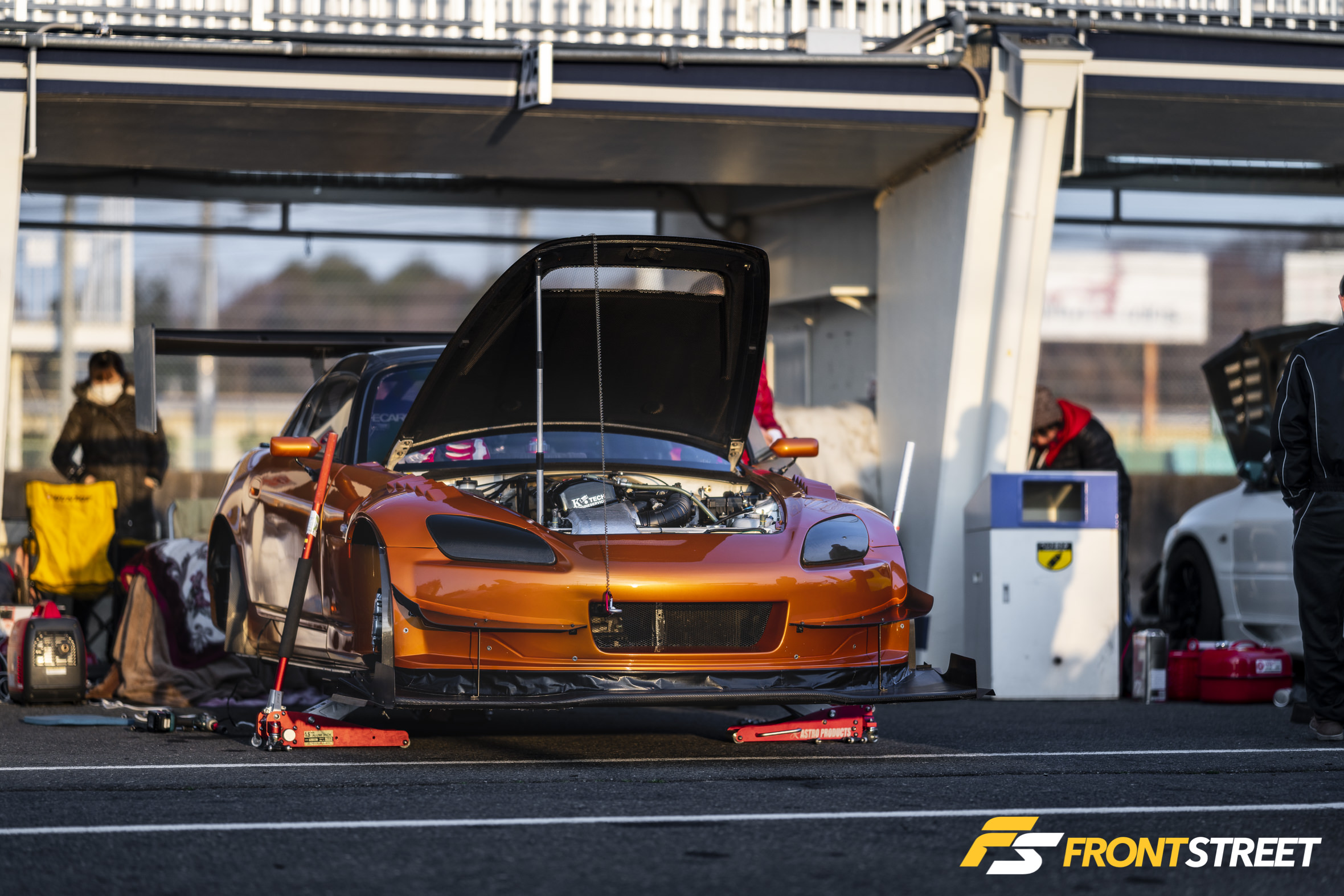

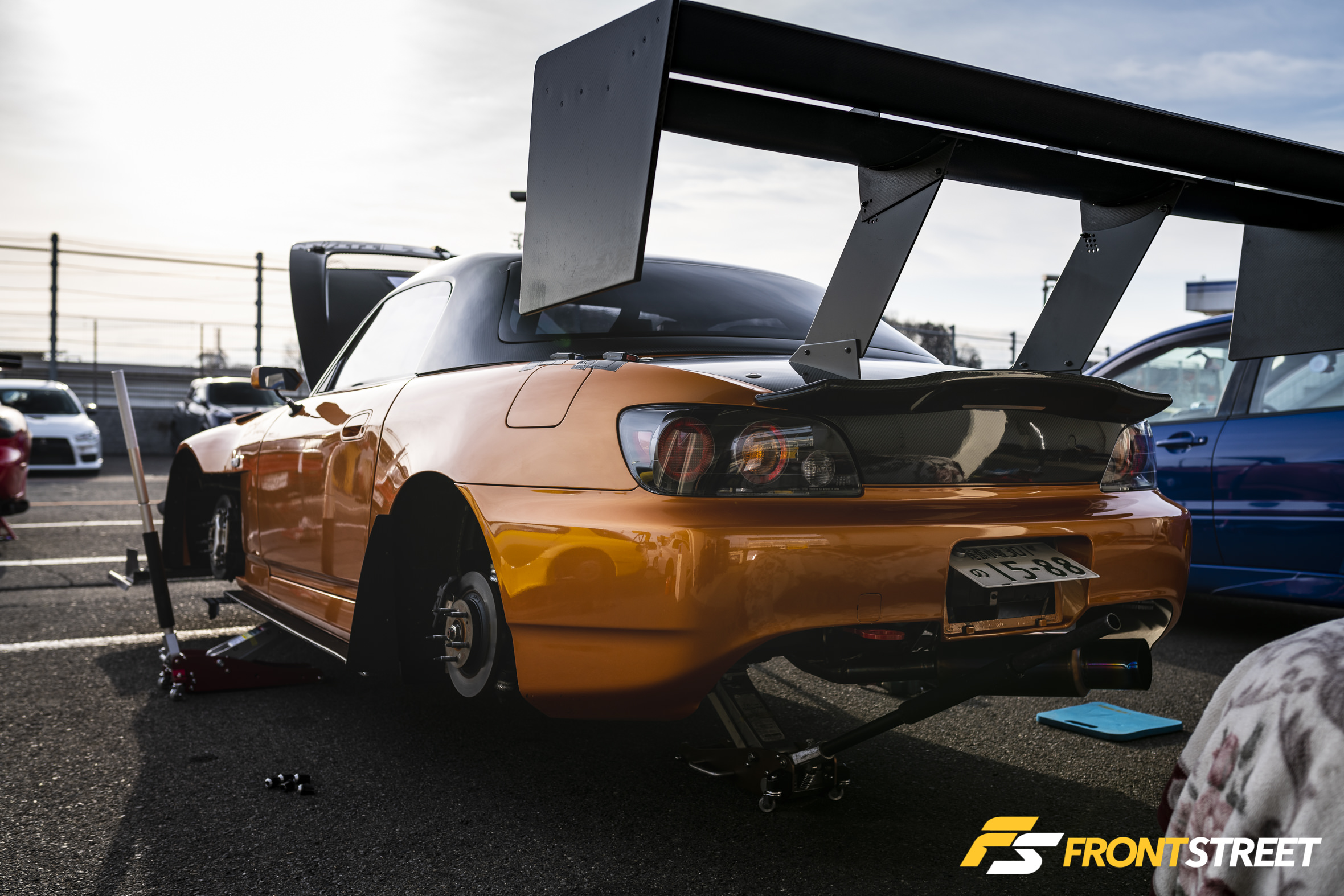
Car: Arvou ☆ TIT Light Green S2000
Driver: Yoshitaka
Time: 57.908
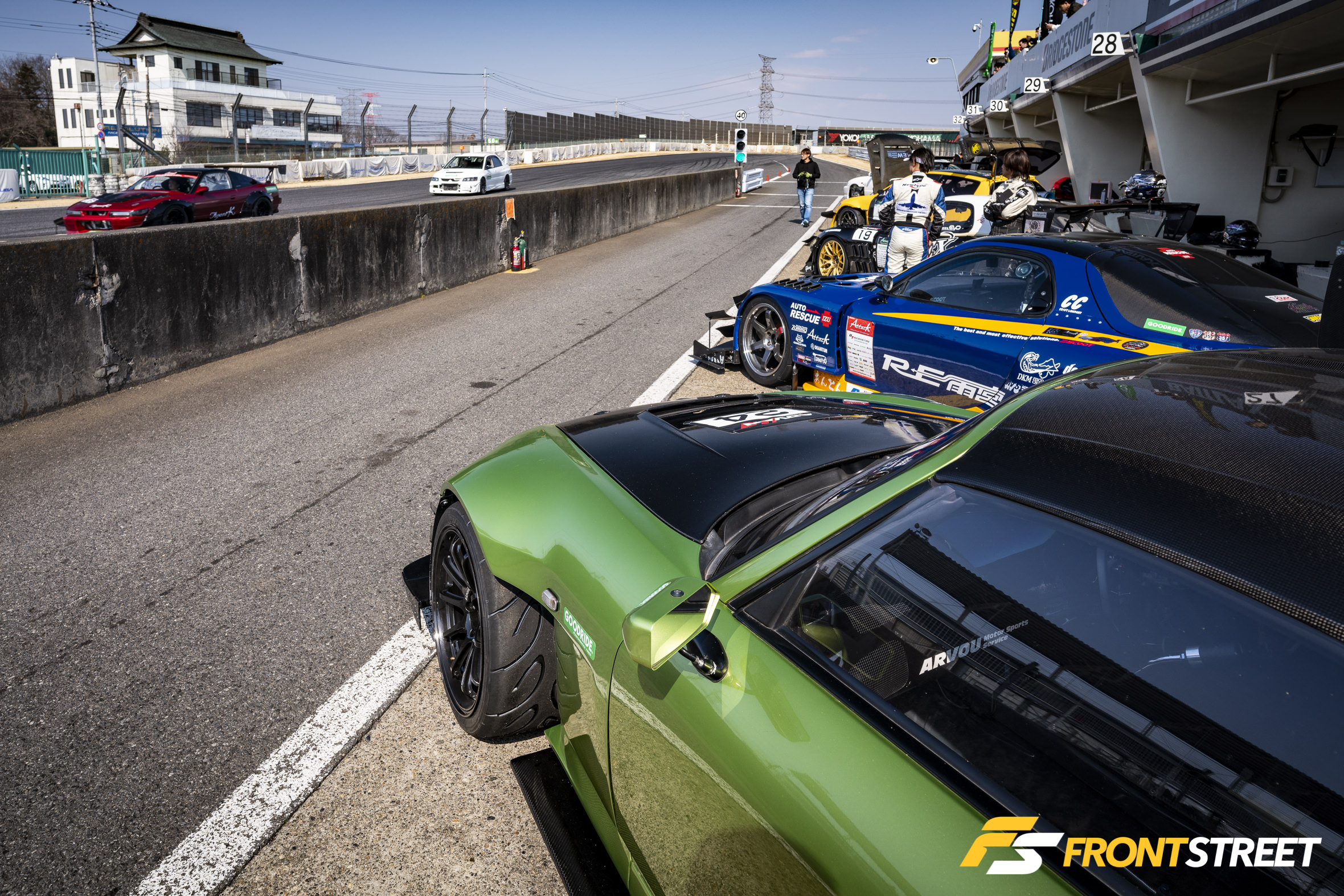

Car: G Force Evo
Driver: Nobutero Taniguchi
Time: 53.820
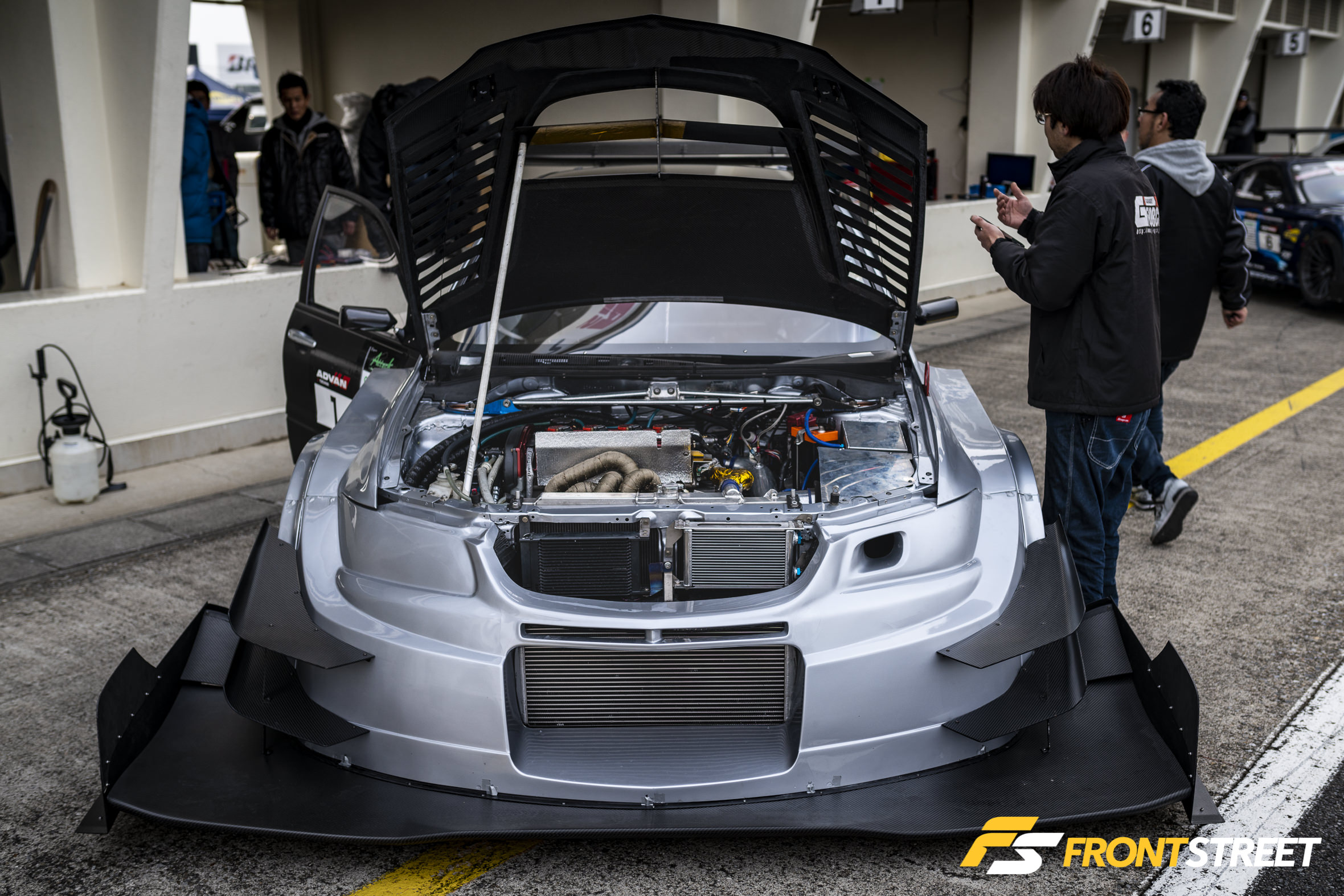
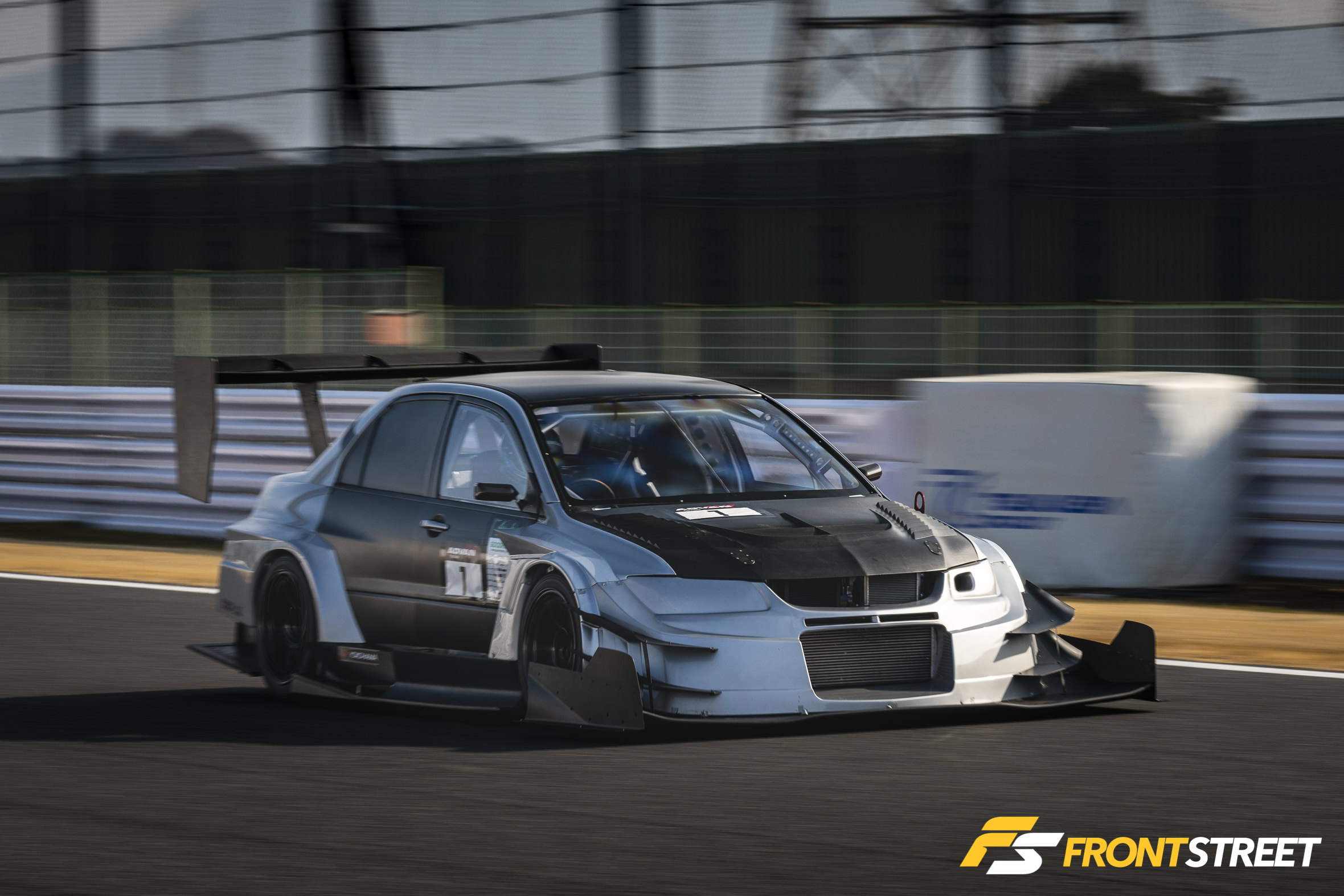
Car: ASSIST BMW M4
Driver: Nobuteru Taniguchi (Yep, he drove two cars.)
Time: 58.818

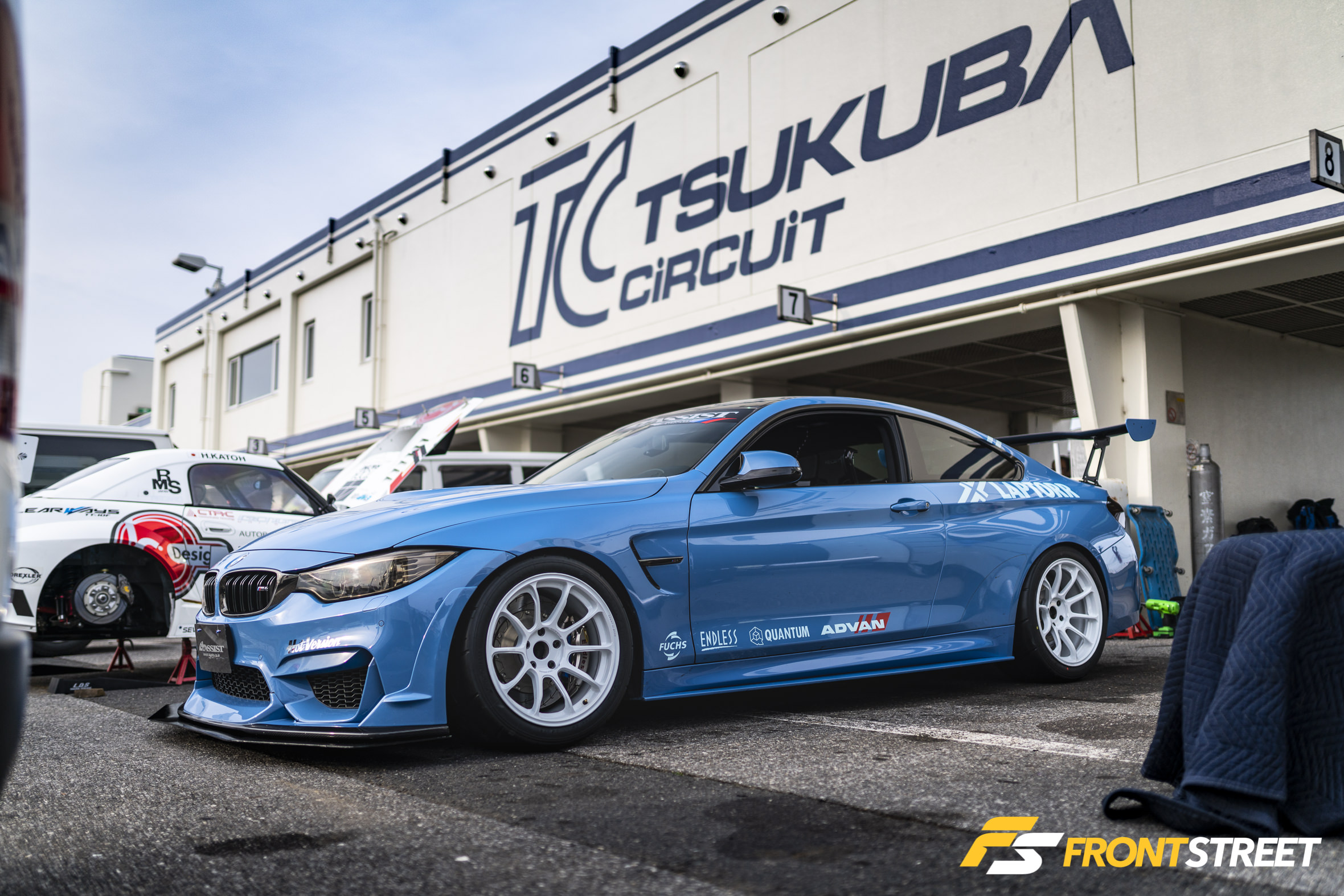
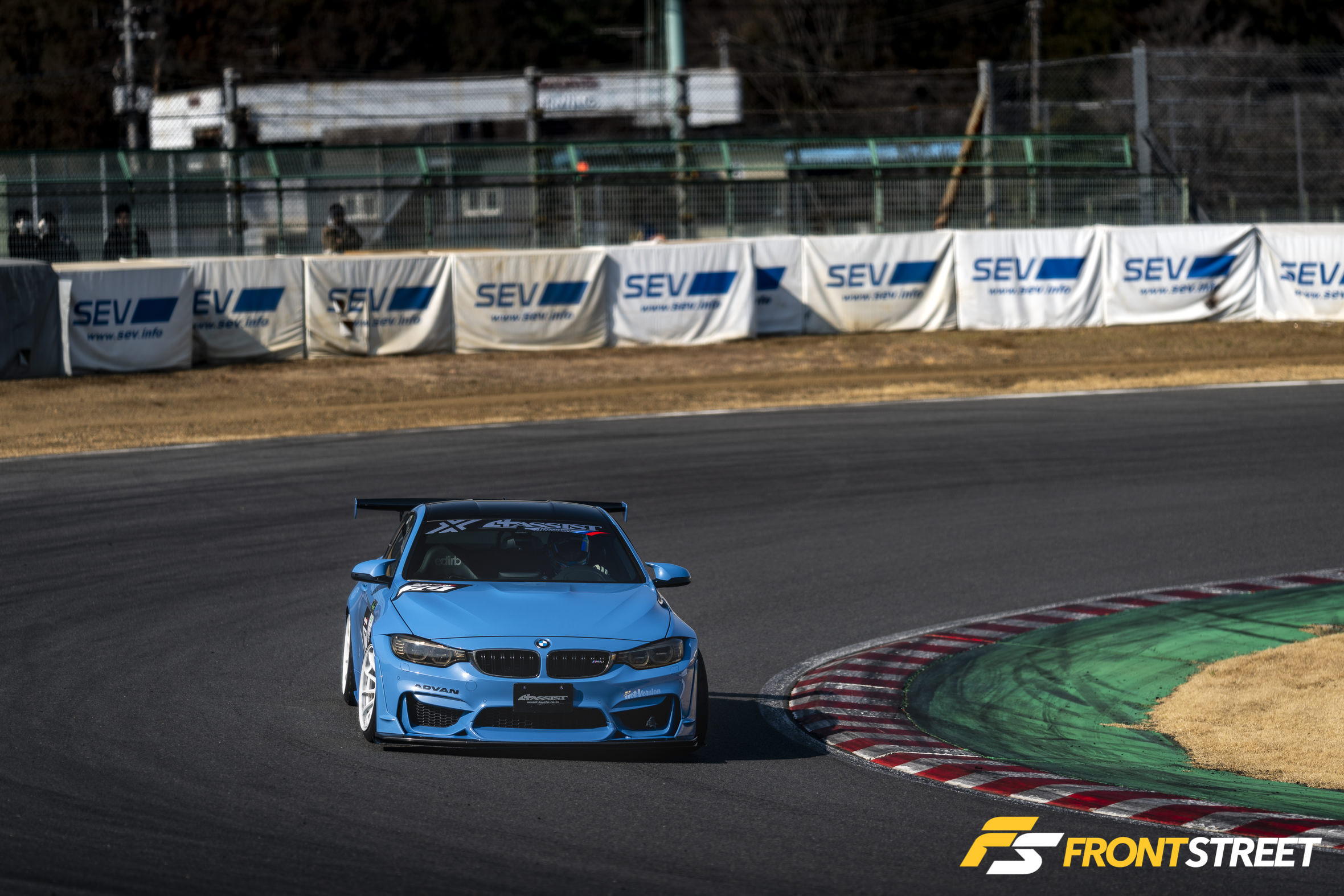
Car: Yellow Factory ☆ KEW Racing EG6 Civic
Driver: Ryo Kaneko
Time: 56.697
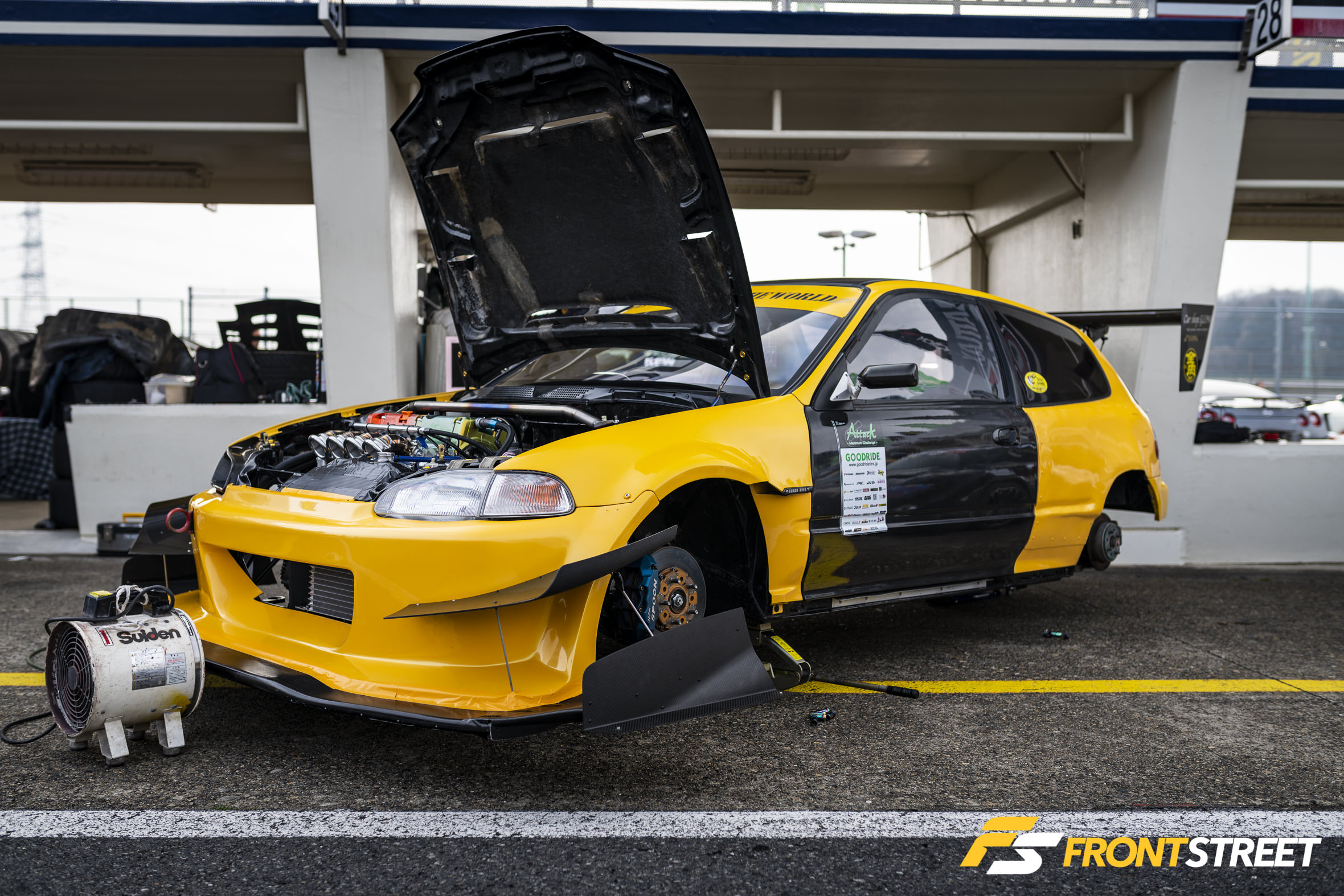
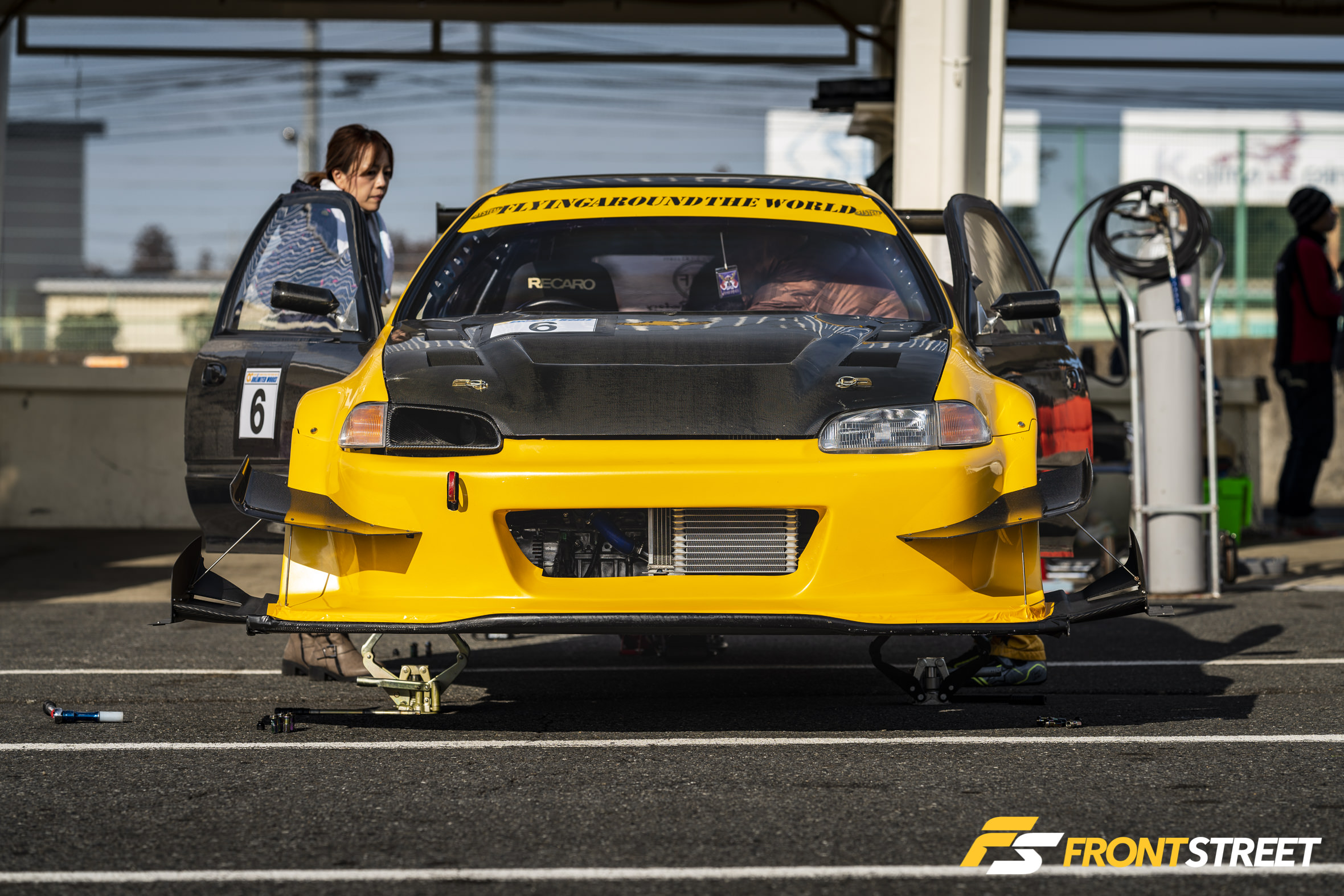
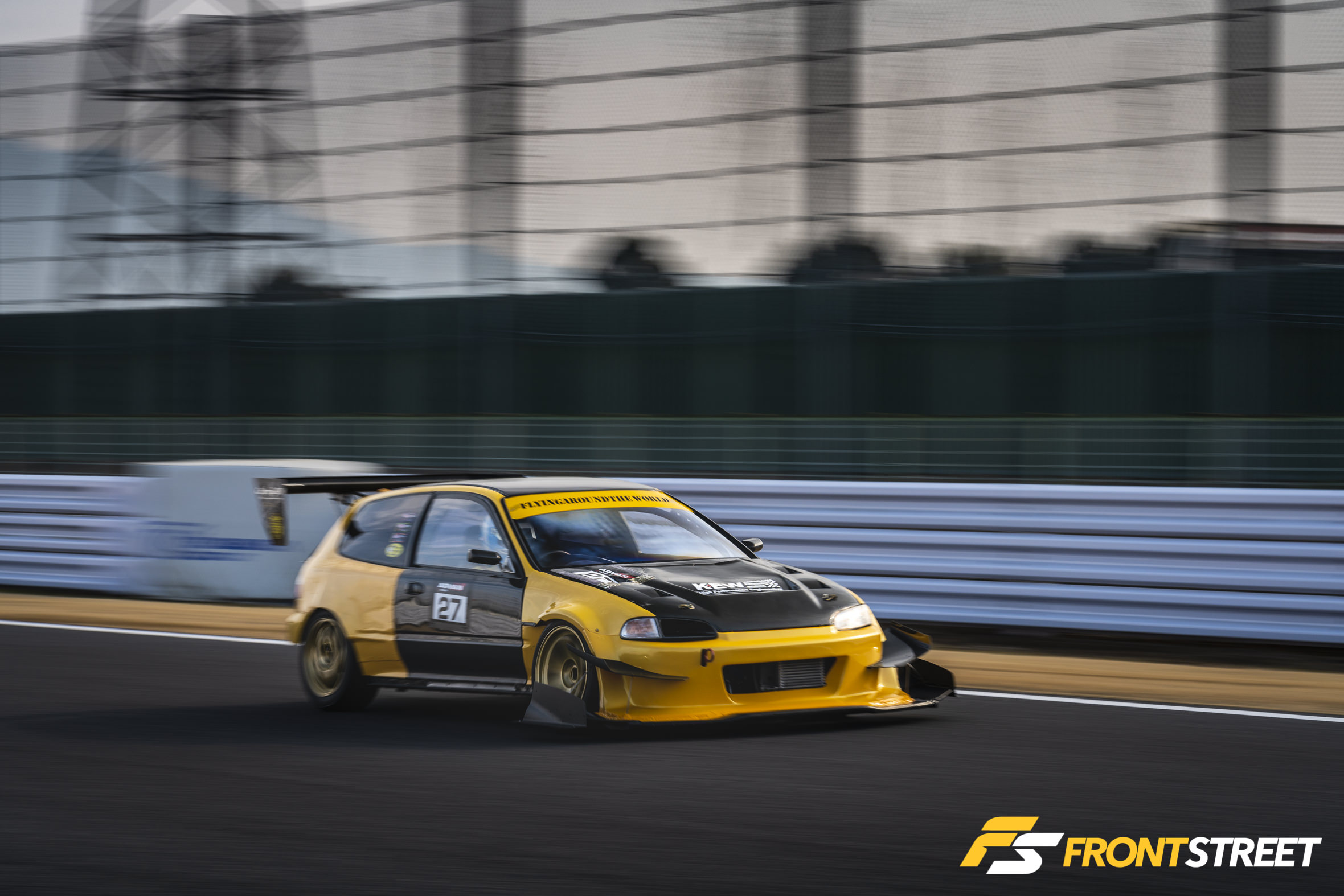
Car: AutoBahn JZZ30 Soarer
Driver: Kunihiko Bando
Time: 53.680
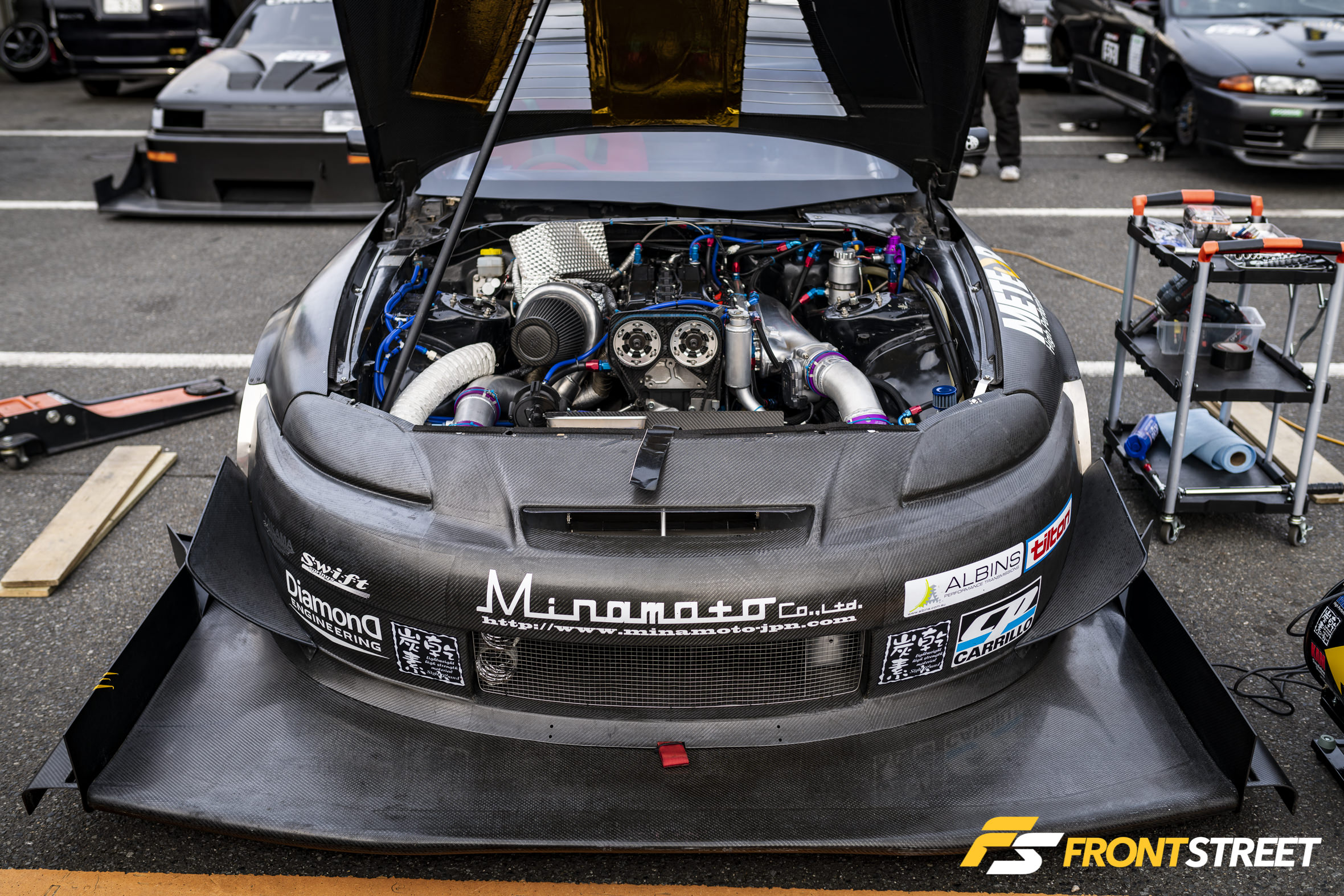
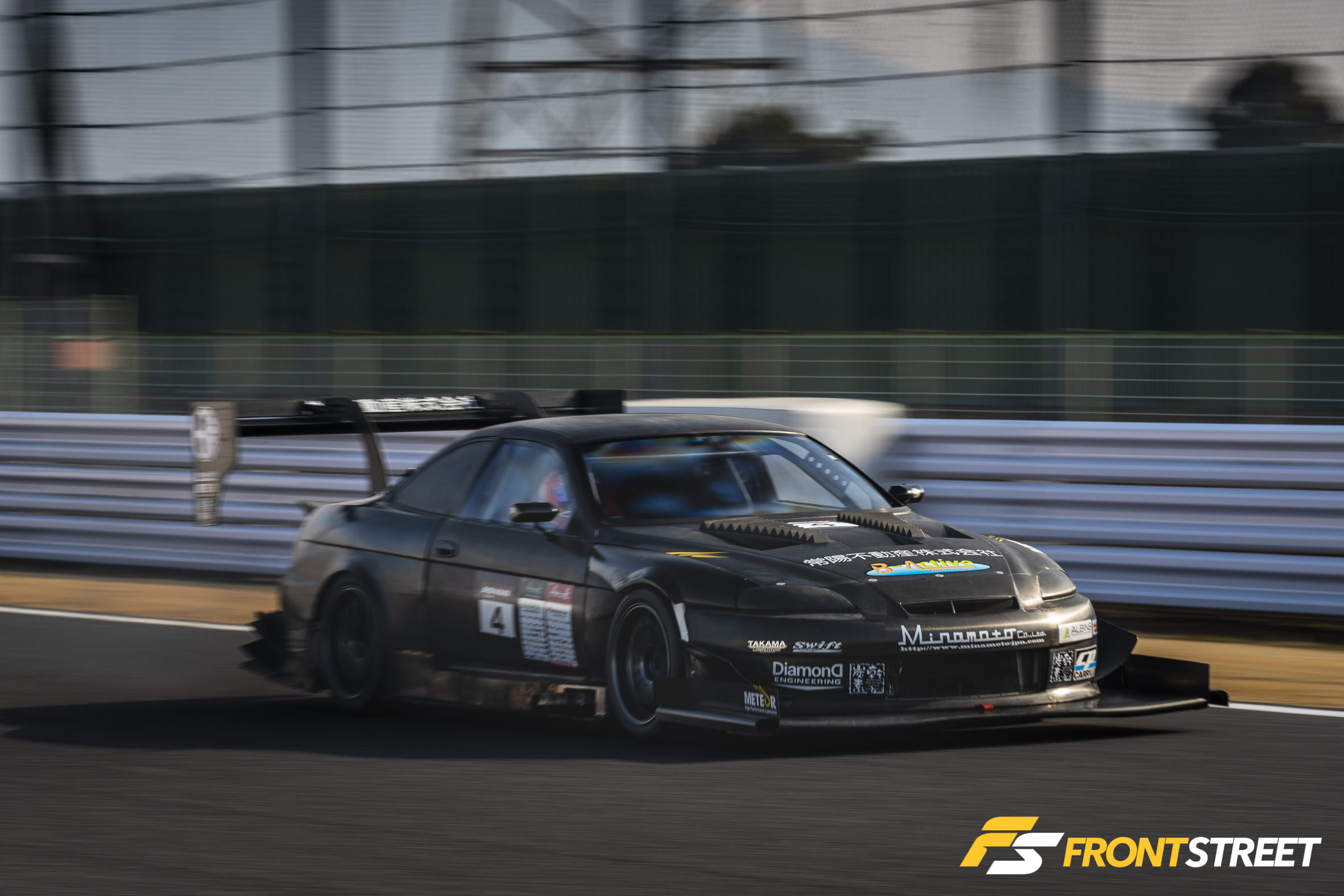
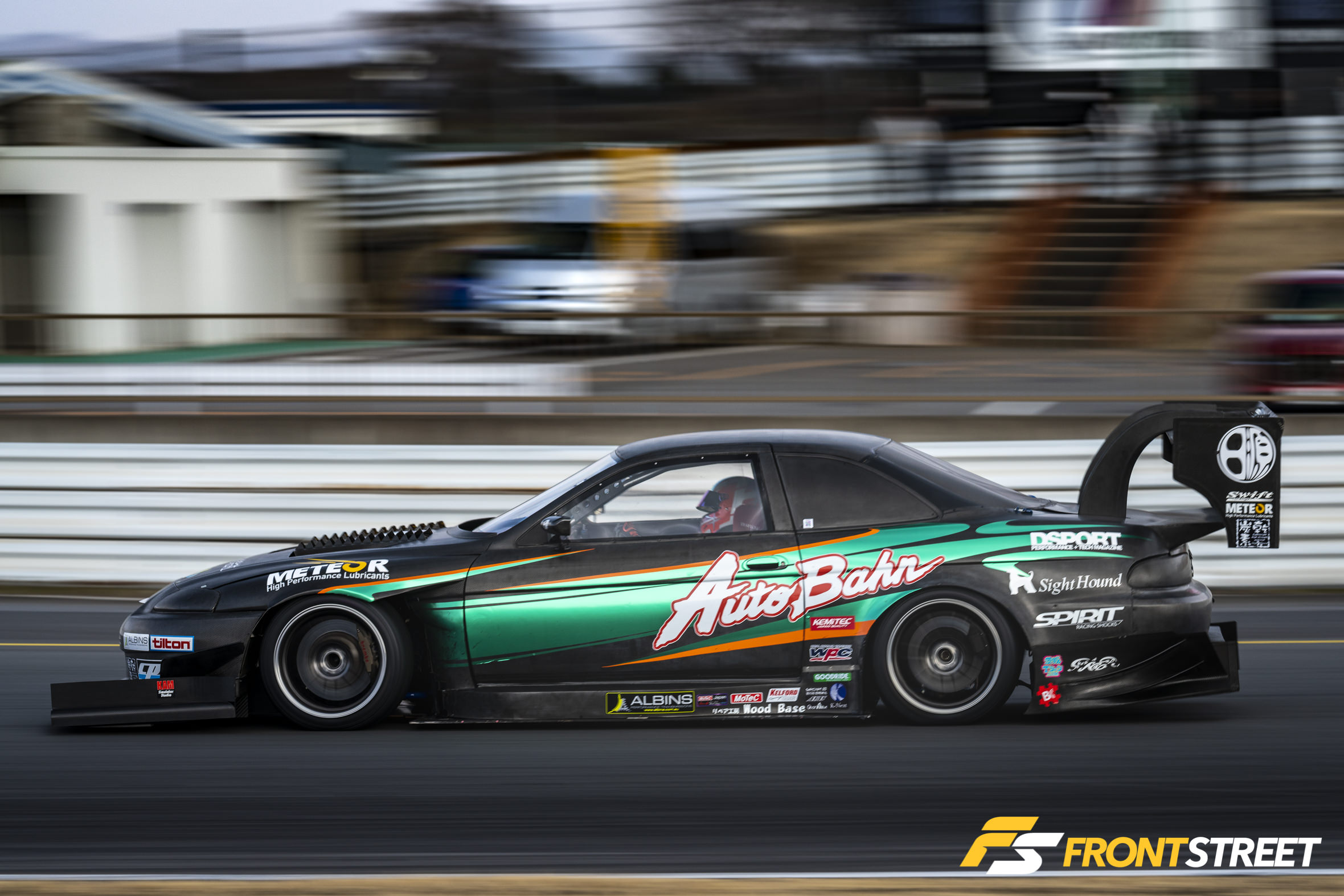
Car: Auto Rescue Izu FD3S
Time: 57.071
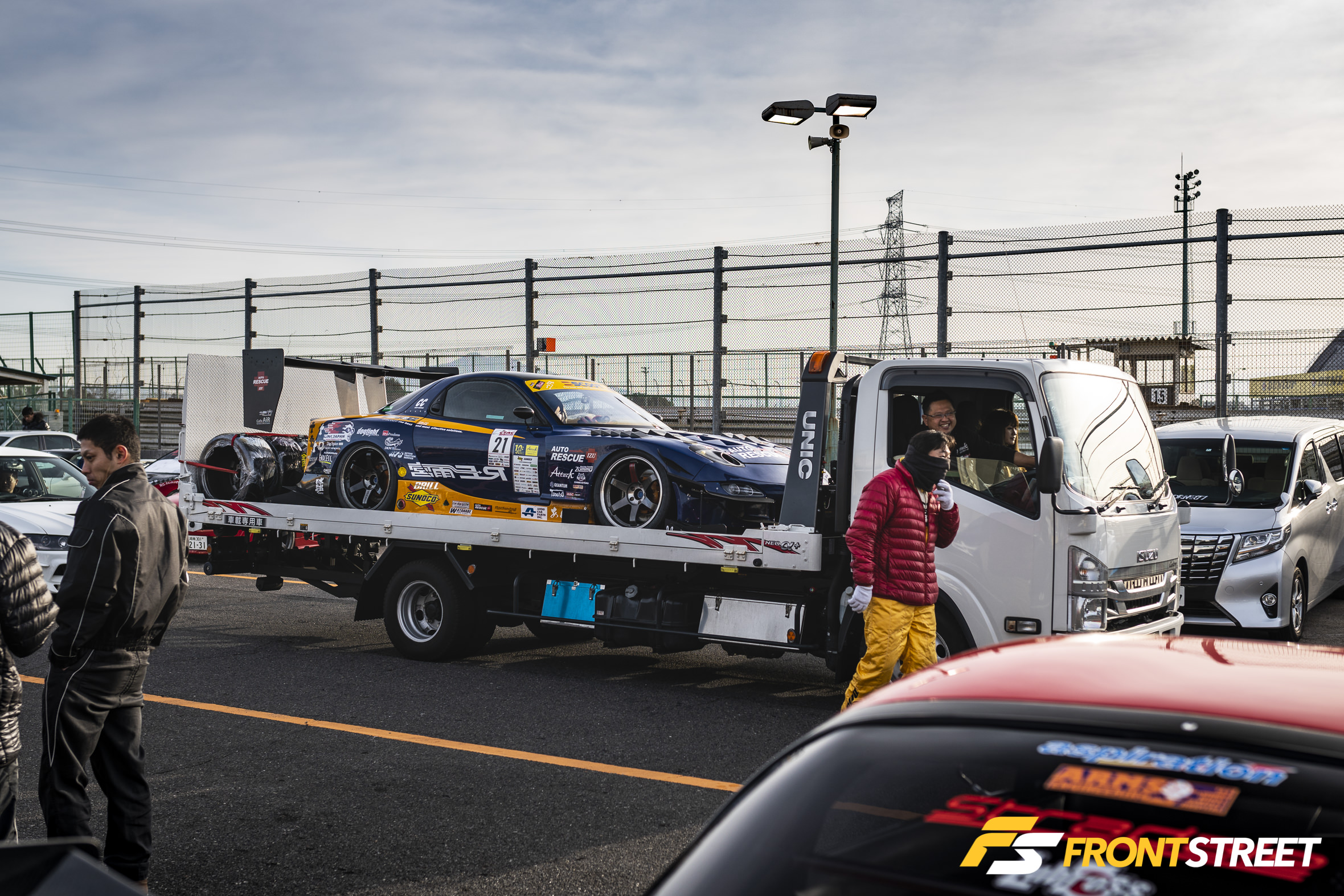
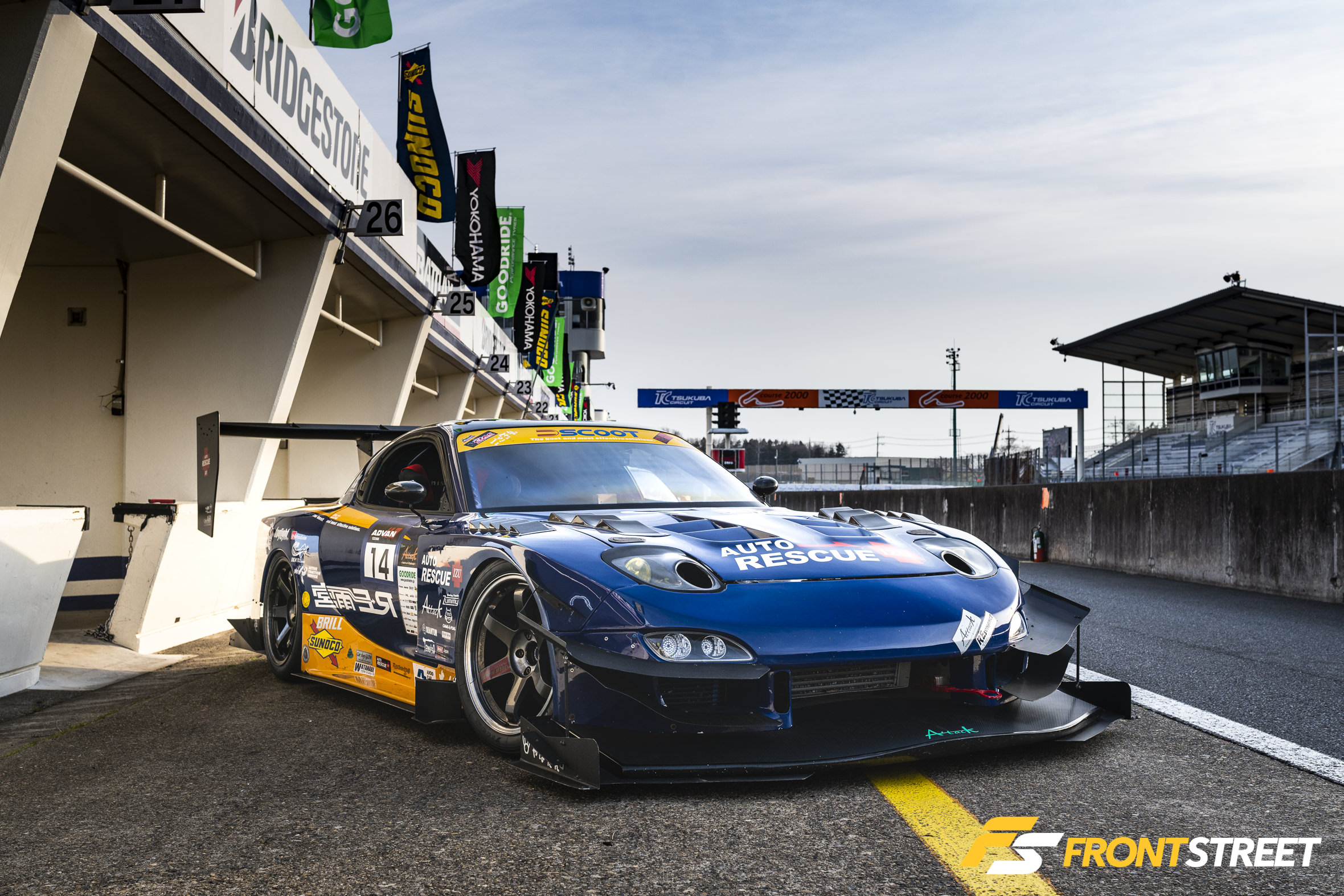
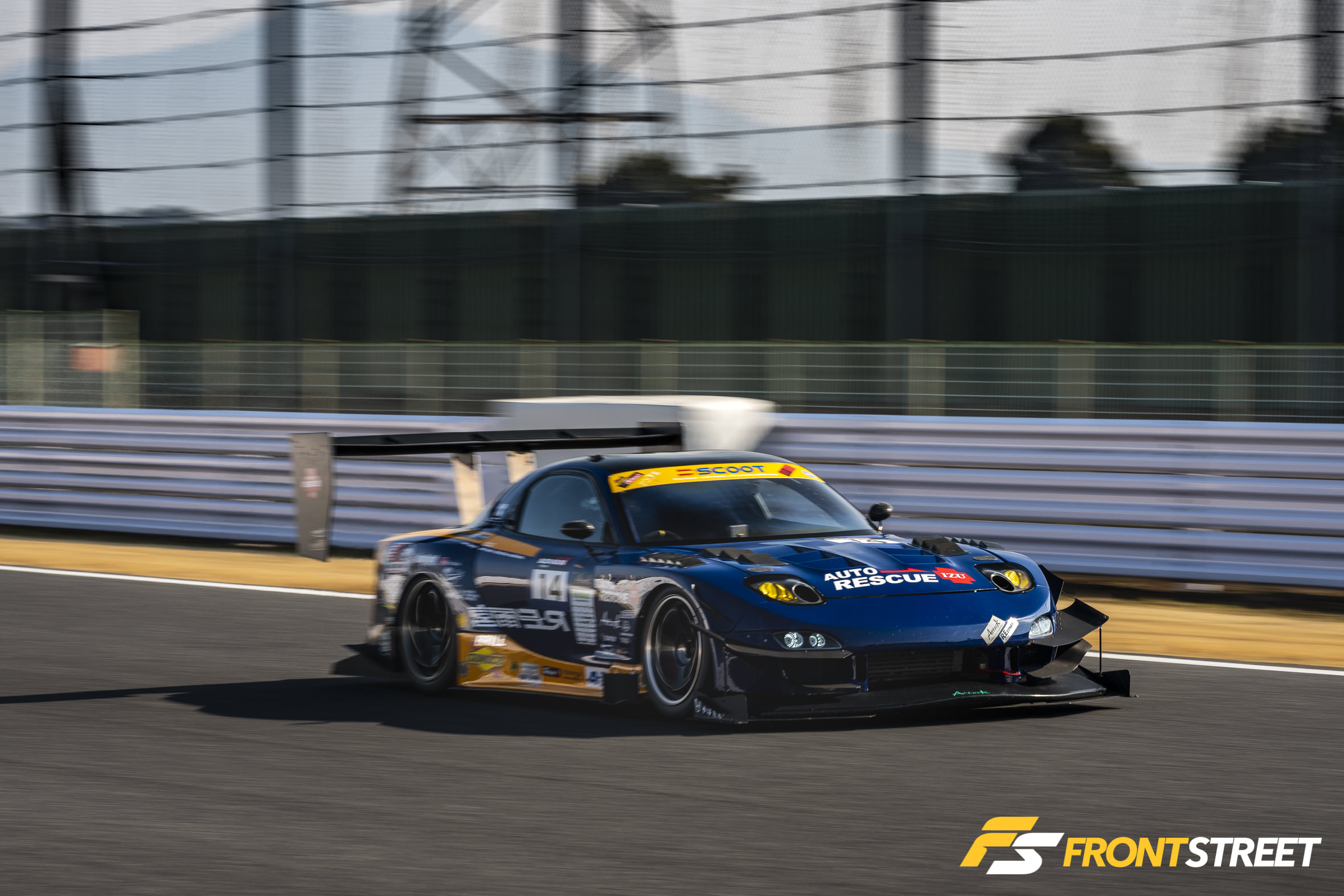
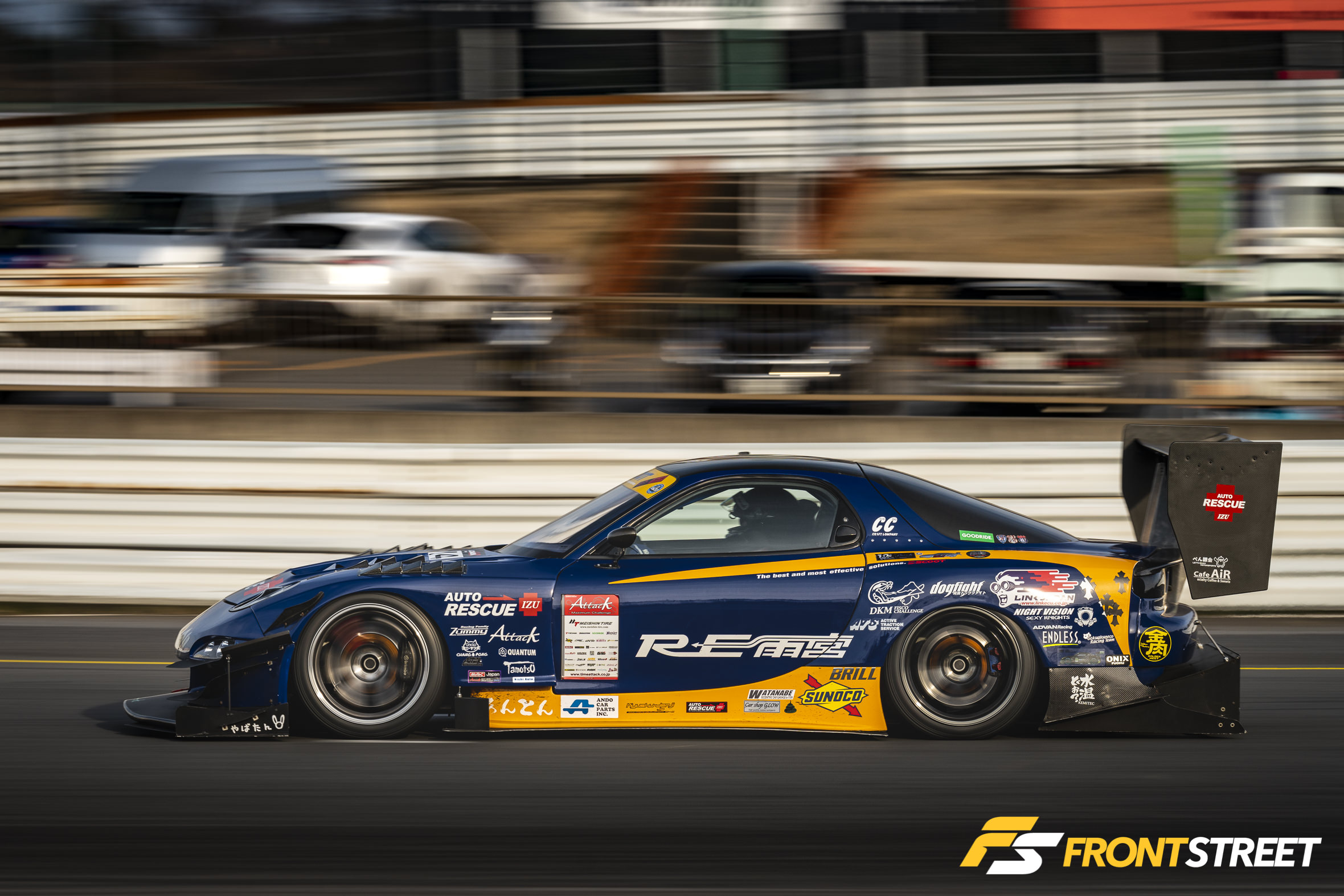
Car: NUTEC APC Azur &G MR2
Time: 1:01.047
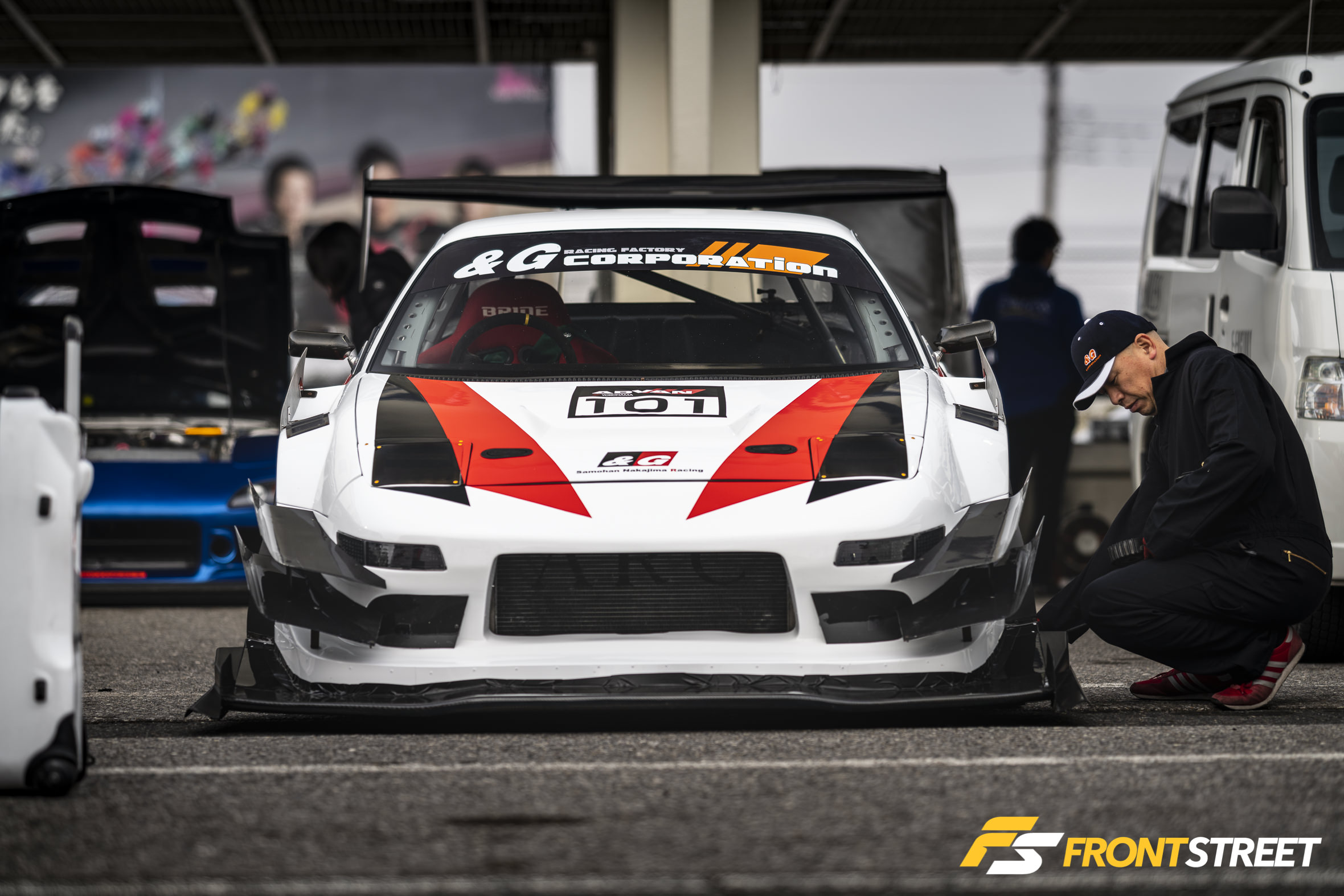
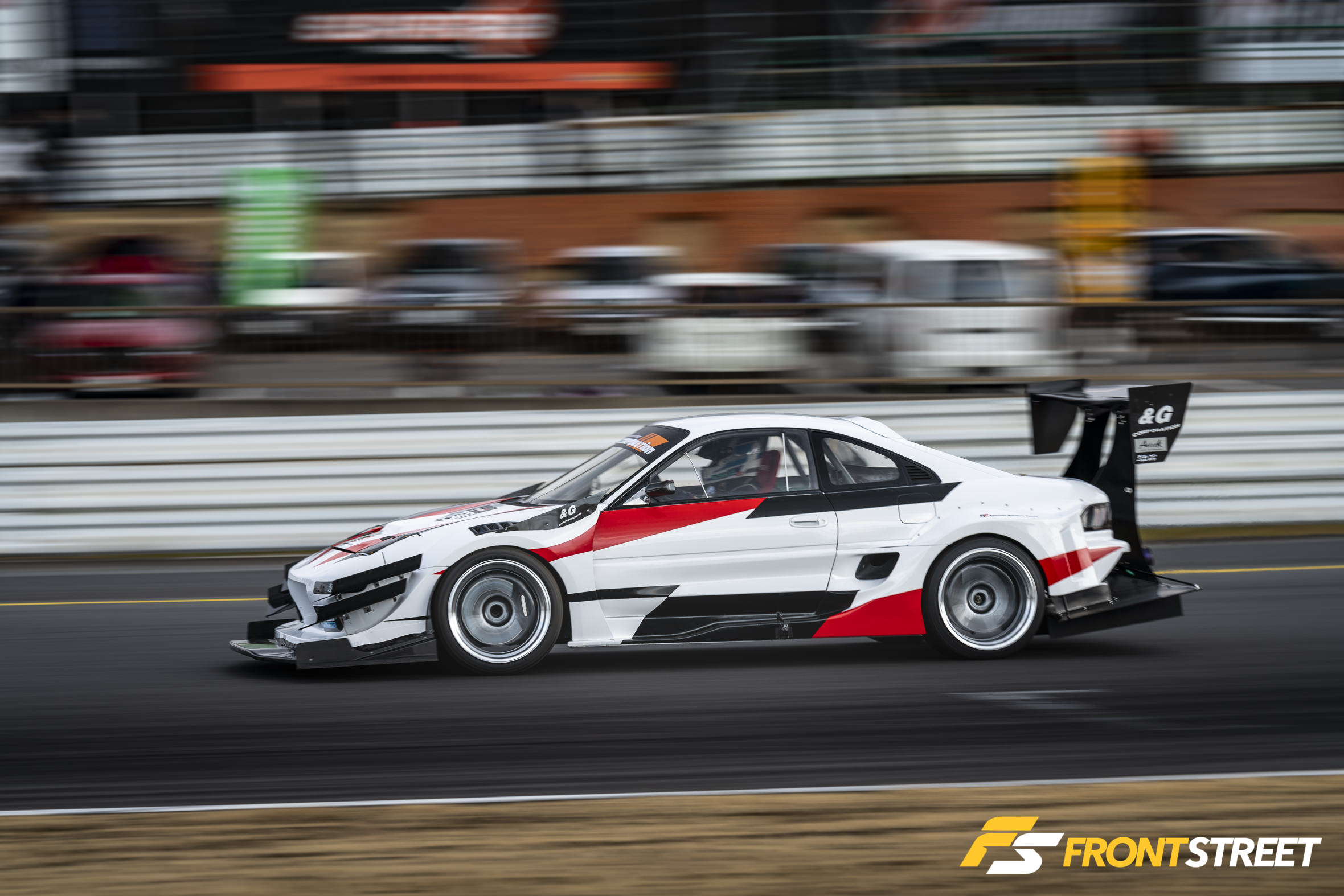
Car: ENDLESS ADVAN FD3S
Driver: Shimatani Atsushi
Time: 54.483
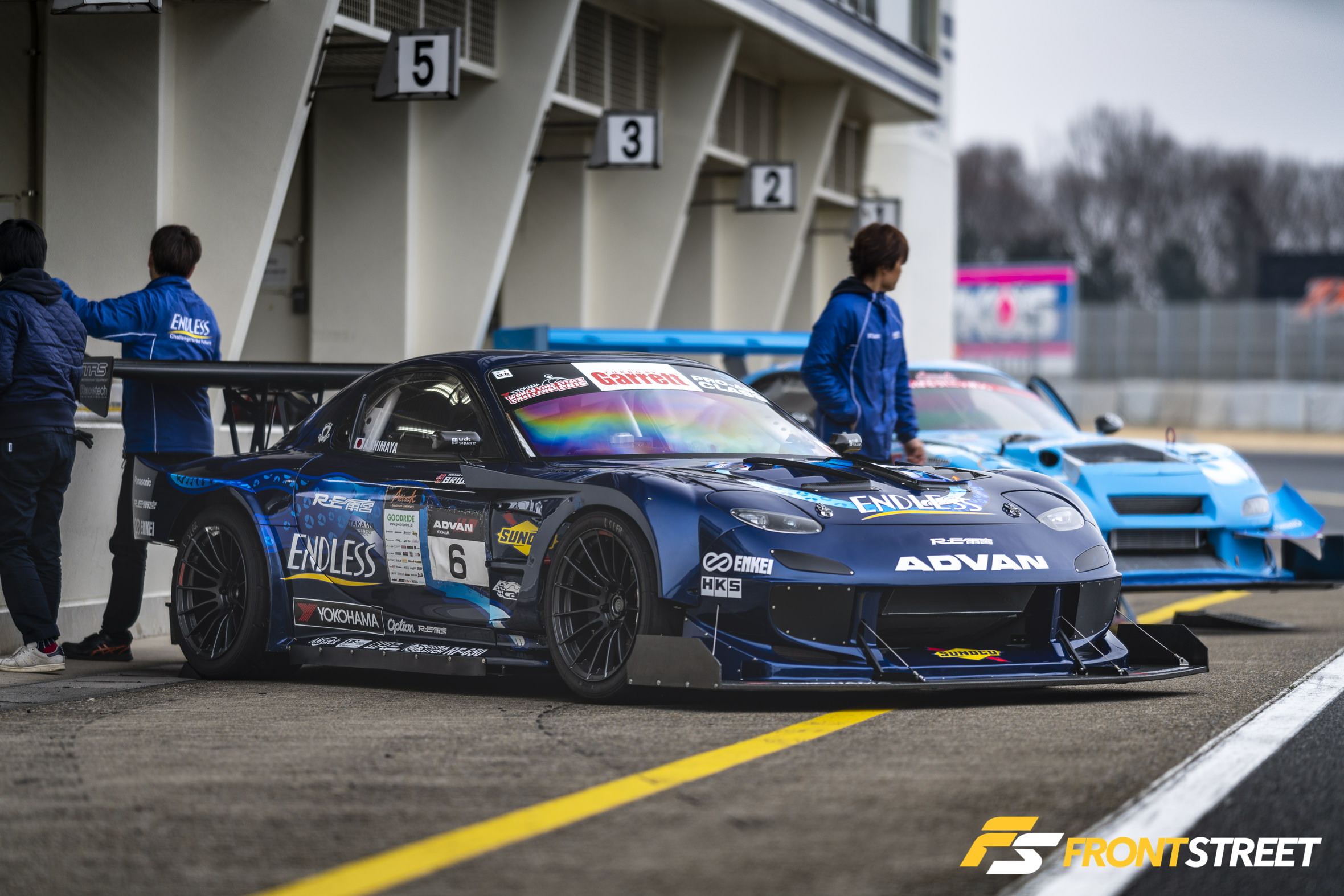
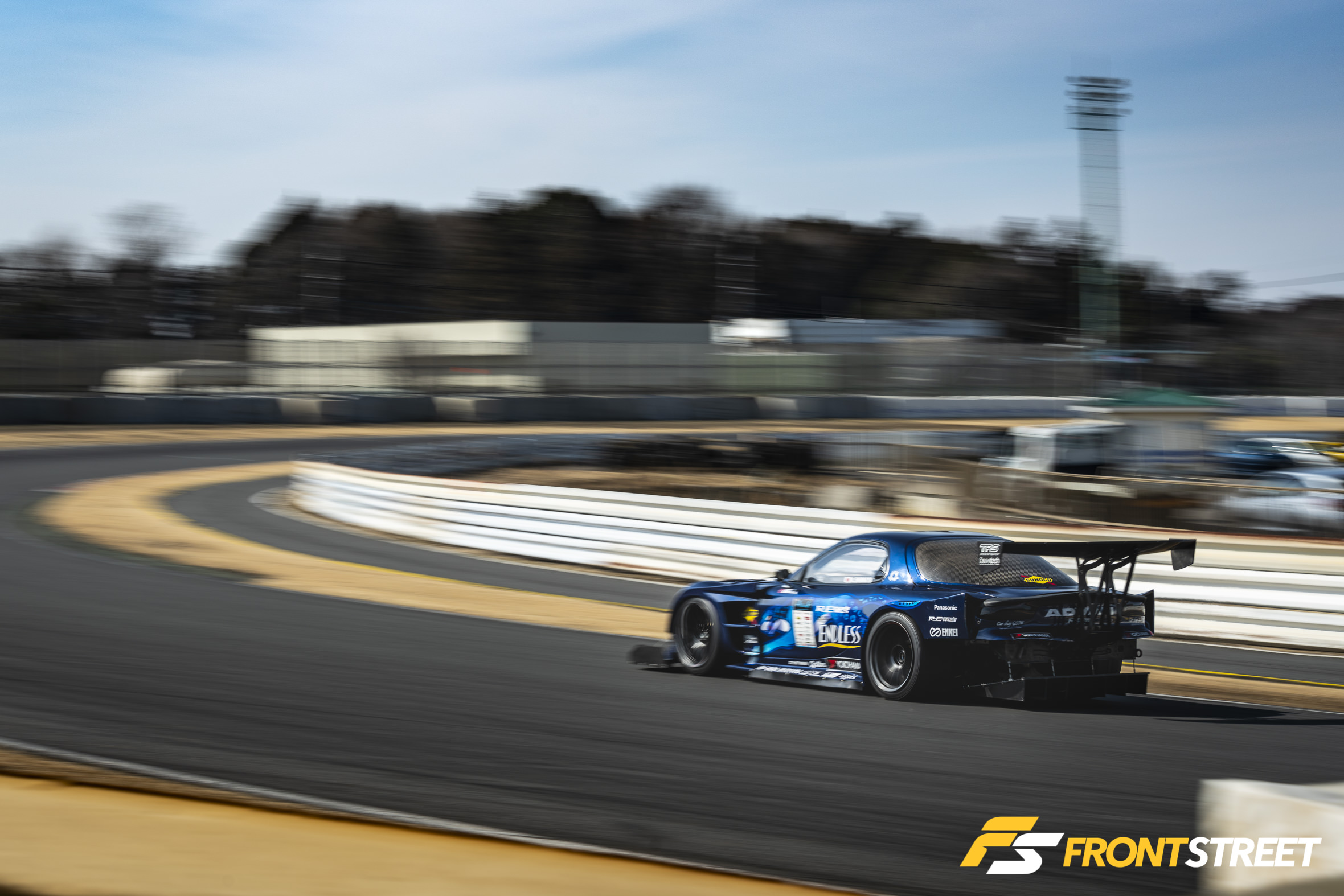
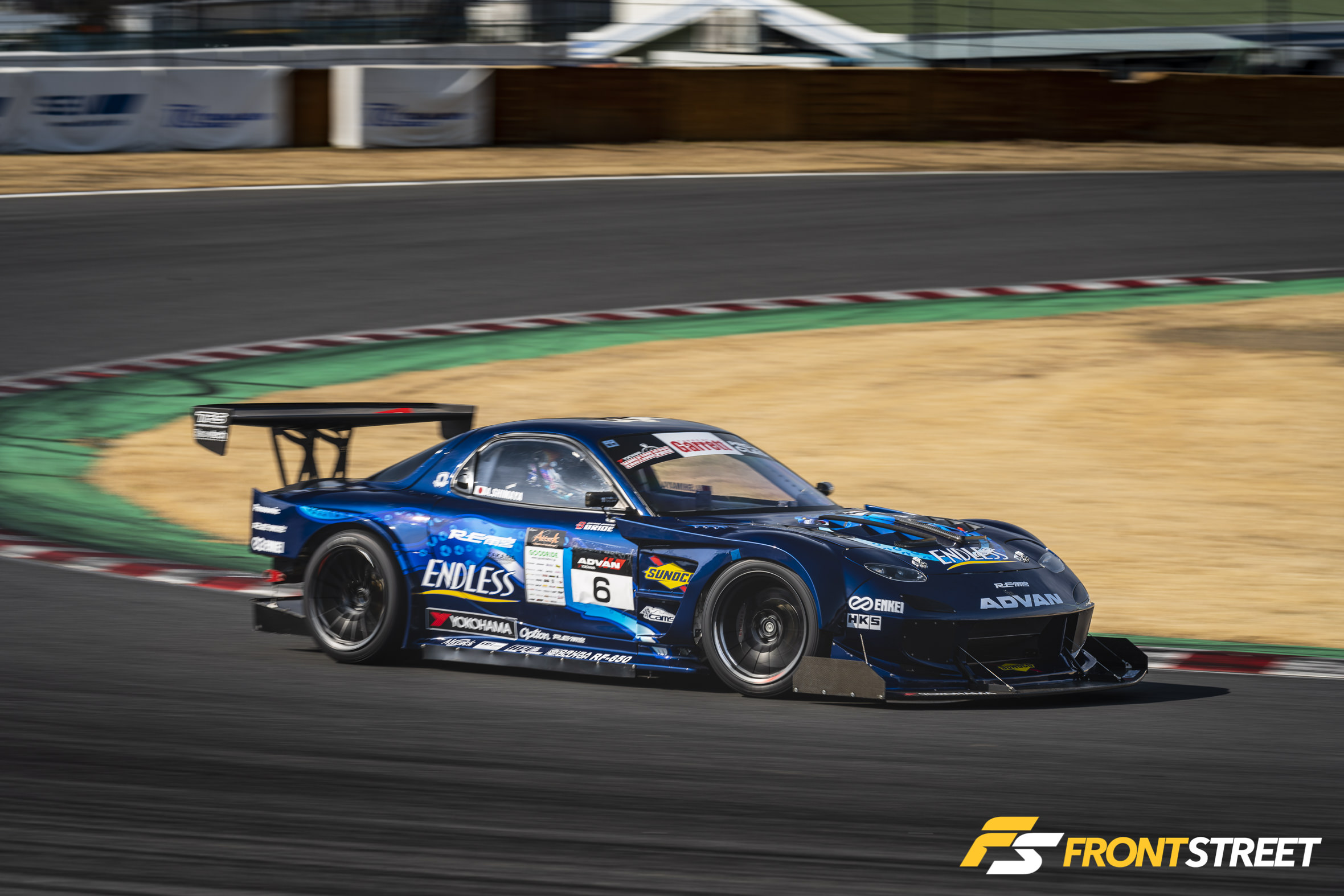
Car: Carbon Junkie AE86
Time: 59.305
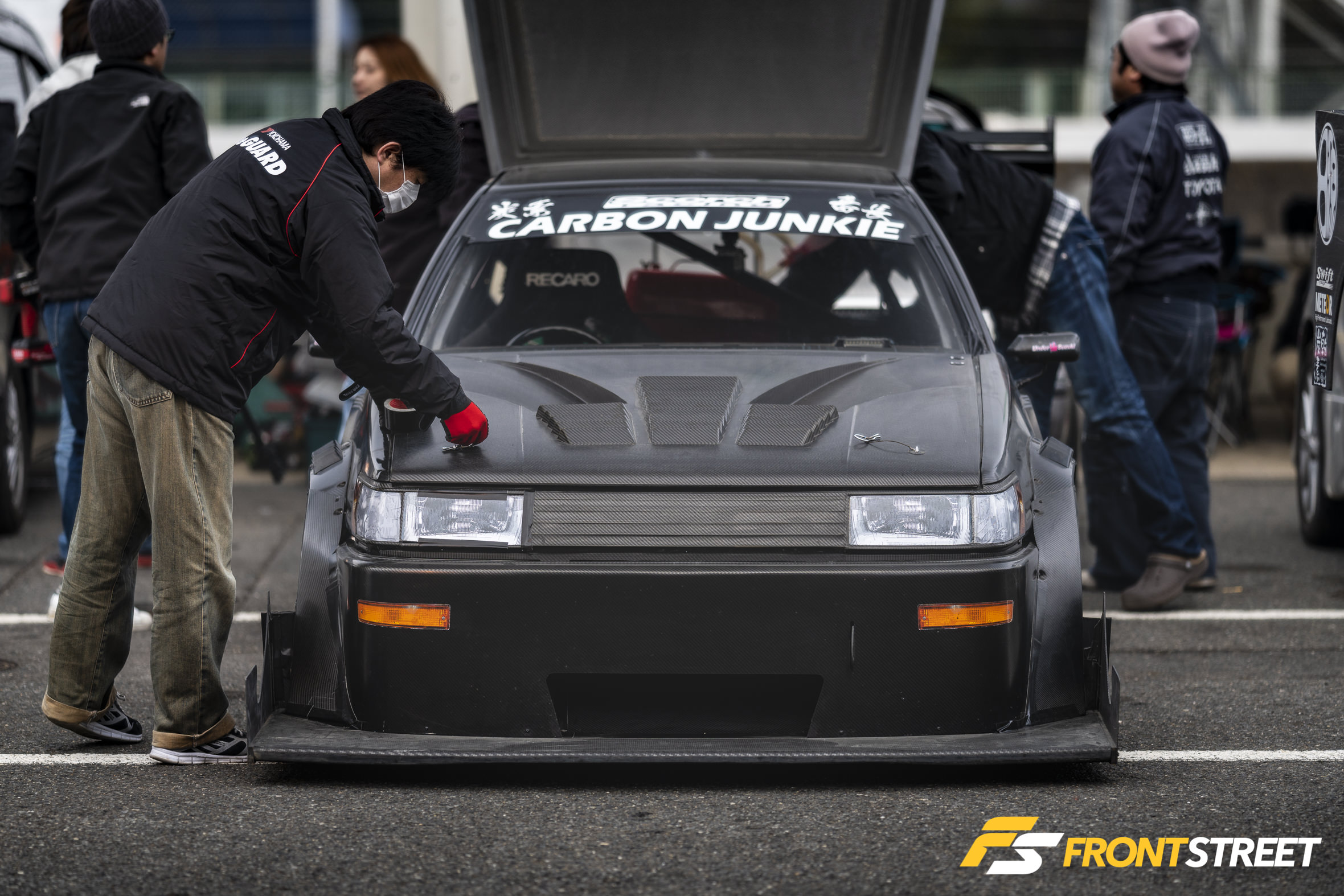

Car: ADMIX ☆ VOLTEX GT-R
Driver: Seyamax
Time: 55.016
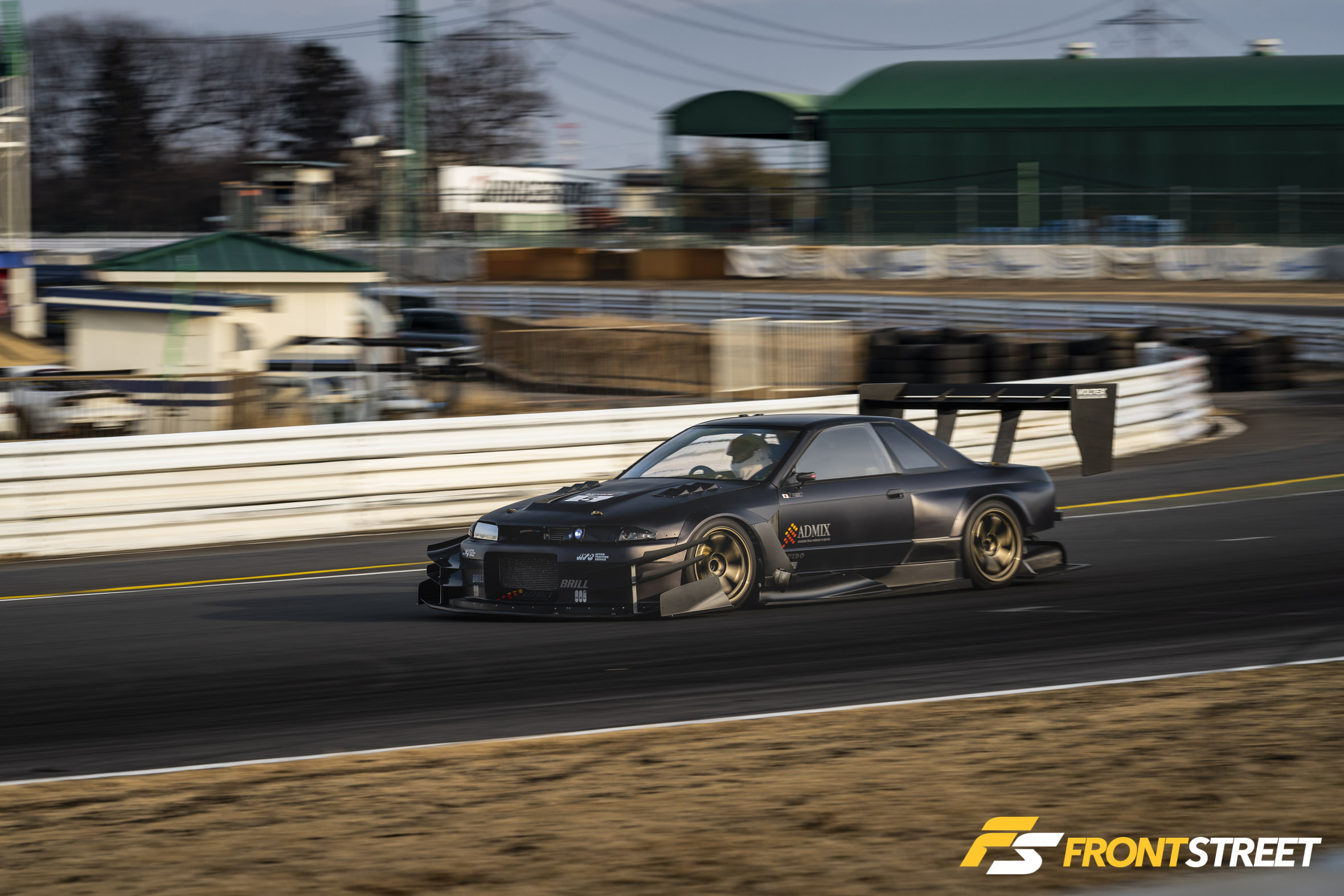
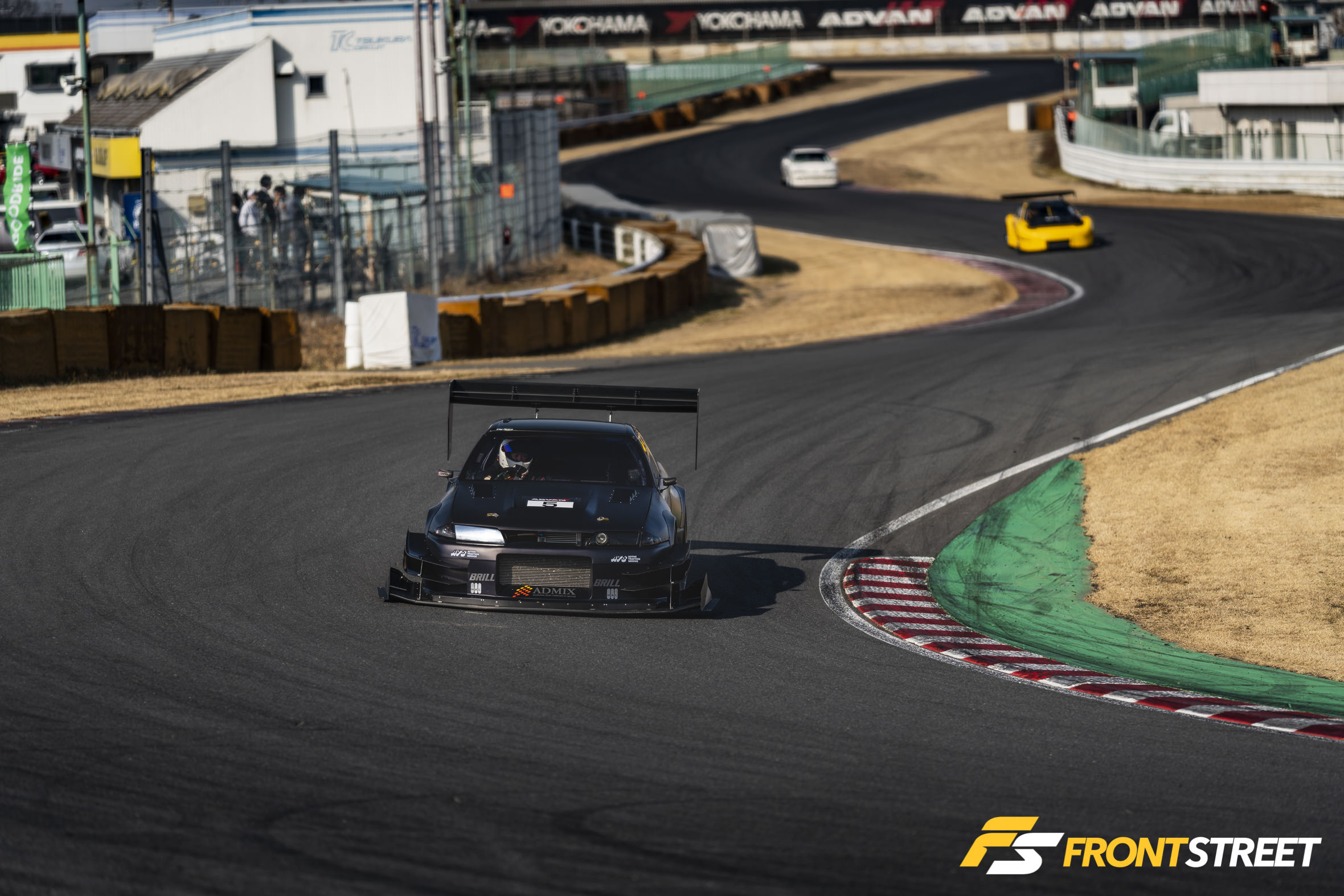
Car: TFR FD3S
Driver: Kiyo
Time: 55.576
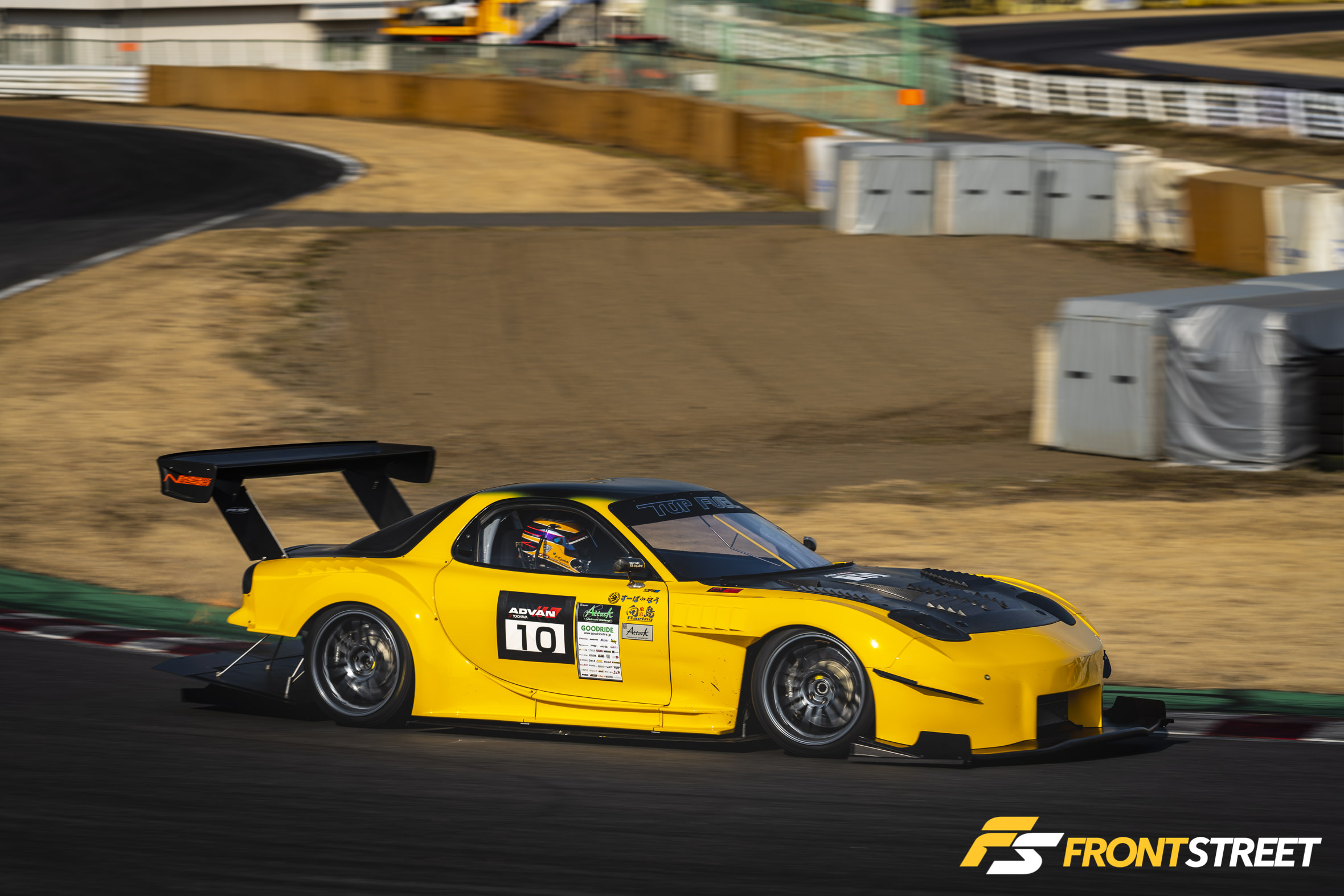
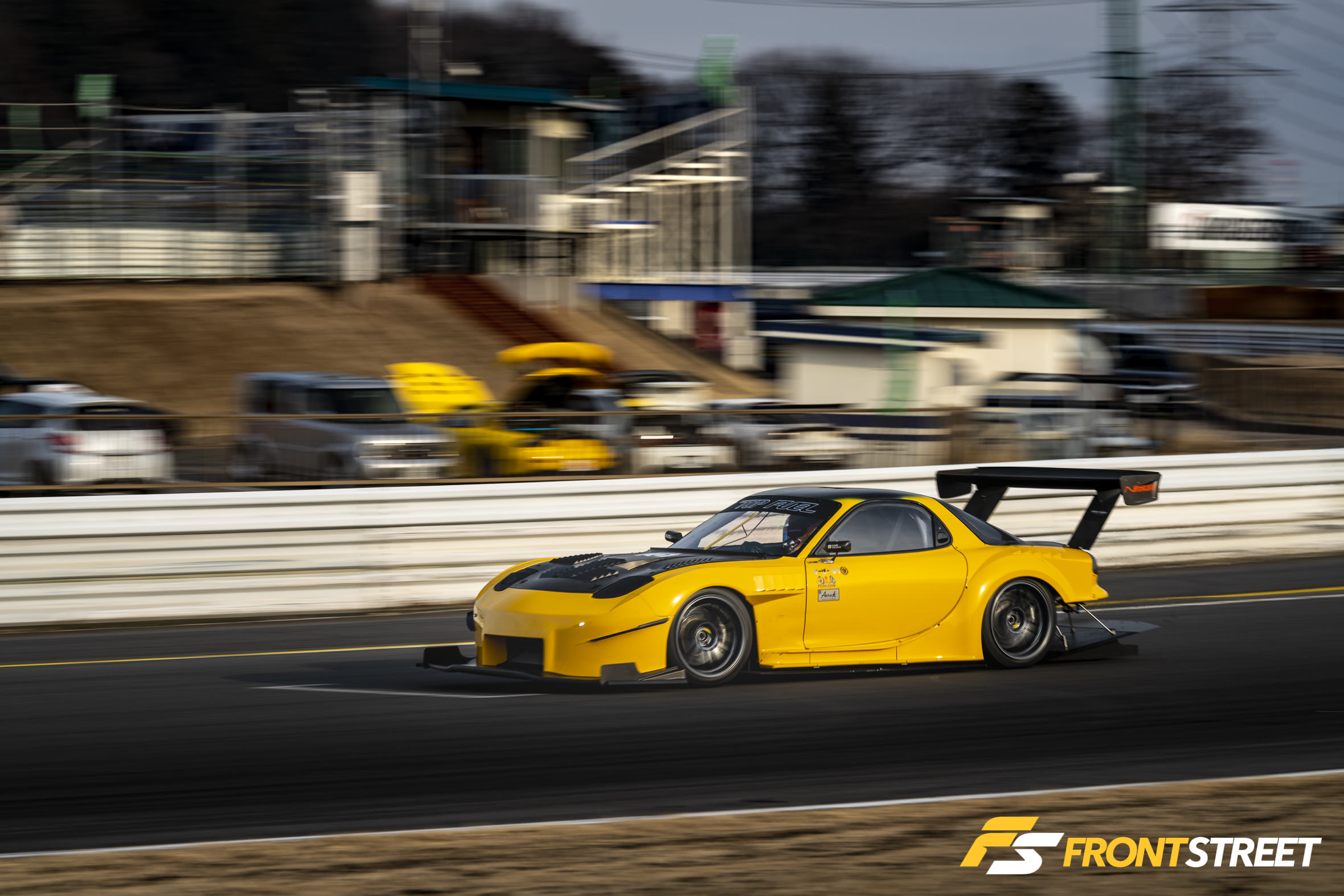
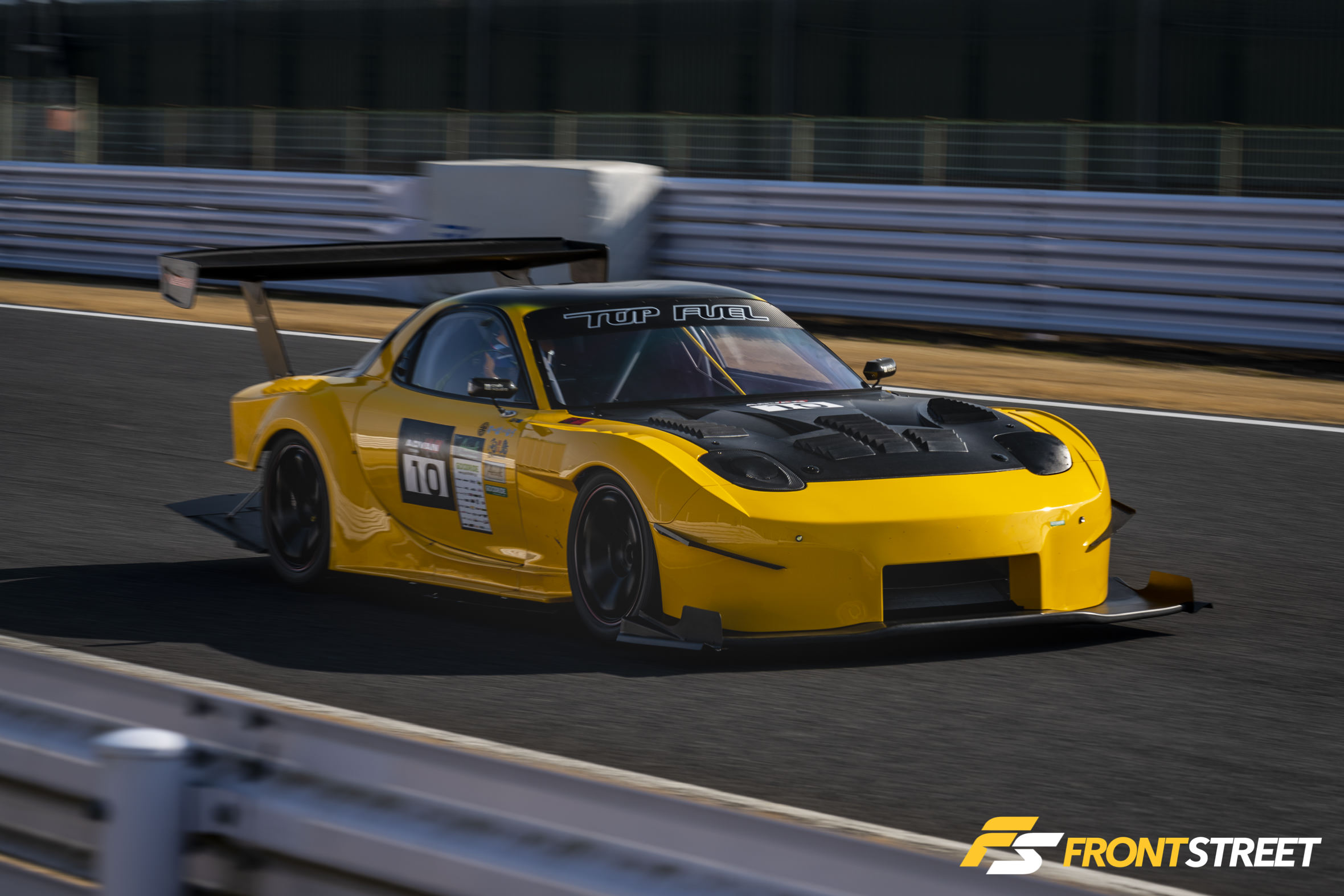
Car: LUCK Intec Impreza Wagon
Time: 56.862
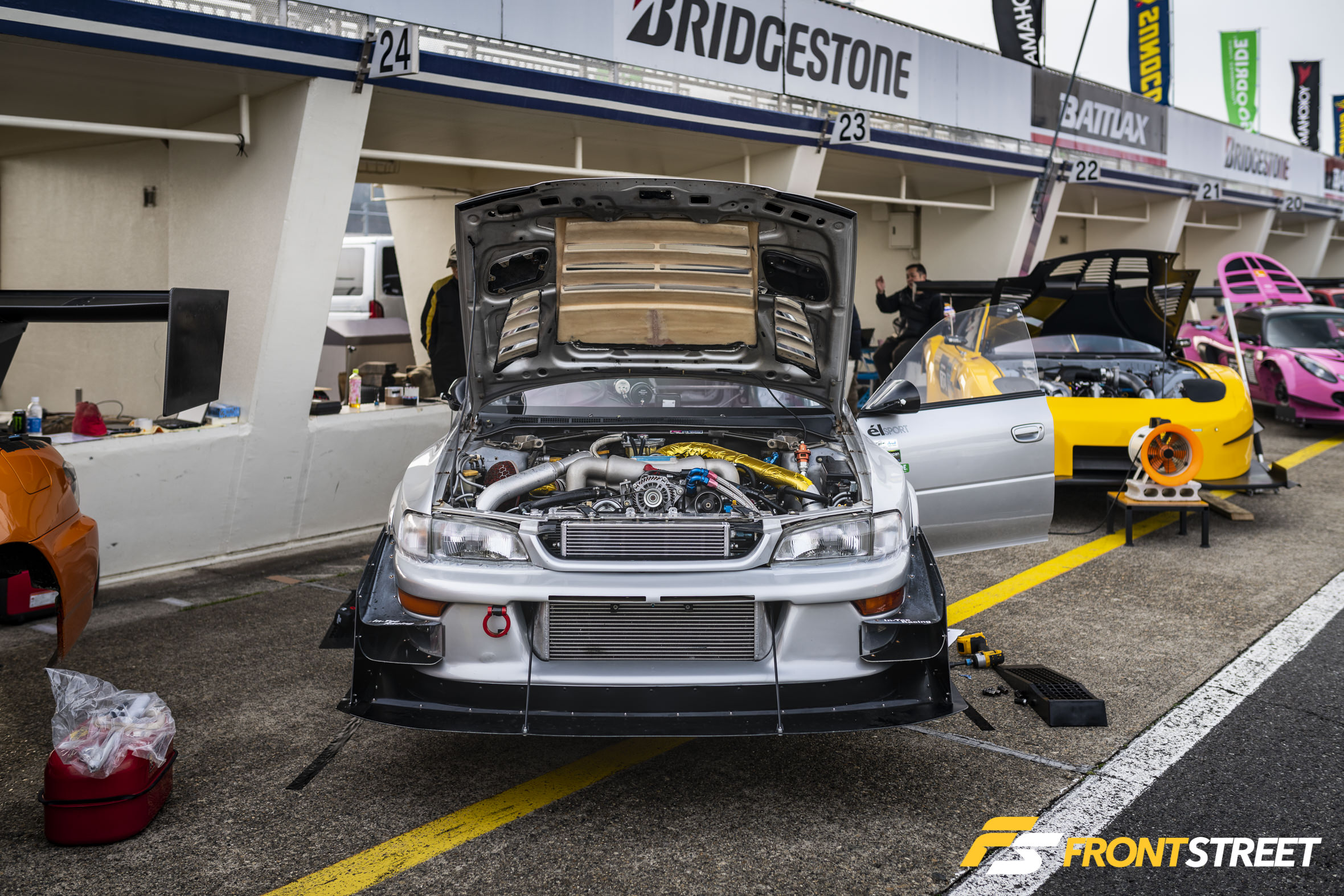
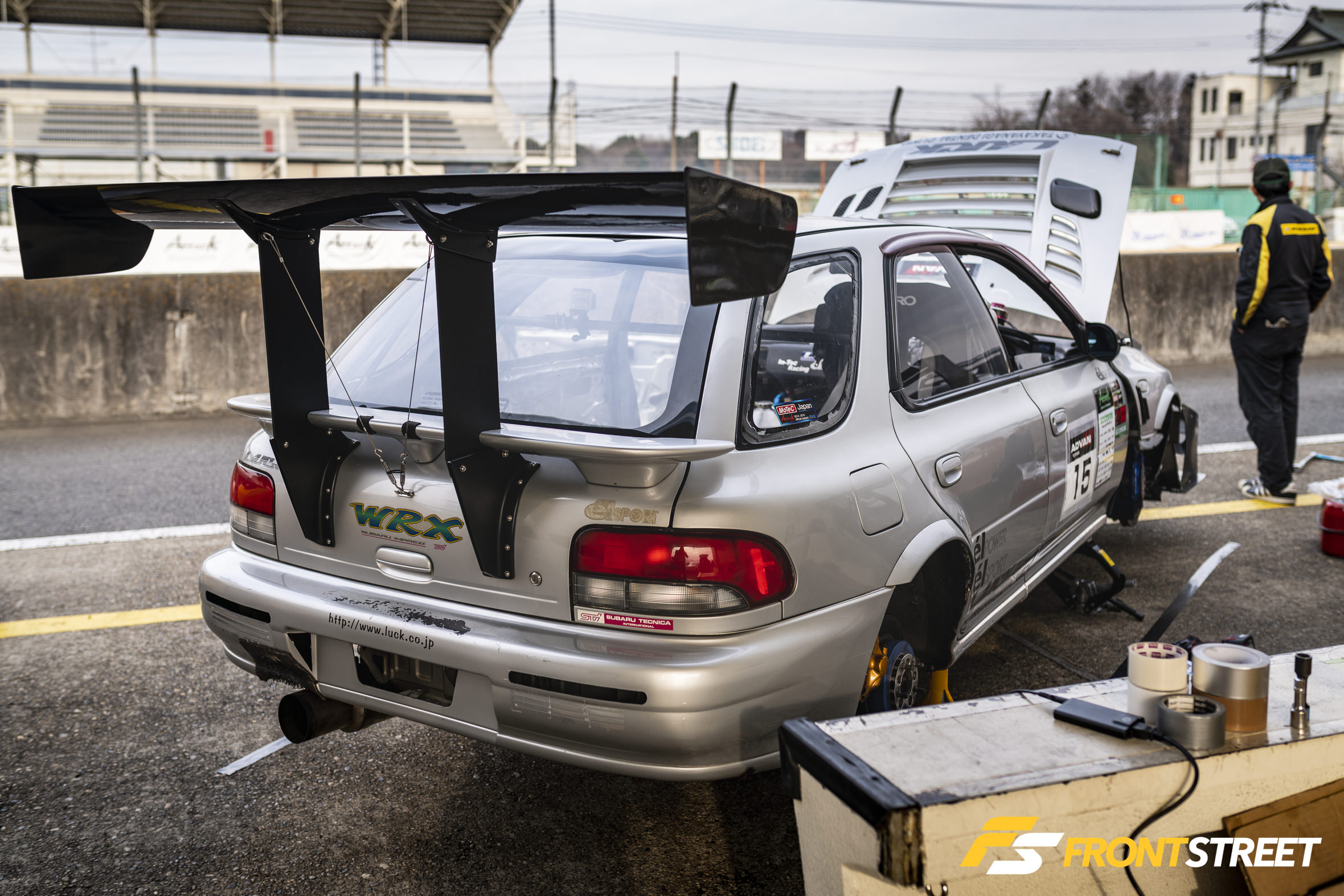

Car: GNR EK9
Time: 57.823
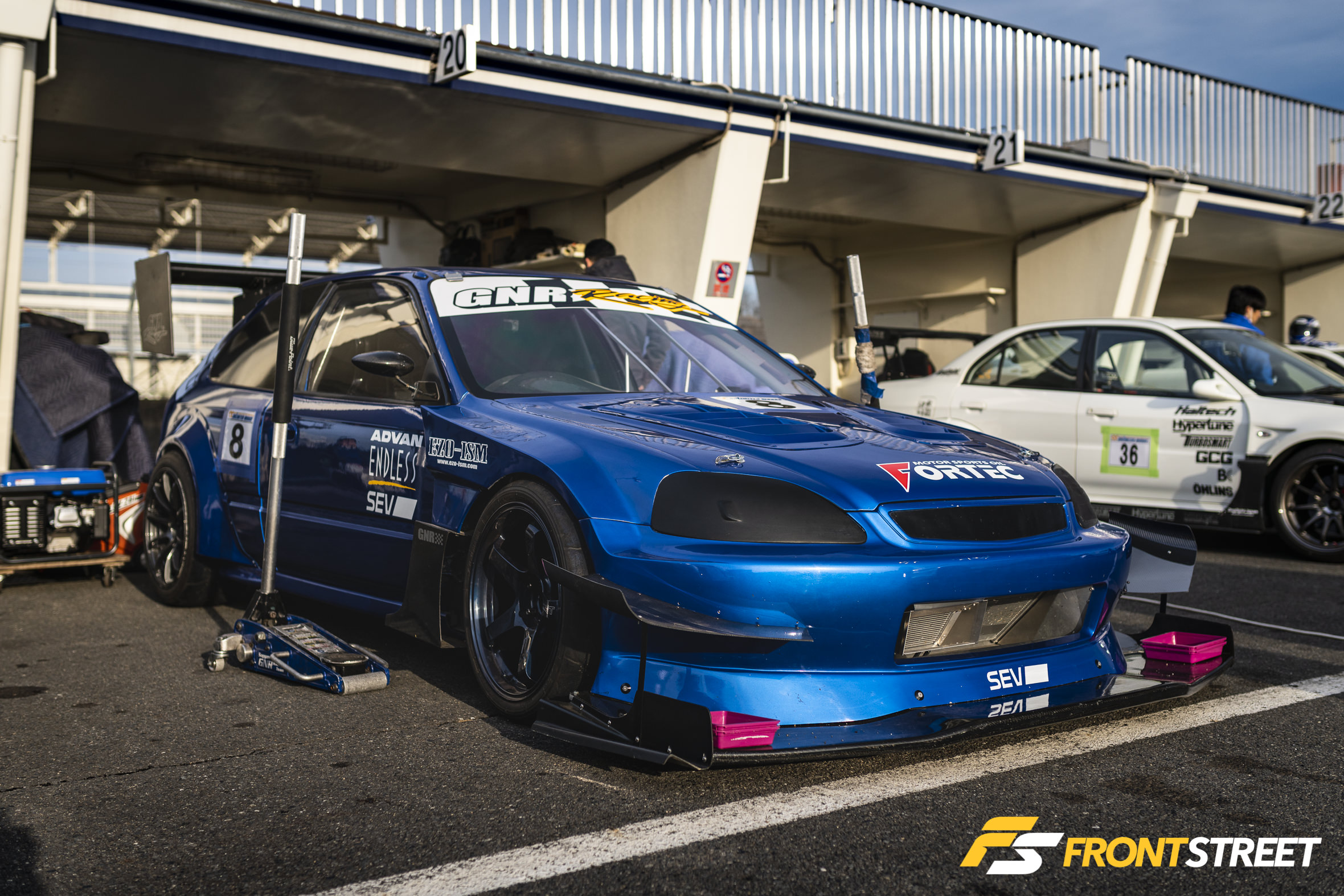

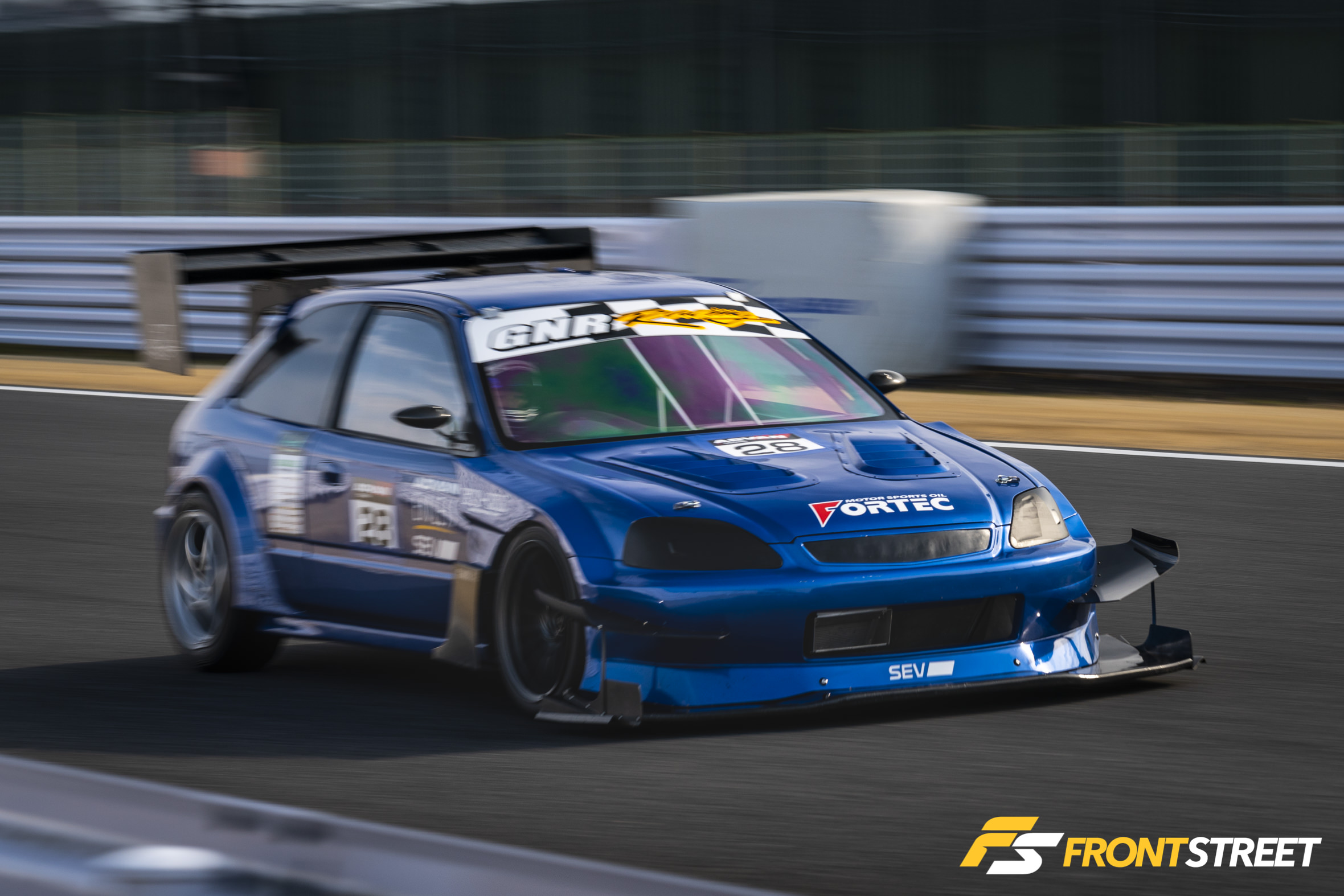
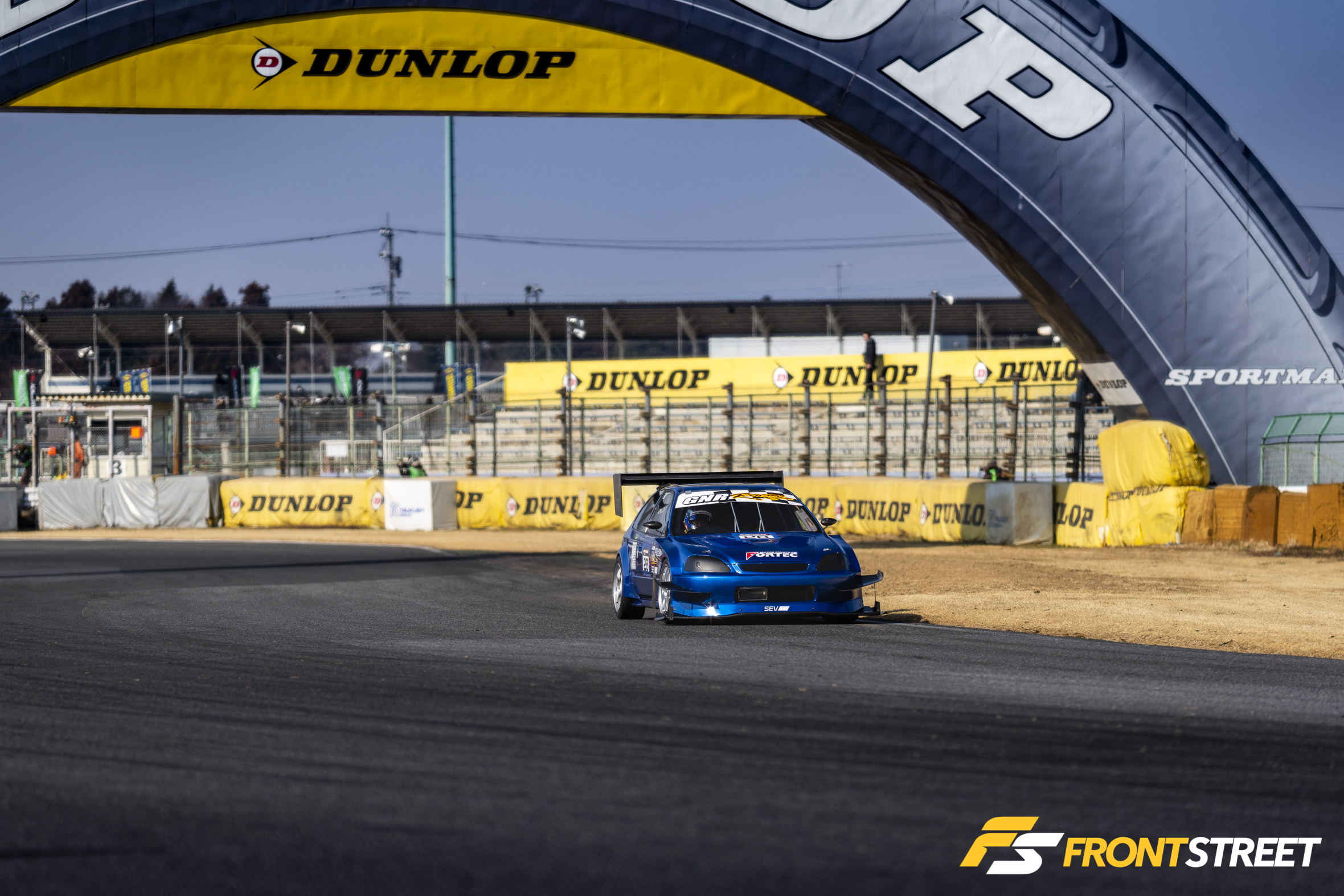
Car: GarageWORK DC5
Driver: Te’chan
Time: 1:00.253
